Quick filters:
Chinese deity Stock Photos and Images
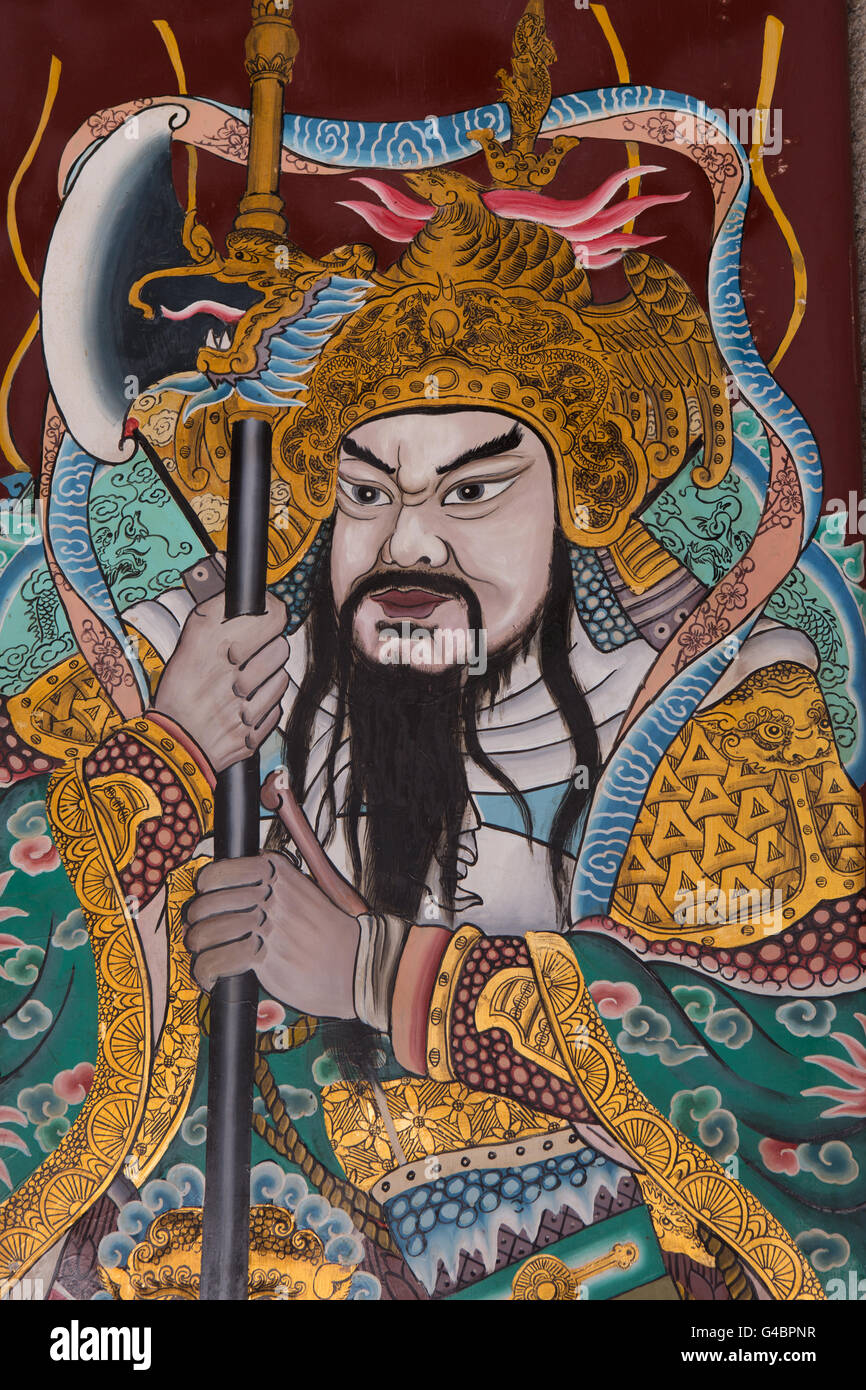 Chinese deity Stock Photohttps://www.alamy.com/image-license-details/?v=1https://www.alamy.com/stock-photo-chinese-deity-105980163.html
Chinese deity Stock Photohttps://www.alamy.com/image-license-details/?v=1https://www.alamy.com/stock-photo-chinese-deity-105980163.htmlRFG4BPNR–Chinese deity
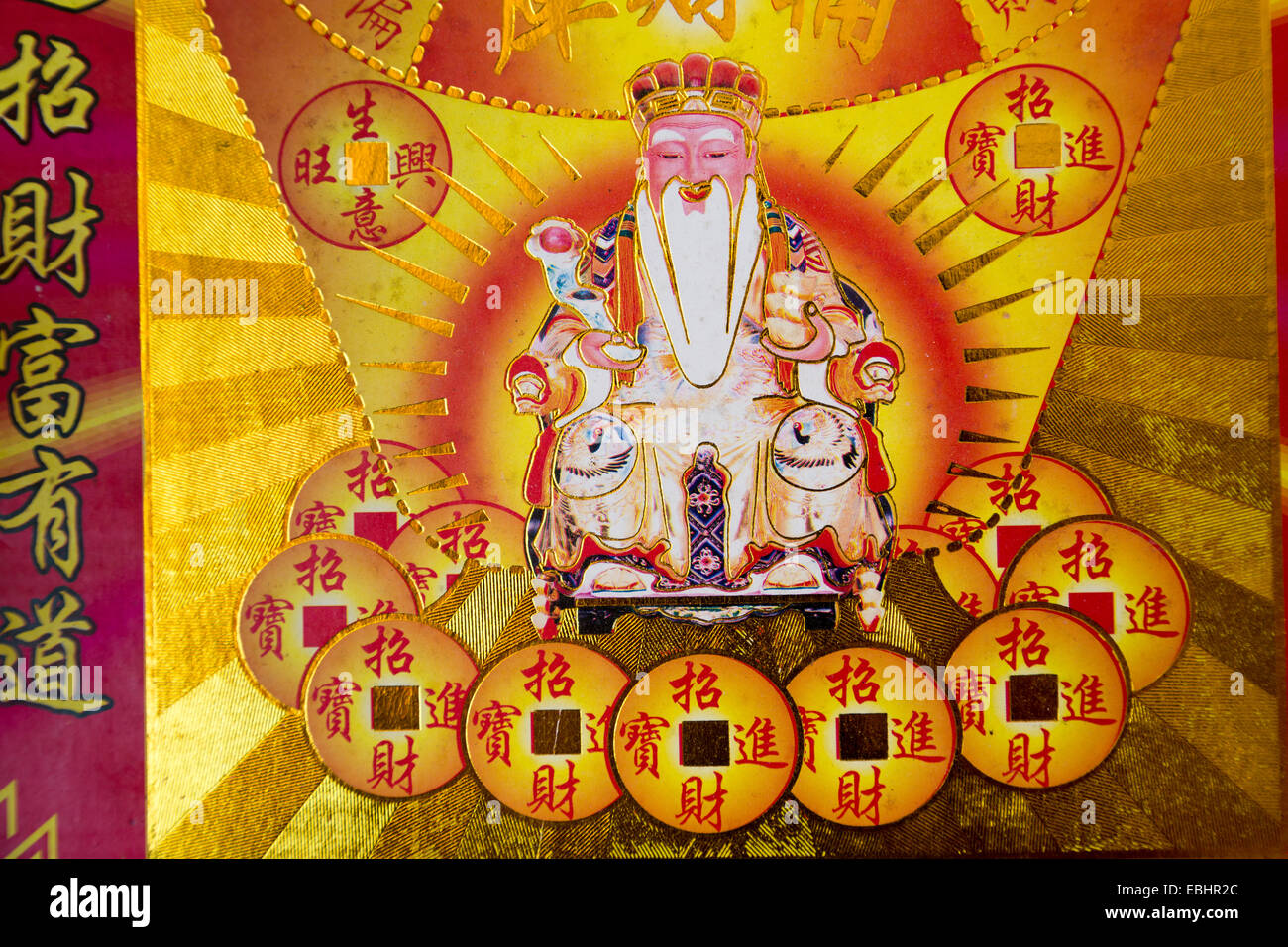 Deity drawing at Tua Pek Kong Chinese Temple, Miri, Sarawak, Malaysia Stock Photohttps://www.alamy.com/image-license-details/?v=1https://www.alamy.com/stock-photo-deity-drawing-at-tua-pek-kong-chinese-temple-miri-sarawak-malaysia-75993972.html
Deity drawing at Tua Pek Kong Chinese Temple, Miri, Sarawak, Malaysia Stock Photohttps://www.alamy.com/image-license-details/?v=1https://www.alamy.com/stock-photo-deity-drawing-at-tua-pek-kong-chinese-temple-miri-sarawak-malaysia-75993972.htmlRMEBHR2C–Deity drawing at Tua Pek Kong Chinese Temple, Miri, Sarawak, Malaysia
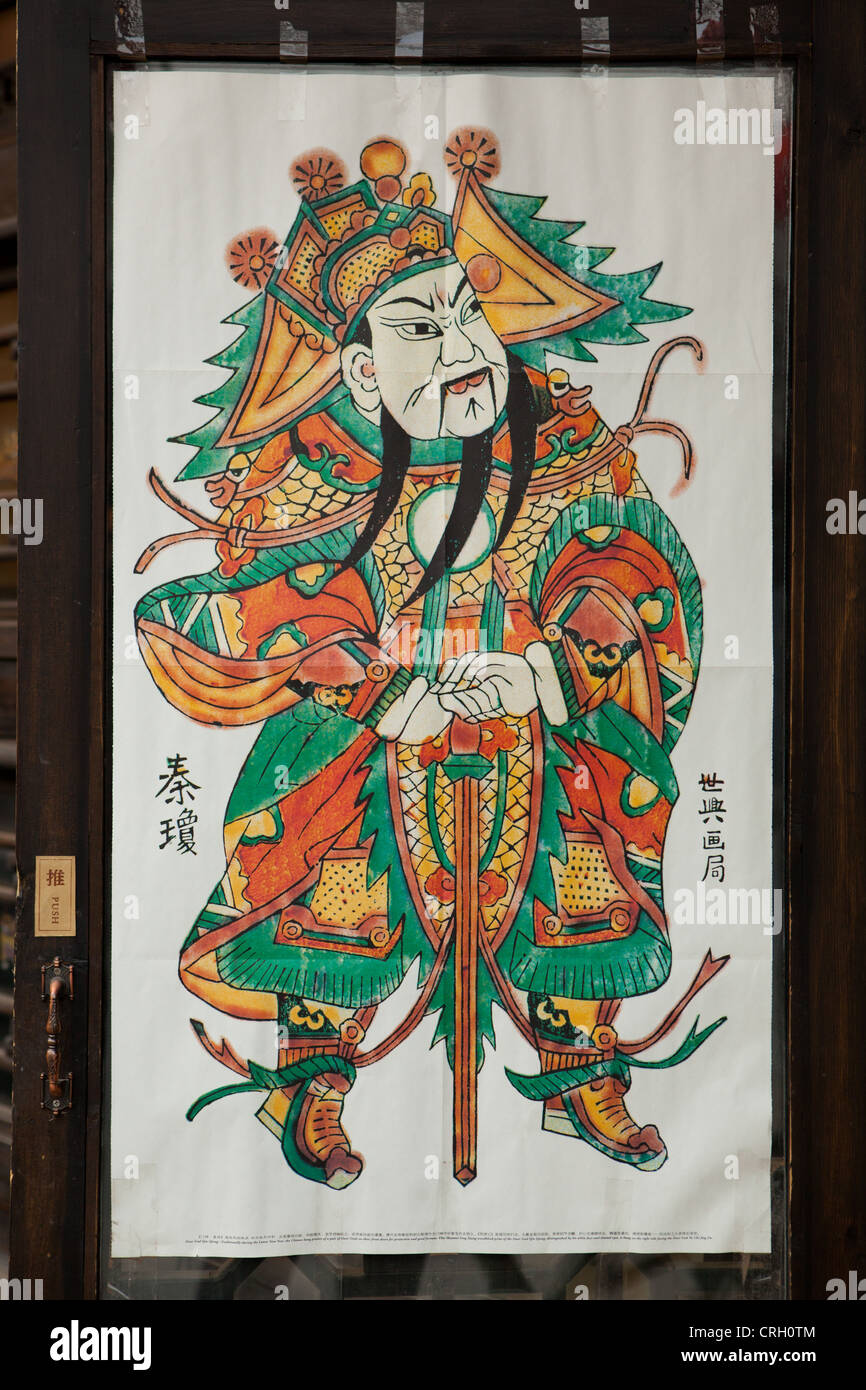 Painted image of Chinese deity on door frame, Hutong, Beijing, China, Asia Stock Photohttps://www.alamy.com/image-license-details/?v=1https://www.alamy.com/stock-photo-painted-image-of-chinese-deity-on-door-frame-hutong-beijing-china-48931700.html
Painted image of Chinese deity on door frame, Hutong, Beijing, China, Asia Stock Photohttps://www.alamy.com/image-license-details/?v=1https://www.alamy.com/stock-photo-painted-image-of-chinese-deity-on-door-frame-hutong-beijing-china-48931700.htmlRFCRH0TM–Painted image of Chinese deity on door frame, Hutong, Beijing, China, Asia
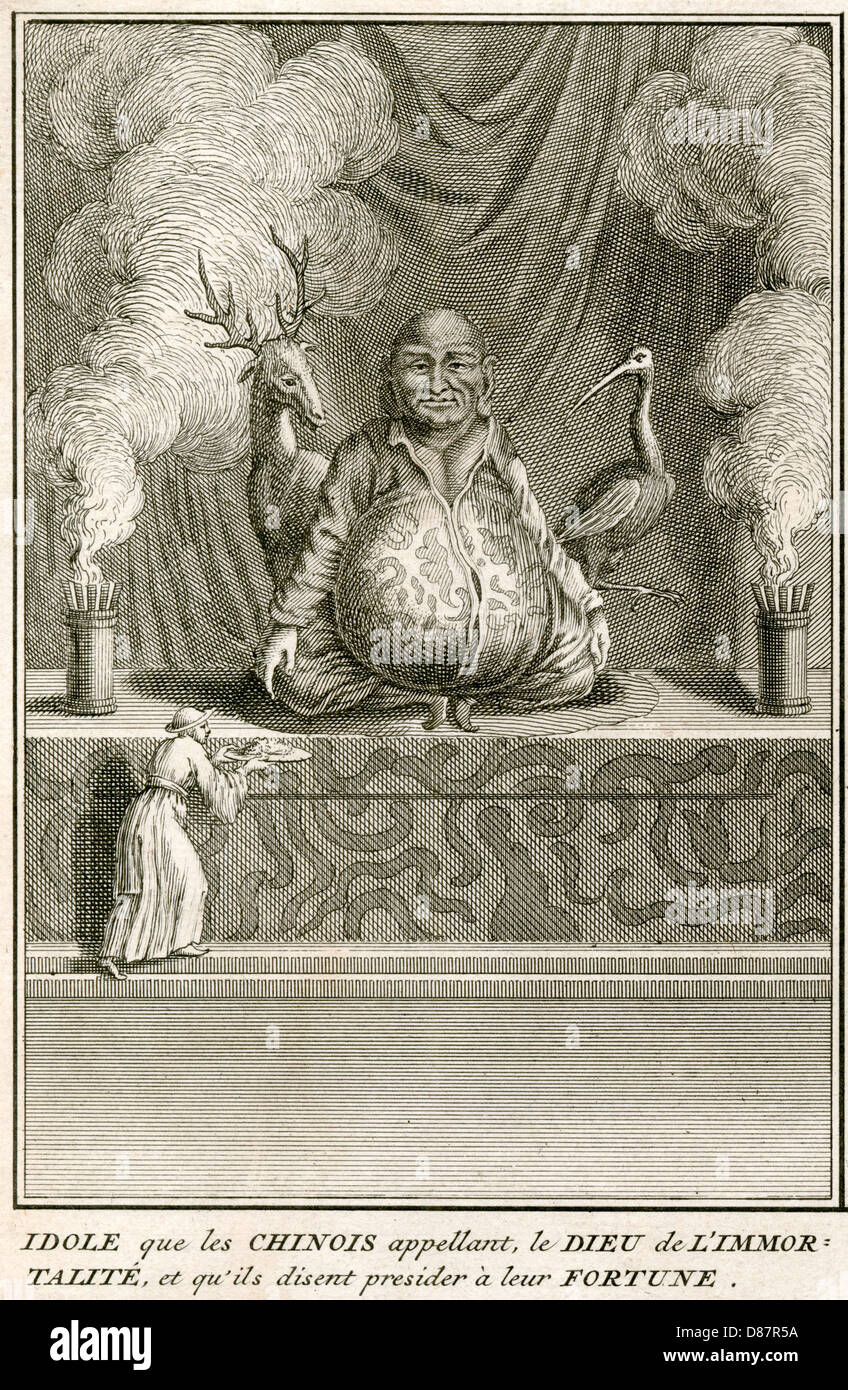 CHINESE DEITY OF FORTUNE Stock Photohttps://www.alamy.com/image-license-details/?v=1https://www.alamy.com/stock-photo-chinese-deity-of-fortune-56720198.html
CHINESE DEITY OF FORTUNE Stock Photohttps://www.alamy.com/image-license-details/?v=1https://www.alamy.com/stock-photo-chinese-deity-of-fortune-56720198.htmlRMD87R5A–CHINESE DEITY OF FORTUNE
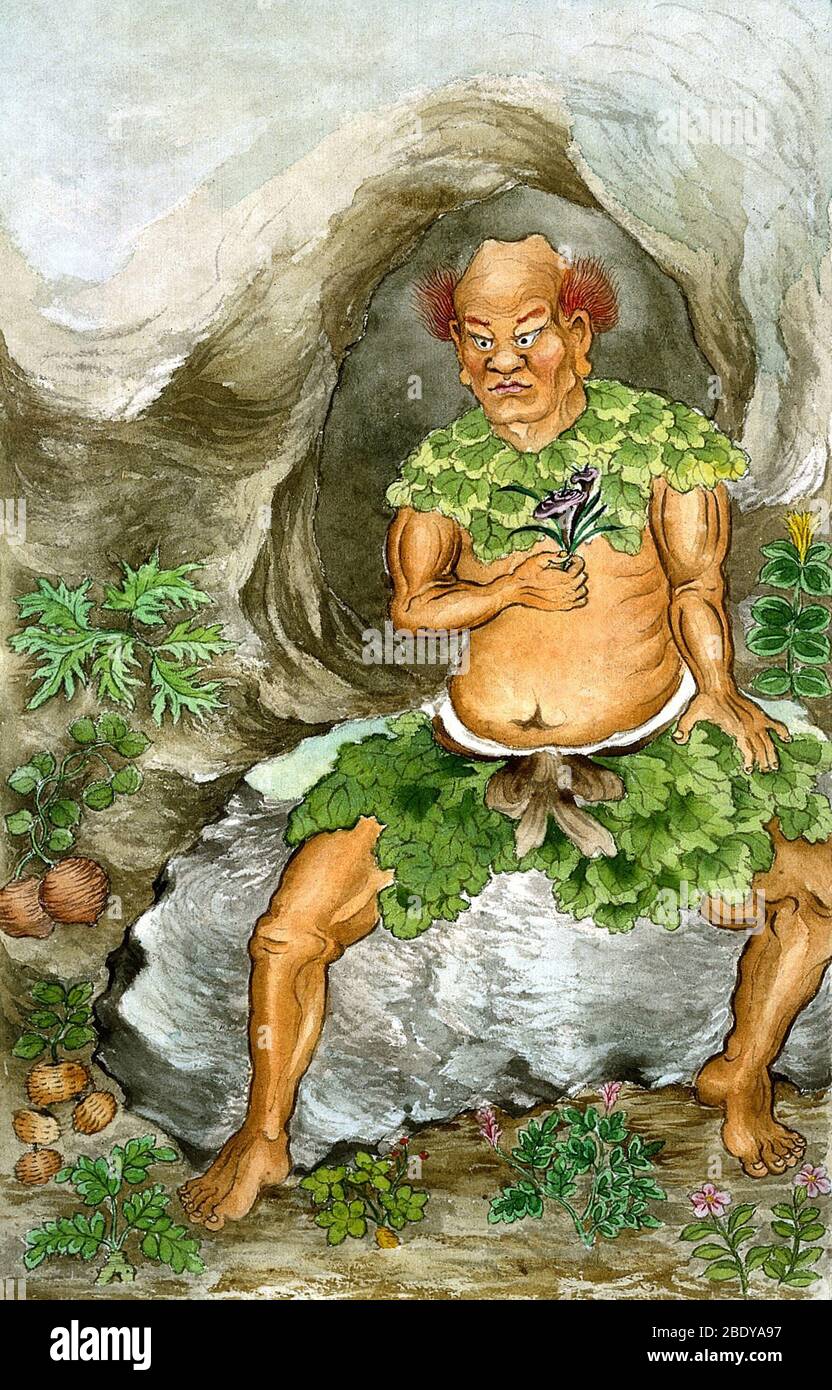 Shennong, Chinese Deity of Medicine Stock Photohttps://www.alamy.com/image-license-details/?v=1https://www.alamy.com/shennong-chinese-deity-of-medicine-image352798691.html
Shennong, Chinese Deity of Medicine Stock Photohttps://www.alamy.com/image-license-details/?v=1https://www.alamy.com/shennong-chinese-deity-of-medicine-image352798691.htmlRM2BDYA97–Shennong, Chinese Deity of Medicine
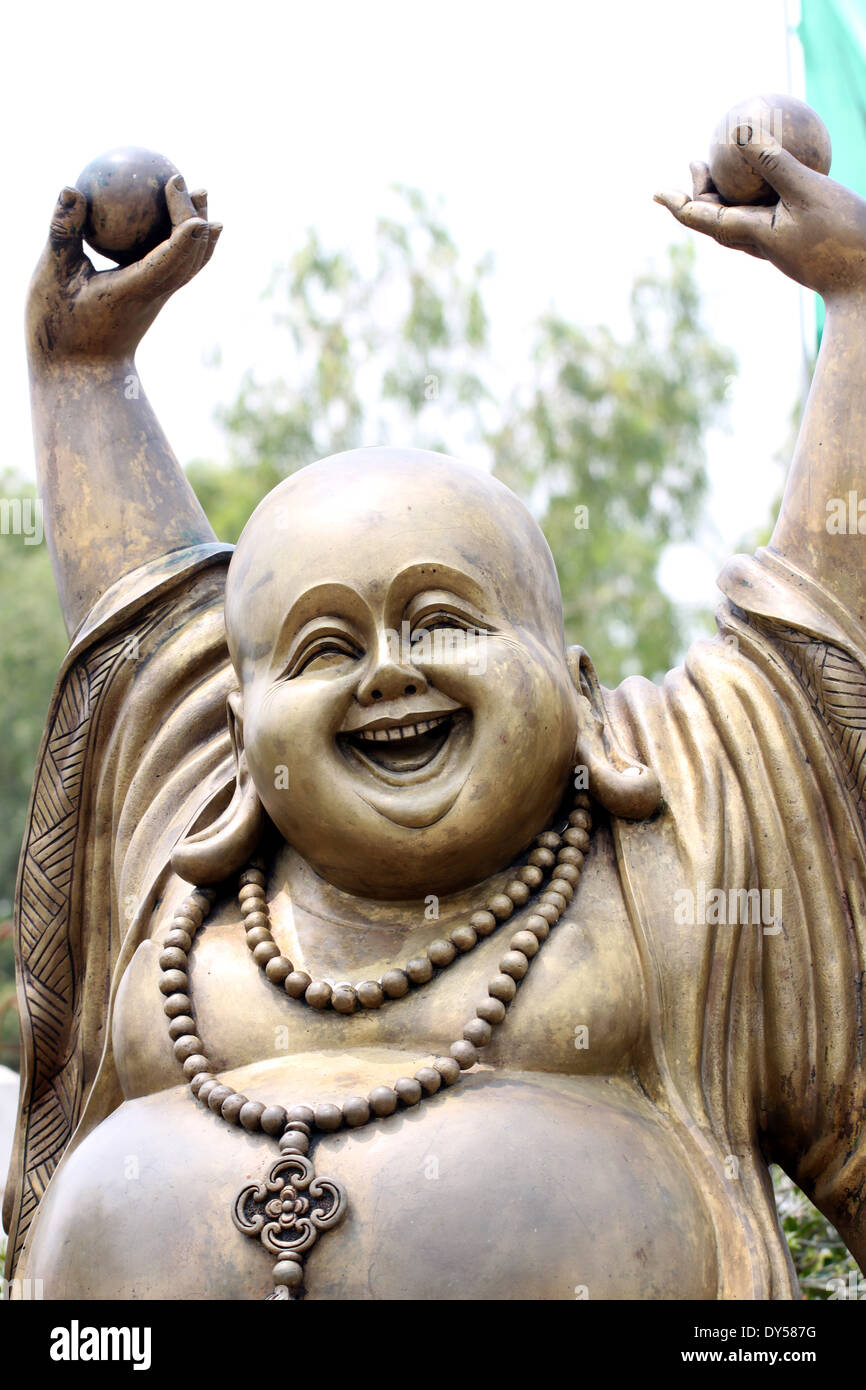 Statues of Chinese deity in smiling so happy. Stock Photohttps://www.alamy.com/image-license-details/?v=1https://www.alamy.com/statues-of-chinese-deity-in-smiling-so-happy-image68343060.html
Statues of Chinese deity in smiling so happy. Stock Photohttps://www.alamy.com/image-license-details/?v=1https://www.alamy.com/statues-of-chinese-deity-in-smiling-so-happy-image68343060.htmlRFDY587G–Statues of Chinese deity in smiling so happy.
 Chinese deity in Vinh Nghiem Temple Stock Photohttps://www.alamy.com/image-license-details/?v=1https://www.alamy.com/chinese-deity-in-vinh-nghiem-temple-image69904532.html
Chinese deity in Vinh Nghiem Temple Stock Photohttps://www.alamy.com/image-license-details/?v=1https://www.alamy.com/chinese-deity-in-vinh-nghiem-temple-image69904532.htmlRME1MBXC–Chinese deity in Vinh Nghiem Temple
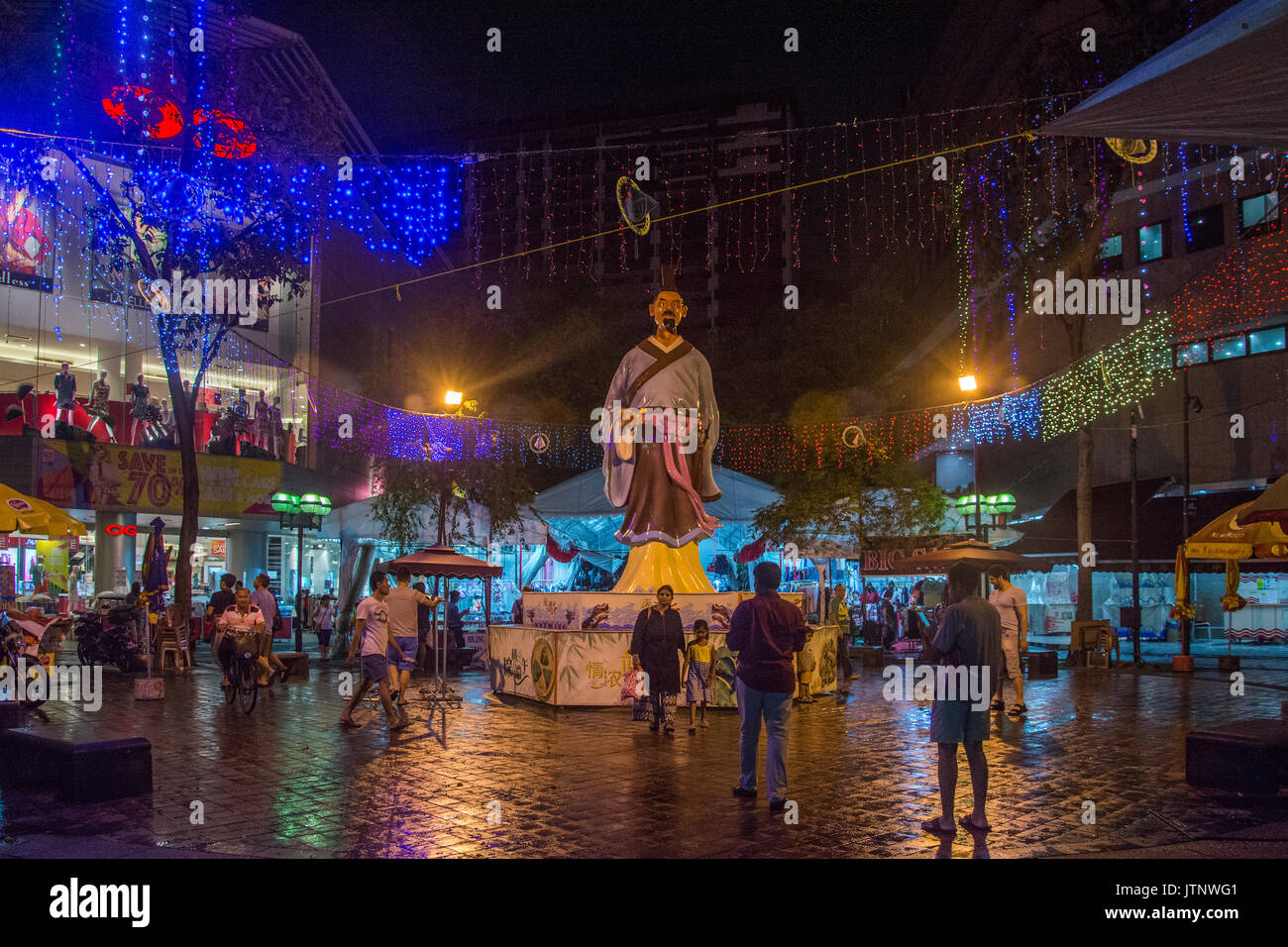 Statue of a Chinese deity in Waterloo Street, Singapore, a locality which accommodates places of worship for several religions Stock Photohttps://www.alamy.com/image-license-details/?v=1https://www.alamy.com/statue-of-a-chinese-deity-in-waterloo-street-singapore-a-locality-image152915729.html
Statue of a Chinese deity in Waterloo Street, Singapore, a locality which accommodates places of worship for several religions Stock Photohttps://www.alamy.com/image-license-details/?v=1https://www.alamy.com/statue-of-a-chinese-deity-in-waterloo-street-singapore-a-locality-image152915729.htmlRMJTNWG1–Statue of a Chinese deity in Waterloo Street, Singapore, a locality which accommodates places of worship for several religions
 A Chinese deity displayed at a shrine in Rattanakosin island in Bangkok, Thailand. Stock Photohttps://www.alamy.com/image-license-details/?v=1https://www.alamy.com/stock-image-a-chinese-deity-displayed-at-a-shrine-in-rattanakosin-island-in-bangkok-166219470.html
A Chinese deity displayed at a shrine in Rattanakosin island in Bangkok, Thailand. Stock Photohttps://www.alamy.com/image-license-details/?v=1https://www.alamy.com/stock-image-a-chinese-deity-displayed-at-a-shrine-in-rattanakosin-island-in-bangkok-166219470.htmlRFKJBXHJ–A Chinese deity displayed at a shrine in Rattanakosin island in Bangkok, Thailand.
 Small bone / ivory figurine depicting the Taiyi, a Taoist Chinese deity. Taiyi sbring scholars inspiration with his light-giving staff. The inscription on the scroll reads: ÔI ignited my thorn staff.' Stock Photohttps://www.alamy.com/image-license-details/?v=1https://www.alamy.com/small-bone-ivory-figurine-depicting-the-taiyi-a-taoist-chinese-deity-taiyi-sbring-scholars-inspiration-with-his-light-giving-staff-the-inscription-on-the-scroll-reads-i-ignited-my-thorn-staff-image451110313.html
Small bone / ivory figurine depicting the Taiyi, a Taoist Chinese deity. Taiyi sbring scholars inspiration with his light-giving staff. The inscription on the scroll reads: ÔI ignited my thorn staff.' Stock Photohttps://www.alamy.com/image-license-details/?v=1https://www.alamy.com/small-bone-ivory-figurine-depicting-the-taiyi-a-taoist-chinese-deity-taiyi-sbring-scholars-inspiration-with-his-light-giving-staff-the-inscription-on-the-scroll-reads-i-ignited-my-thorn-staff-image451110313.htmlRM2H5WRPH–Small bone / ivory figurine depicting the Taiyi, a Taoist Chinese deity. Taiyi sbring scholars inspiration with his light-giving staff. The inscription on the scroll reads: ÔI ignited my thorn staff.'
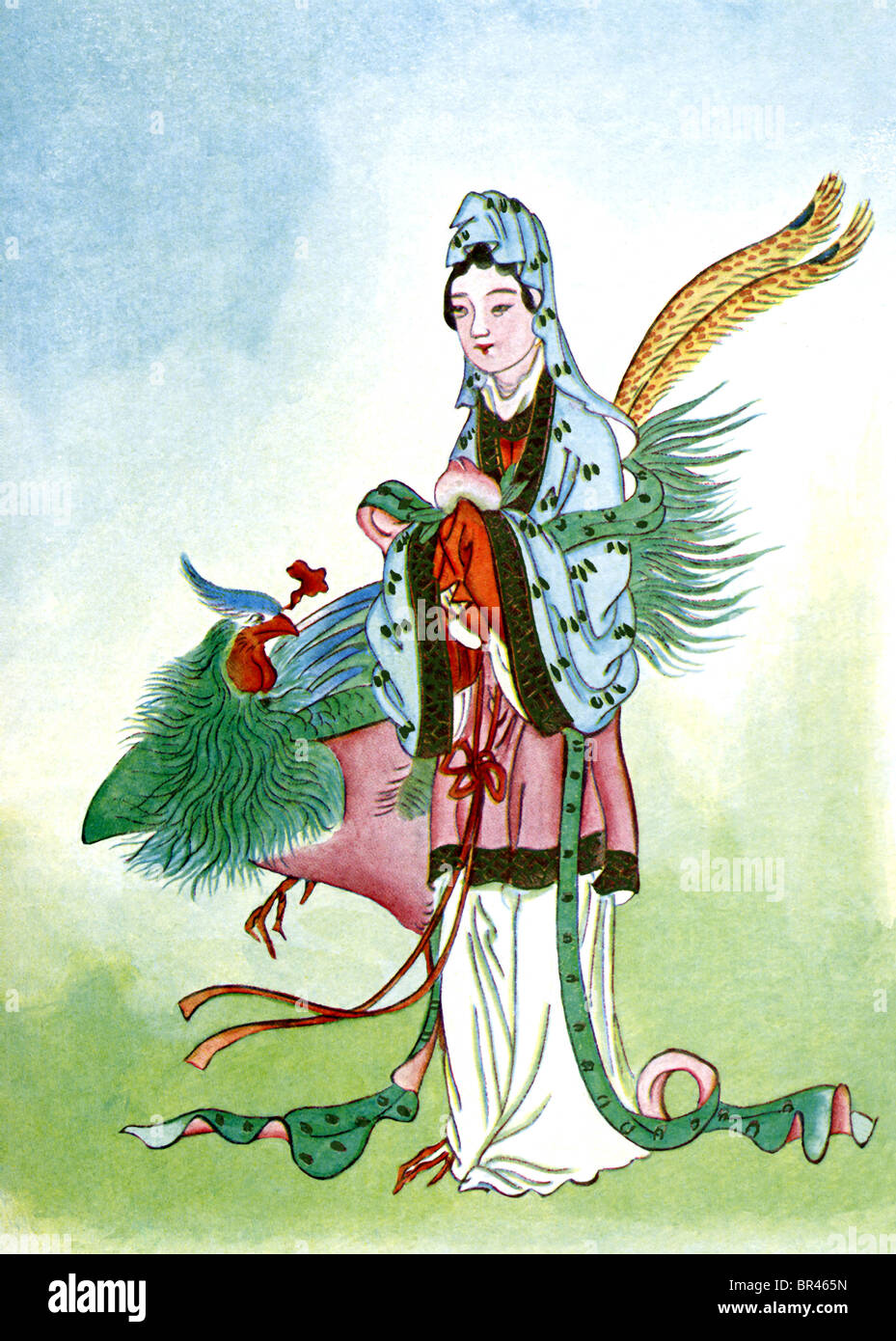 In Chinese mythology, Hsi Wang Mu is often called the Golden Mother of the Tortoise. Stock Photohttps://www.alamy.com/image-license-details/?v=1https://www.alamy.com/stock-photo-in-chinese-mythology-hsi-wang-mu-is-often-called-the-golden-mother-31440129.html
In Chinese mythology, Hsi Wang Mu is often called the Golden Mother of the Tortoise. Stock Photohttps://www.alamy.com/image-license-details/?v=1https://www.alamy.com/stock-photo-in-chinese-mythology-hsi-wang-mu-is-often-called-the-golden-mother-31440129.htmlRFBR465N–In Chinese mythology, Hsi Wang Mu is often called the Golden Mother of the Tortoise.
 Statue of Chinese deity, Buddha Tooth Relic Temple and Museum, Singapore Stock Photohttps://www.alamy.com/image-license-details/?v=1https://www.alamy.com/stock-photo-statue-of-chinese-deity-buddha-tooth-relic-temple-and-museum-singapore-24235565.html
Statue of Chinese deity, Buddha Tooth Relic Temple and Museum, Singapore Stock Photohttps://www.alamy.com/image-license-details/?v=1https://www.alamy.com/stock-photo-statue-of-chinese-deity-buddha-tooth-relic-temple-and-museum-singapore-24235565.htmlRFBBC0KW–Statue of Chinese deity, Buddha Tooth Relic Temple and Museum, Singapore
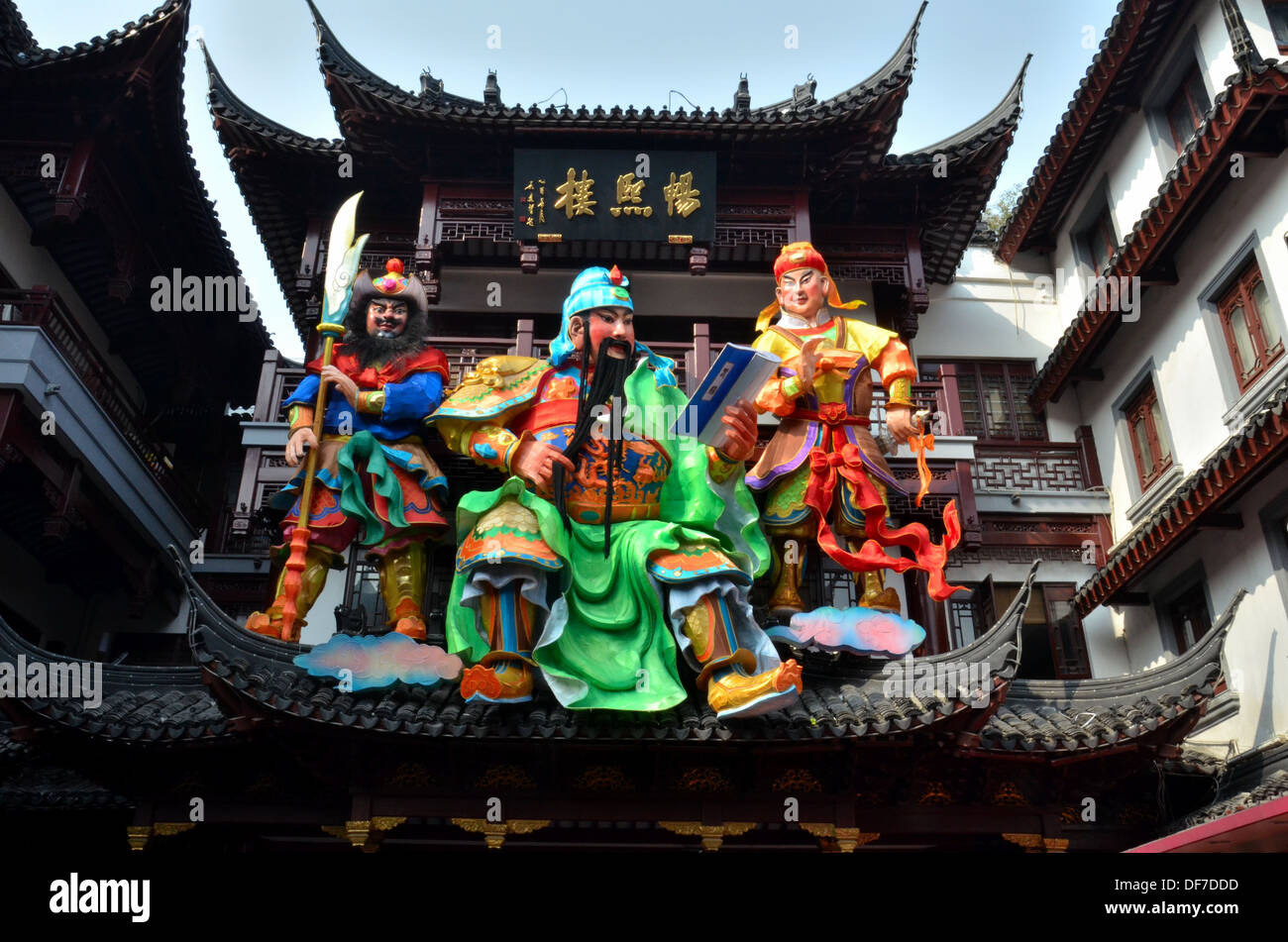 Three Chinese deity sculptures at temple Shanghai China Stock Photohttps://www.alamy.com/image-license-details/?v=1https://www.alamy.com/three-chinese-deity-sculptures-at-temple-shanghai-china-image61015177.html
Three Chinese deity sculptures at temple Shanghai China Stock Photohttps://www.alamy.com/image-license-details/?v=1https://www.alamy.com/three-chinese-deity-sculptures-at-temple-shanghai-china-image61015177.htmlRMDF7DDD–Three Chinese deity sculptures at temple Shanghai China
 A shrine dedicated to an old Chinese deity at the side of a path in fields in a rural area of Sichuan in China. Stock Photohttps://www.alamy.com/image-license-details/?v=1https://www.alamy.com/stock-photo-a-shrine-dedicated-to-an-old-chinese-deity-at-the-side-of-a-path-in-23772348.html
A shrine dedicated to an old Chinese deity at the side of a path in fields in a rural area of Sichuan in China. Stock Photohttps://www.alamy.com/image-license-details/?v=1https://www.alamy.com/stock-photo-a-shrine-dedicated-to-an-old-chinese-deity-at-the-side-of-a-path-in-23772348.htmlRMBAJWTC–A shrine dedicated to an old Chinese deity at the side of a path in fields in a rural area of Sichuan in China.
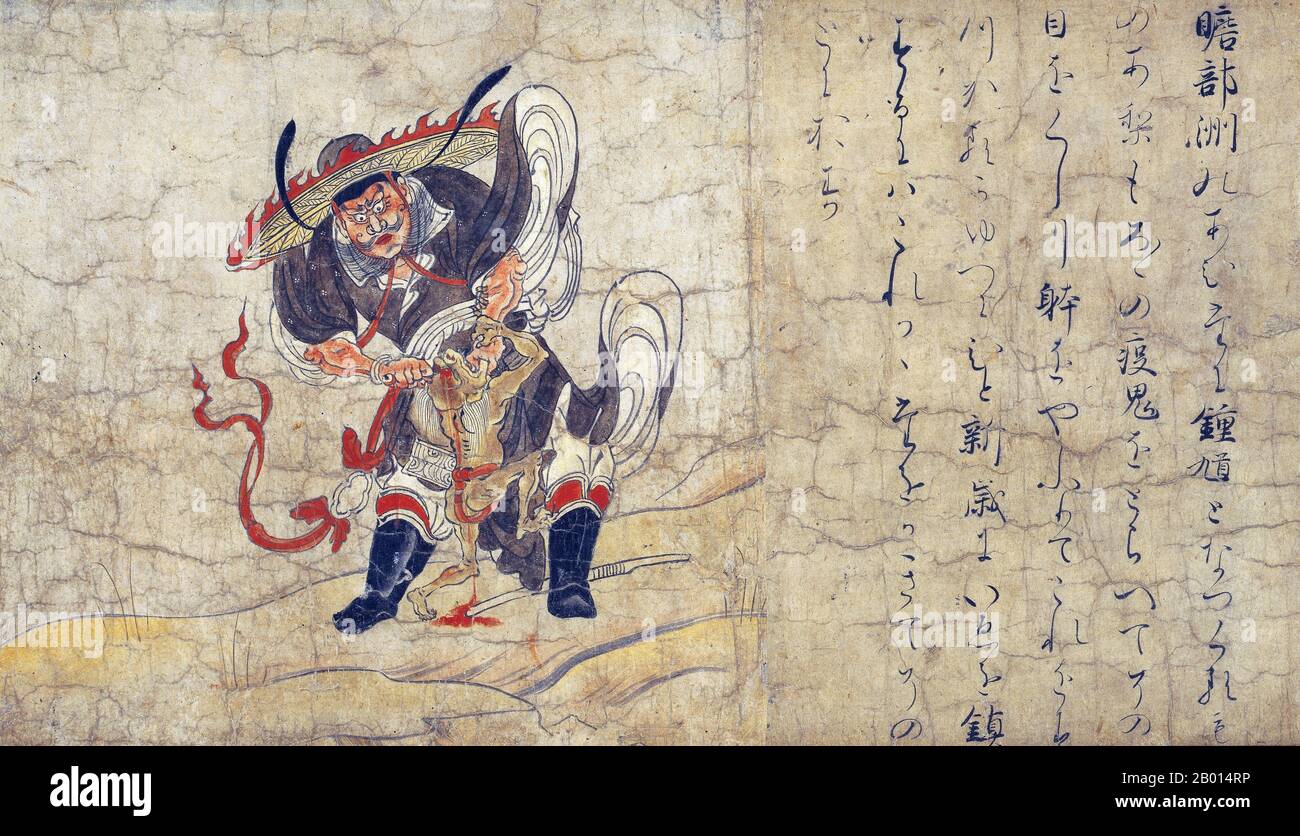 Japan: 'Shoki (Zhong Kui) (Extermination of Evil)'. Handscroll painting, 12th century. This artwork was part of a set of five hanging scrolls entitled 'Extermination of Evil', depicting benevolent deities who expel demons of plague. This scroll was originally part of a handscroll known as the 'Second edition of the Masuda family Hell Scroll', which was cut into sections after World War II. The text on the scroll explains the acts of the god in exterminating evil. Shoki (Zhong Kui) is a legendary Chinese deity who protected Emperor Xuanzong of Tang from evil demons. Stock Photohttps://www.alamy.com/image-license-details/?v=1https://www.alamy.com/japan-shoki-zhong-kui-extermination-of-evil-handscroll-painting-12th-century-this-artwork-was-part-of-a-set-of-five-hanging-scrolls-entitled-extermination-of-evil-depicting-benevolent-deities-who-expel-demons-of-plague-this-scroll-was-originally-part-of-a-handscroll-known-as-the-second-edition-of-the-masuda-family-hell-scroll-which-was-cut-into-sections-after-world-war-ii-the-text-on-the-scroll-explains-the-acts-of-the-god-in-exterminating-evil-shoki-zhong-kui-is-a-legendary-chinese-deity-who-protected-emperor-xuanzong-of-tang-from-evil-demons-image344233114.html
Japan: 'Shoki (Zhong Kui) (Extermination of Evil)'. Handscroll painting, 12th century. This artwork was part of a set of five hanging scrolls entitled 'Extermination of Evil', depicting benevolent deities who expel demons of plague. This scroll was originally part of a handscroll known as the 'Second edition of the Masuda family Hell Scroll', which was cut into sections after World War II. The text on the scroll explains the acts of the god in exterminating evil. Shoki (Zhong Kui) is a legendary Chinese deity who protected Emperor Xuanzong of Tang from evil demons. Stock Photohttps://www.alamy.com/image-license-details/?v=1https://www.alamy.com/japan-shoki-zhong-kui-extermination-of-evil-handscroll-painting-12th-century-this-artwork-was-part-of-a-set-of-five-hanging-scrolls-entitled-extermination-of-evil-depicting-benevolent-deities-who-expel-demons-of-plague-this-scroll-was-originally-part-of-a-handscroll-known-as-the-second-edition-of-the-masuda-family-hell-scroll-which-was-cut-into-sections-after-world-war-ii-the-text-on-the-scroll-explains-the-acts-of-the-god-in-exterminating-evil-shoki-zhong-kui-is-a-legendary-chinese-deity-who-protected-emperor-xuanzong-of-tang-from-evil-demons-image344233114.htmlRM2B014RP–Japan: 'Shoki (Zhong Kui) (Extermination of Evil)'. Handscroll painting, 12th century. This artwork was part of a set of five hanging scrolls entitled 'Extermination of Evil', depicting benevolent deities who expel demons of plague. This scroll was originally part of a handscroll known as the 'Second edition of the Masuda family Hell Scroll', which was cut into sections after World War II. The text on the scroll explains the acts of the god in exterminating evil. Shoki (Zhong Kui) is a legendary Chinese deity who protected Emperor Xuanzong of Tang from evil demons.
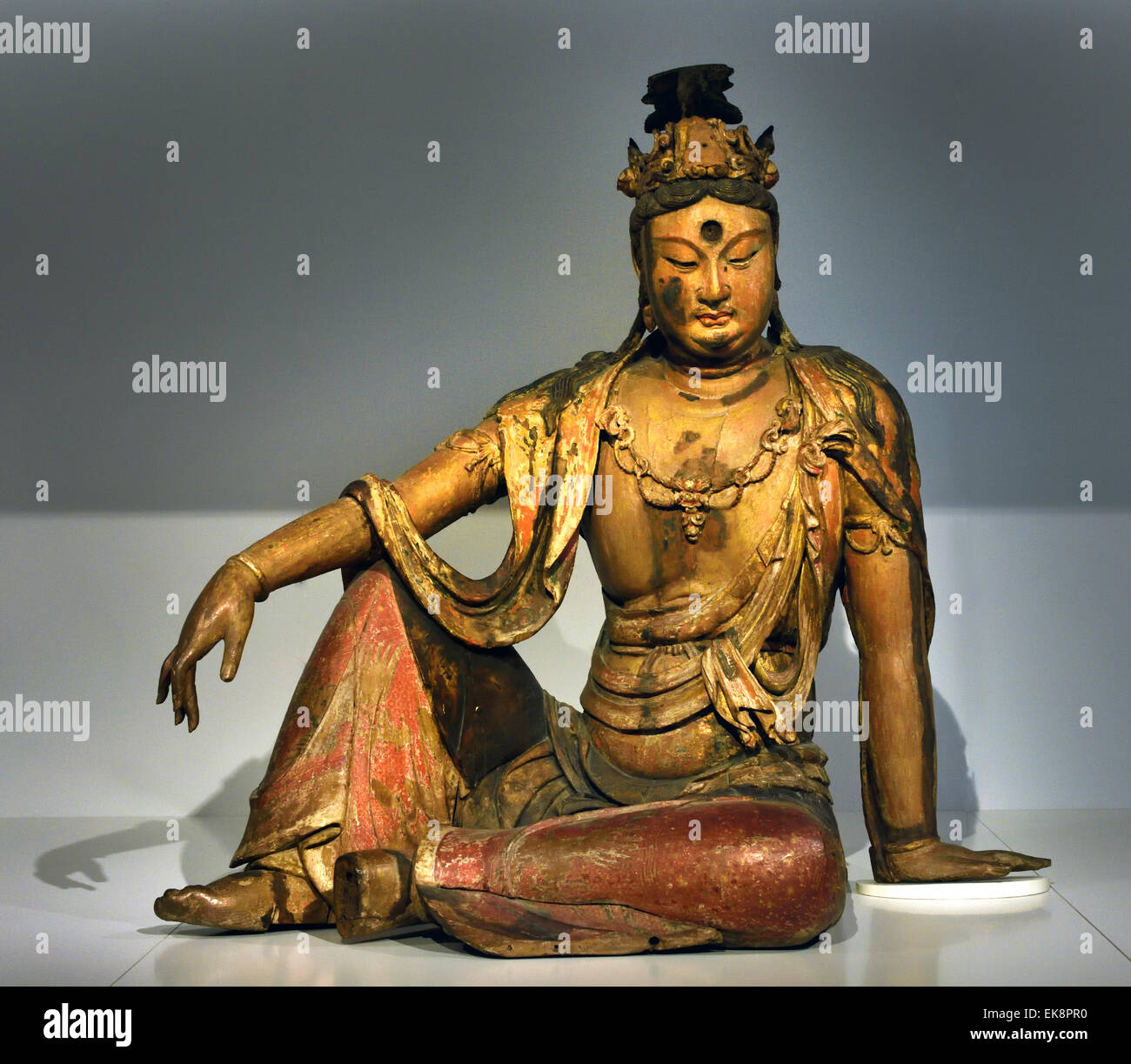 Buddhist deity Guanyin ( Saviour of people in peril ) Chinese China Shanxi 12 th Century Museum Stock Photohttps://www.alamy.com/image-license-details/?v=1https://www.alamy.com/stock-photo-buddhist-deity-guanyin-saviour-of-people-in-peril-chinese-china-shanxi-80713444.html
Buddhist deity Guanyin ( Saviour of people in peril ) Chinese China Shanxi 12 th Century Museum Stock Photohttps://www.alamy.com/image-license-details/?v=1https://www.alamy.com/stock-photo-buddhist-deity-guanyin-saviour-of-people-in-peril-chinese-china-shanxi-80713444.htmlRMEK8PR0–Buddhist deity Guanyin ( Saviour of people in peril ) Chinese China Shanxi 12 th Century Museum
 Sculpture chinese deity god guardian at entrance of Wong Tai Sin Temple for people visit and respect praying at Kowloon island on September 9, 2018 in Stock Photohttps://www.alamy.com/image-license-details/?v=1https://www.alamy.com/sculpture-chinese-deity-god-guardian-at-entrance-of-wong-tai-sin-temple-for-people-visit-and-respect-praying-at-kowloon-island-on-september-9-2018-in-image224625576.html
Sculpture chinese deity god guardian at entrance of Wong Tai Sin Temple for people visit and respect praying at Kowloon island on September 9, 2018 in Stock Photohttps://www.alamy.com/image-license-details/?v=1https://www.alamy.com/sculpture-chinese-deity-god-guardian-at-entrance-of-wong-tai-sin-temple-for-people-visit-and-respect-praying-at-kowloon-island-on-september-9-2018-in-image224625576.htmlRFR1CG60–Sculpture chinese deity god guardian at entrance of Wong Tai Sin Temple for people visit and respect praying at Kowloon island on September 9, 2018 in
 Hong KongChina, Statue of a Chinese deity (a 'Joss'), located in a Joss house in Hong Kong. The figure is depicted as a warrier, wearing a crown and armour, and holding a sword. Original manuscript caption: Joss, circa 1903. 1998/028/1/1/41. Stock Photohttps://www.alamy.com/image-license-details/?v=1https://www.alamy.com/hong-kongchina-statue-of-a-chinese-deity-a-joss-located-in-a-joss-house-in-hong-kong-the-figure-is-depicted-as-a-warrier-wearing-a-crown-and-armour-and-holding-a-sword-original-manuscript-caption-joss-circa-1903-19980281141-image337624543.html
Hong KongChina, Statue of a Chinese deity (a 'Joss'), located in a Joss house in Hong Kong. The figure is depicted as a warrier, wearing a crown and armour, and holding a sword. Original manuscript caption: Joss, circa 1903. 1998/028/1/1/41. Stock Photohttps://www.alamy.com/image-license-details/?v=1https://www.alamy.com/hong-kongchina-statue-of-a-chinese-deity-a-joss-located-in-a-joss-house-in-hong-kong-the-figure-is-depicted-as-a-warrier-wearing-a-crown-and-armour-and-holding-a-sword-original-manuscript-caption-joss-circa-1903-19980281141-image337624543.htmlRM2AH83FB–Hong KongChina, Statue of a Chinese deity (a 'Joss'), located in a Joss house in Hong Kong. The figure is depicted as a warrier, wearing a crown and armour, and holding a sword. Original manuscript caption: Joss, circa 1903. 1998/028/1/1/41.
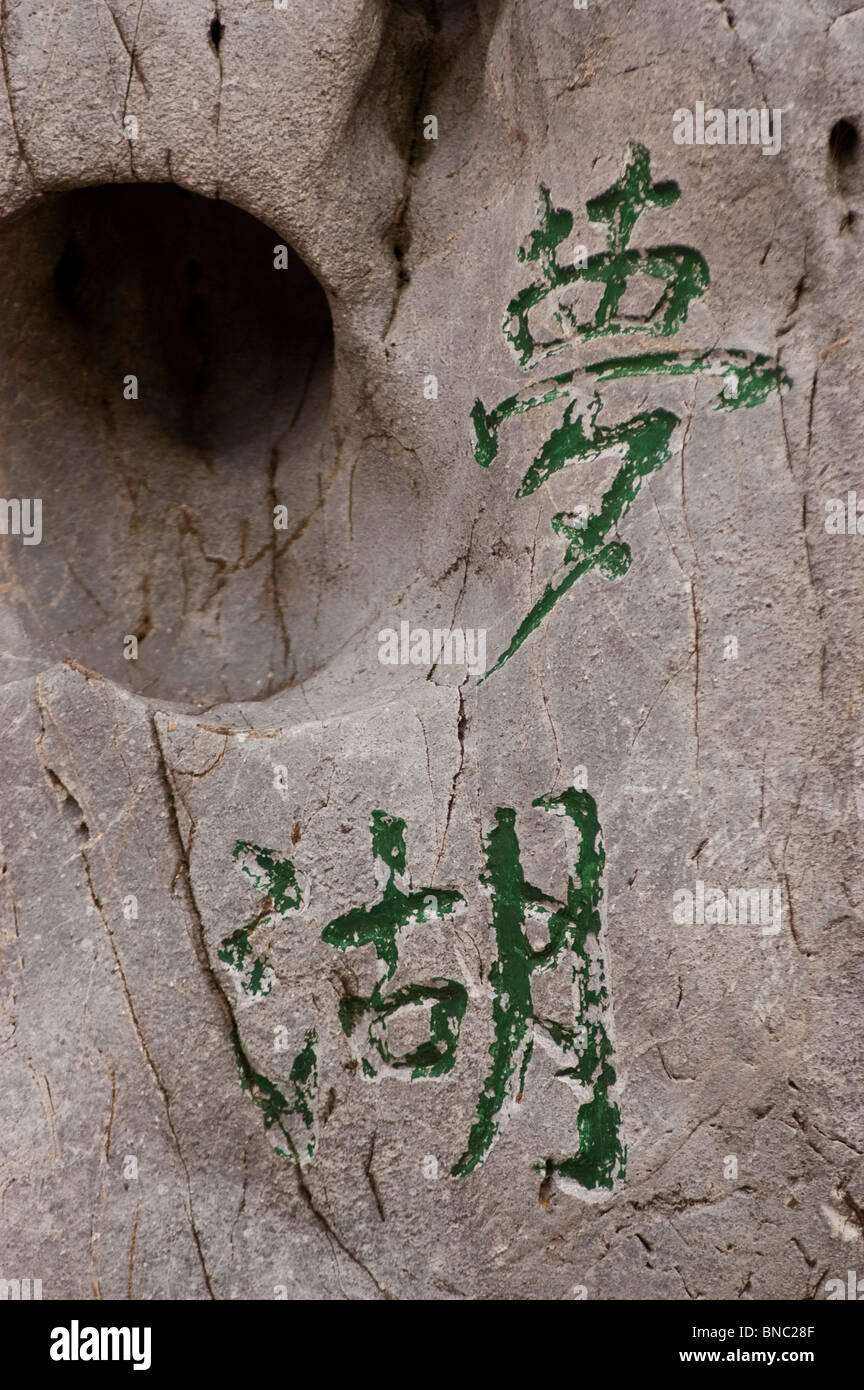 Grey stone with Chinese script, symbolize ancient Chinese deity, The Chinese Garden, Montreal Botanical Garden, Canada Stock Photohttps://www.alamy.com/image-license-details/?v=1https://www.alamy.com/stock-photo-grey-stone-with-chinese-script-symbolize-ancient-chinese-deity-the-30383375.html
Grey stone with Chinese script, symbolize ancient Chinese deity, The Chinese Garden, Montreal Botanical Garden, Canada Stock Photohttps://www.alamy.com/image-license-details/?v=1https://www.alamy.com/stock-photo-grey-stone-with-chinese-script-symbolize-ancient-chinese-deity-the-30383375.htmlRMBNC28F–Grey stone with Chinese script, symbolize ancient Chinese deity, The Chinese Garden, Montreal Botanical Garden, Canada
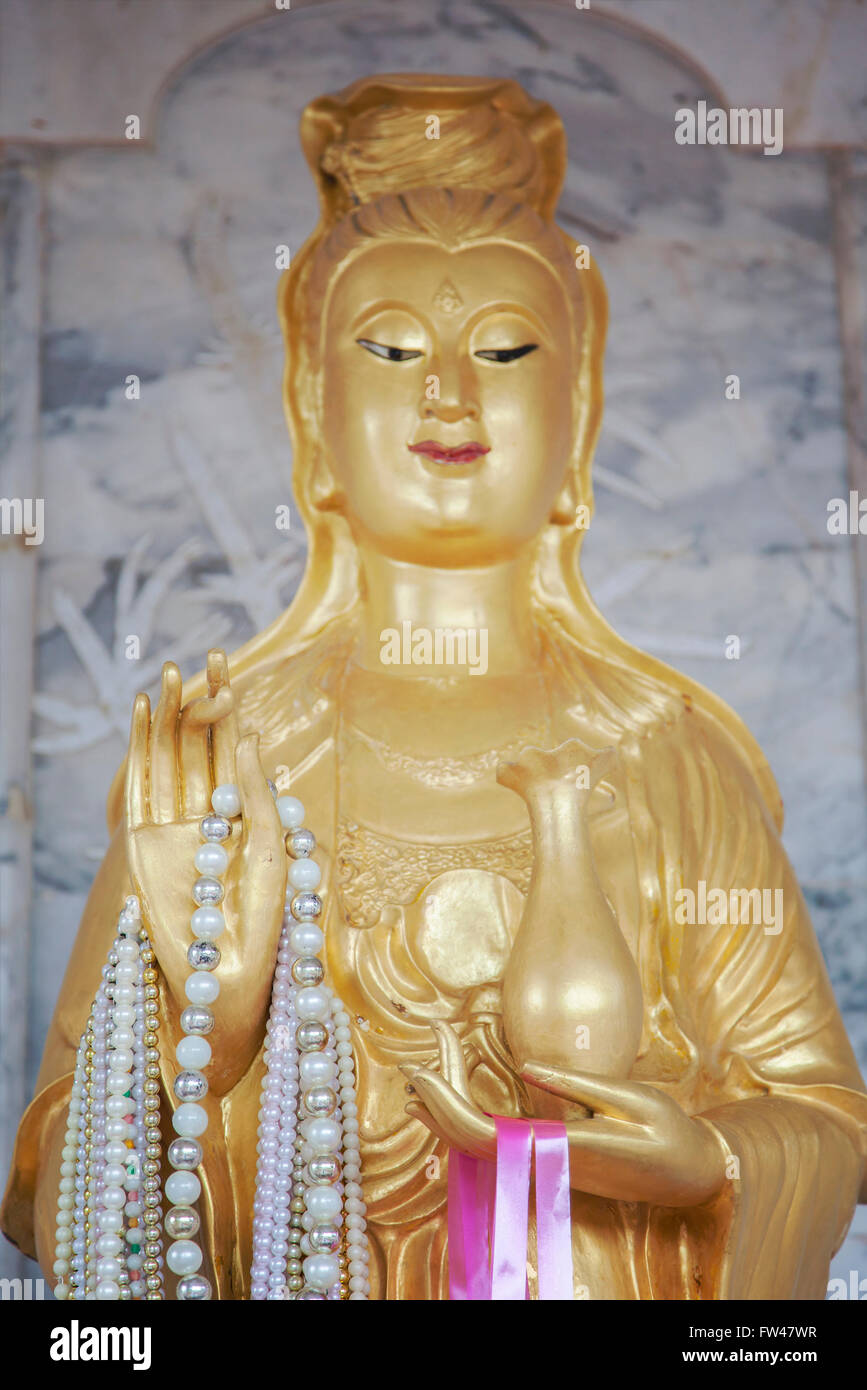 Image of a chinese female deity statue. Stock Photohttps://www.alamy.com/image-license-details/?v=1https://www.alamy.com/stock-photo-image-of-a-chinese-female-deity-statue-101512259.html
Image of a chinese female deity statue. Stock Photohttps://www.alamy.com/image-license-details/?v=1https://www.alamy.com/stock-photo-image-of-a-chinese-female-deity-statue-101512259.htmlRFFW47WR–Image of a chinese female deity statue.
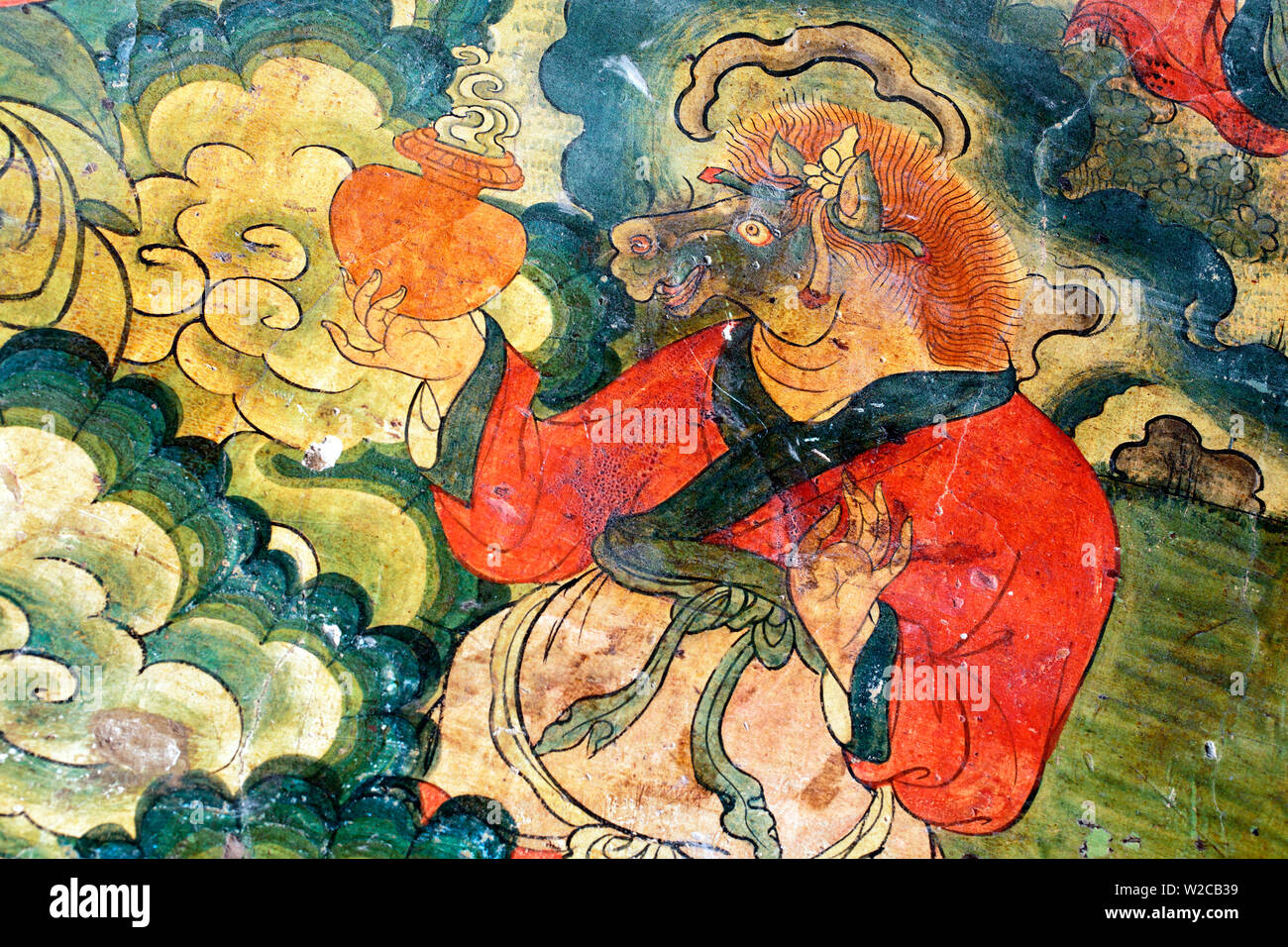 Utse temple, Samye Monastery (Samye Gompa), Dranang, Shannan Prefecture, Tibet, China Stock Photohttps://www.alamy.com/image-license-details/?v=1https://www.alamy.com/utse-temple-samye-monastery-samye-gompa-dranang-shannan-prefecture-tibet-china-image259656973.html
Utse temple, Samye Monastery (Samye Gompa), Dranang, Shannan Prefecture, Tibet, China Stock Photohttps://www.alamy.com/image-license-details/?v=1https://www.alamy.com/utse-temple-samye-monastery-samye-gompa-dranang-shannan-prefecture-tibet-china-image259656973.htmlRMW2CB39–Utse temple, Samye Monastery (Samye Gompa), Dranang, Shannan Prefecture, Tibet, China
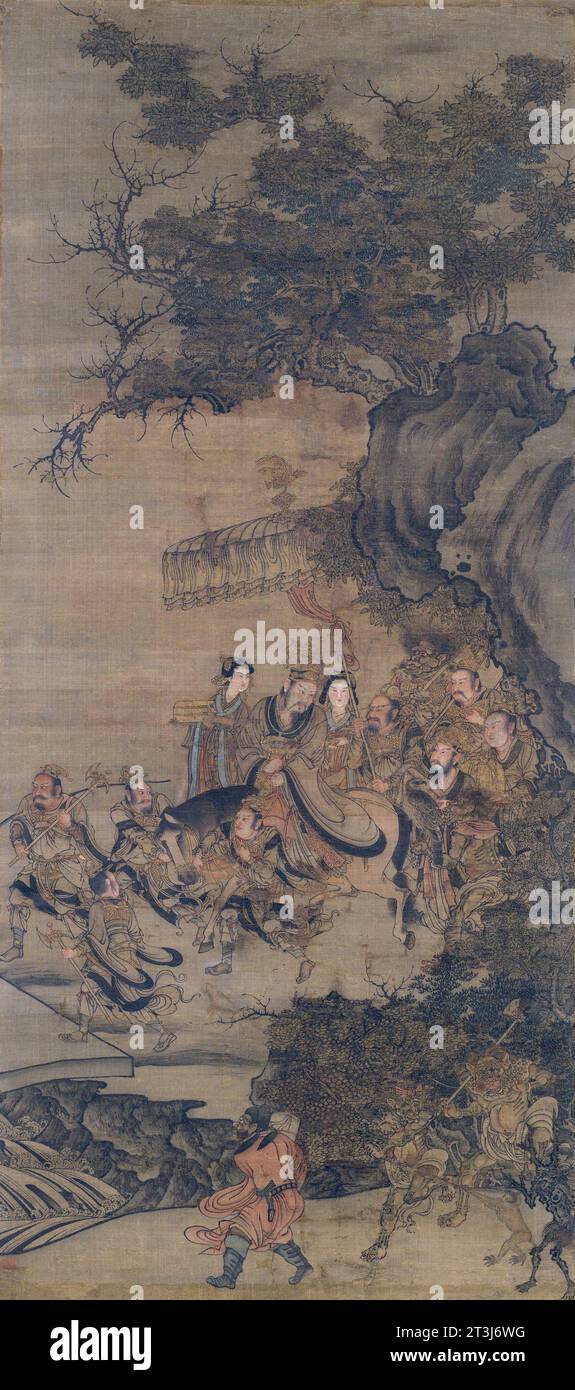 Daoist deity of Earth, attributed to Wu Daozi Stock Photohttps://www.alamy.com/image-license-details/?v=1https://www.alamy.com/daoist-deity-of-earth-attributed-to-wu-daozi-image570186668.html
Daoist deity of Earth, attributed to Wu Daozi Stock Photohttps://www.alamy.com/image-license-details/?v=1https://www.alamy.com/daoist-deity-of-earth-attributed-to-wu-daozi-image570186668.htmlRM2T3J6WG–Daoist deity of Earth, attributed to Wu Daozi
 Tchong-k'oei is a powerful Chinese deity who protects mankind against malevolent demons. Date: 1915 Stock Photohttps://www.alamy.com/image-license-details/?v=1https://www.alamy.com/stock-photo-tchong-koei-is-a-powerful-chinese-deity-who-protects-mankind-against-105281513.html
Tchong-k'oei is a powerful Chinese deity who protects mankind against malevolent demons. Date: 1915 Stock Photohttps://www.alamy.com/image-license-details/?v=1https://www.alamy.com/stock-photo-tchong-koei-is-a-powerful-chinese-deity-who-protects-mankind-against-105281513.htmlRMG37YJ1–Tchong-k'oei is a powerful Chinese deity who protects mankind against malevolent demons. Date: 1915
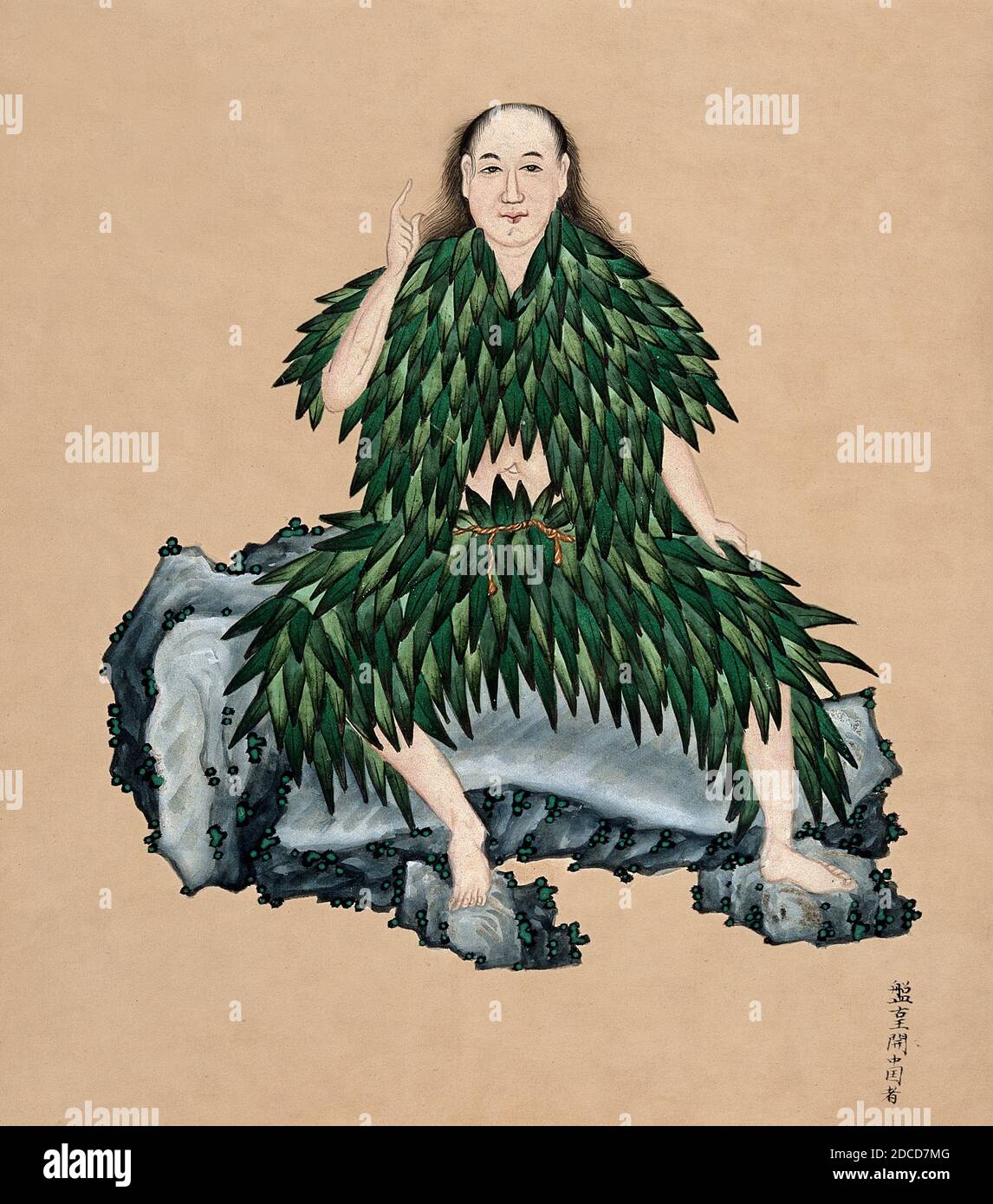 Shennong, Chinese God of Medicine Stock Photohttps://www.alamy.com/image-license-details/?v=1https://www.alamy.com/shennong-chinese-god-of-medicine-image386295408.html
Shennong, Chinese God of Medicine Stock Photohttps://www.alamy.com/image-license-details/?v=1https://www.alamy.com/shennong-chinese-god-of-medicine-image386295408.htmlRM2DCD7MG–Shennong, Chinese God of Medicine
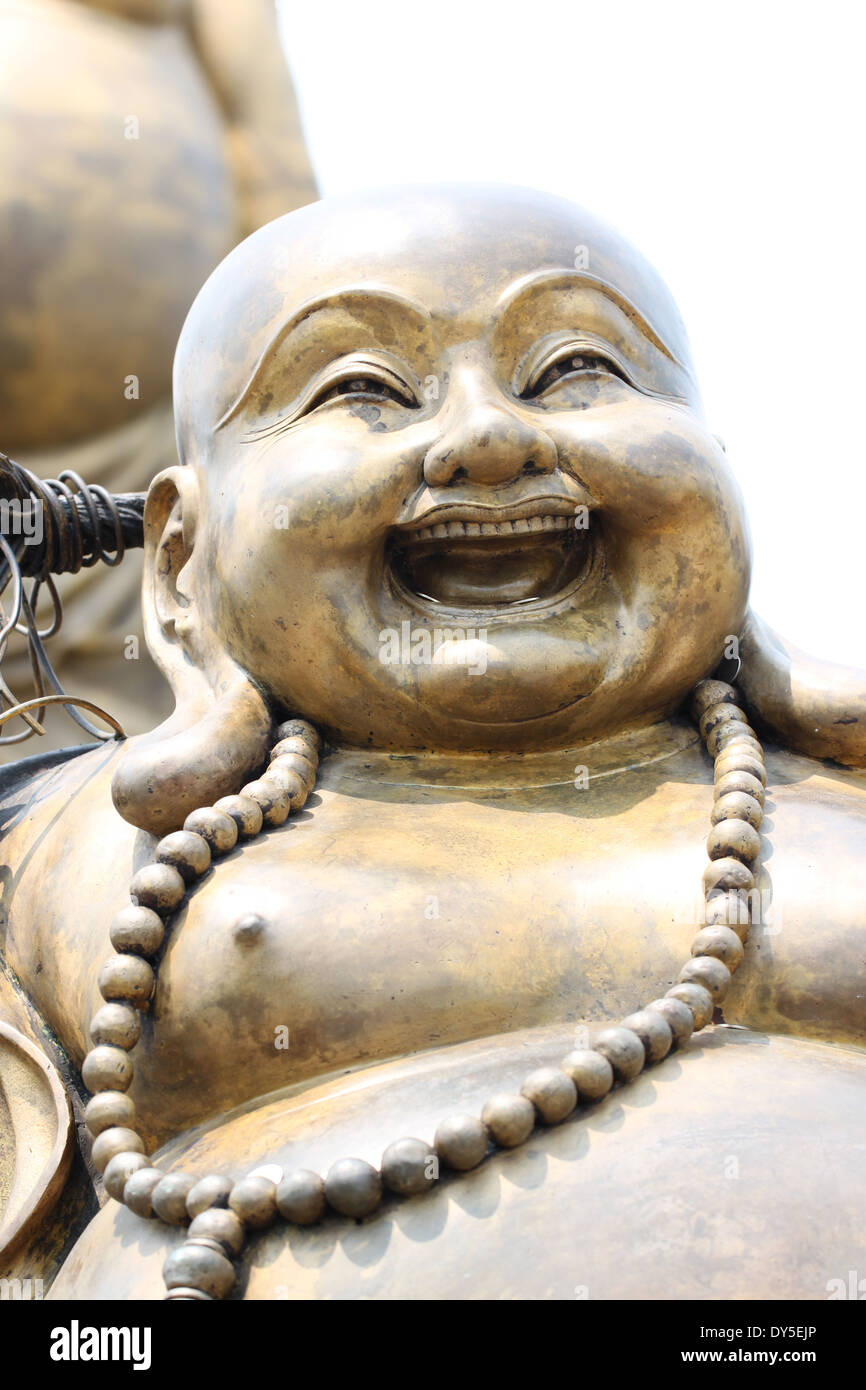 Statues of Chinese deity in smiling so happy. Stock Photohttps://www.alamy.com/image-license-details/?v=1https://www.alamy.com/statues-of-chinese-deity-in-smiling-so-happy-image68348078.html
Statues of Chinese deity in smiling so happy. Stock Photohttps://www.alamy.com/image-license-details/?v=1https://www.alamy.com/statues-of-chinese-deity-in-smiling-so-happy-image68348078.htmlRFDY5EJP–Statues of Chinese deity in smiling so happy.
 Chinese deity in Quan Am Pagoda Stock Photohttps://www.alamy.com/image-license-details/?v=1https://www.alamy.com/chinese-deity-in-quan-am-pagoda-image69904534.html
Chinese deity in Quan Am Pagoda Stock Photohttps://www.alamy.com/image-license-details/?v=1https://www.alamy.com/chinese-deity-in-quan-am-pagoda-image69904534.htmlRME1MBXE–Chinese deity in Quan Am Pagoda
 Street market at Albert and Waterloo Streets, near the Kwan Im Thong Hood Cho Temple, Singapore. A statue of a Chinese deity stands at a crossroads. Stock Photohttps://www.alamy.com/image-license-details/?v=1https://www.alamy.com/street-market-at-albert-and-waterloo-streets-near-the-kwan-im-thong-hood-cho-temple-singapore-a-statue-of-a-chinese-deity-stands-at-a-crossroads-image471496155.html
Street market at Albert and Waterloo Streets, near the Kwan Im Thong Hood Cho Temple, Singapore. A statue of a Chinese deity stands at a crossroads. Stock Photohttps://www.alamy.com/image-license-details/?v=1https://www.alamy.com/street-market-at-albert-and-waterloo-streets-near-the-kwan-im-thong-hood-cho-temple-singapore-a-statue-of-a-chinese-deity-stands-at-a-crossroads-image471496155.htmlRM2JB2E4B–Street market at Albert and Waterloo Streets, near the Kwan Im Thong Hood Cho Temple, Singapore. A statue of a Chinese deity stands at a crossroads.
 A Chinese deity displayed at a shrine in Rattanakosin island in Bangkok, Thailand. Stock Photohttps://www.alamy.com/image-license-details/?v=1https://www.alamy.com/stock-image-a-chinese-deity-displayed-at-a-shrine-in-rattanakosin-island-in-bangkok-166219499.html
A Chinese deity displayed at a shrine in Rattanakosin island in Bangkok, Thailand. Stock Photohttps://www.alamy.com/image-license-details/?v=1https://www.alamy.com/stock-image-a-chinese-deity-displayed-at-a-shrine-in-rattanakosin-island-in-bangkok-166219499.htmlRFKJBXJK–A Chinese deity displayed at a shrine in Rattanakosin island in Bangkok, Thailand.
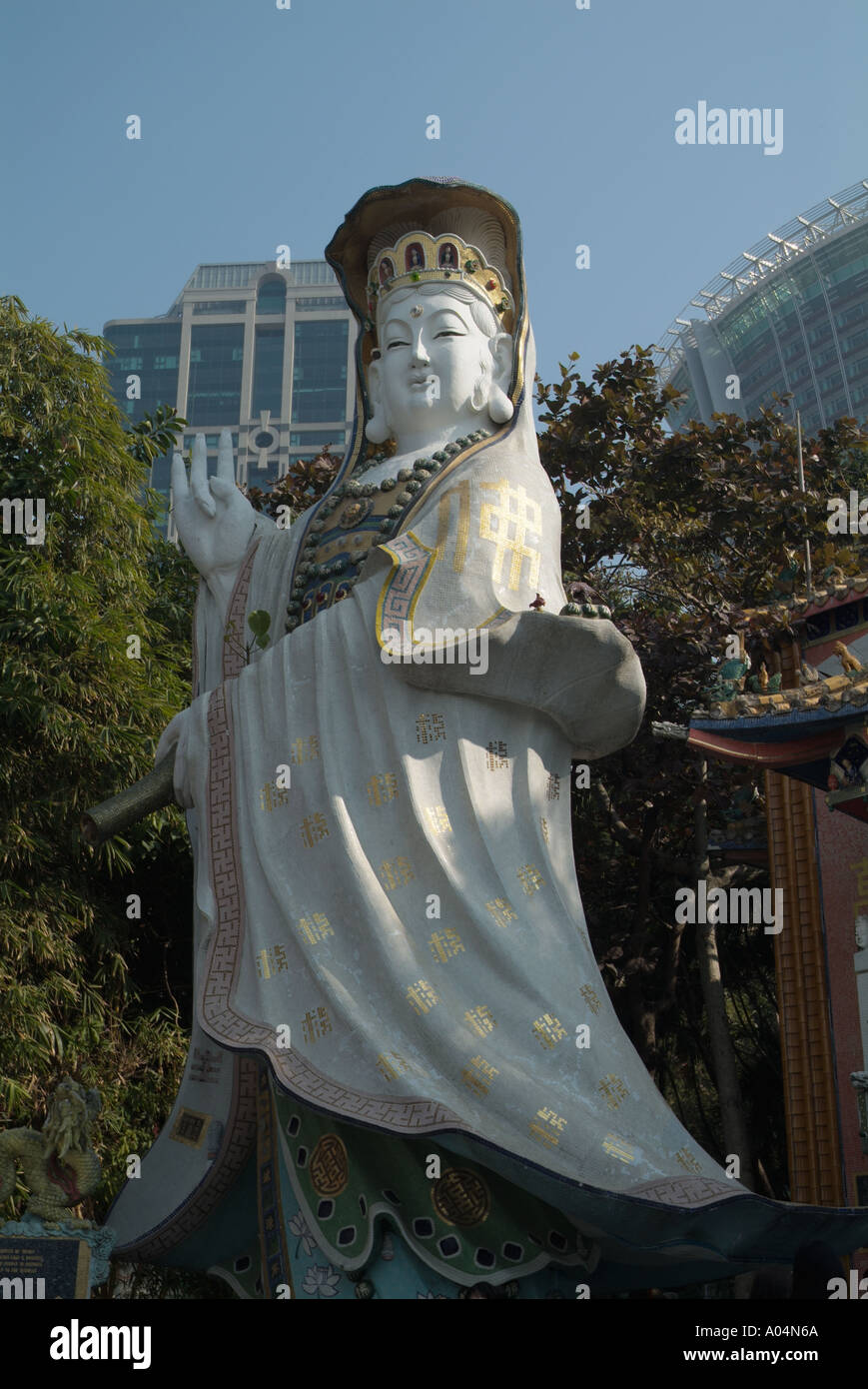 dh Kwun Yam Shrine REPULSE BAY HONG KONG Chinese statue goddess of Mercy sea deity taoist worship deities tin hau temple china Stock Photohttps://www.alamy.com/image-license-details/?v=1https://www.alamy.com/dh-kwun-yam-shrine-repulse-bay-hong-kong-chinese-statue-goddess-of-image3224937.html
dh Kwun Yam Shrine REPULSE BAY HONG KONG Chinese statue goddess of Mercy sea deity taoist worship deities tin hau temple china Stock Photohttps://www.alamy.com/image-license-details/?v=1https://www.alamy.com/dh-kwun-yam-shrine-repulse-bay-hong-kong-chinese-statue-goddess-of-image3224937.htmlRMA04N6A–dh Kwun Yam Shrine REPULSE BAY HONG KONG Chinese statue goddess of Mercy sea deity taoist worship deities tin hau temple china
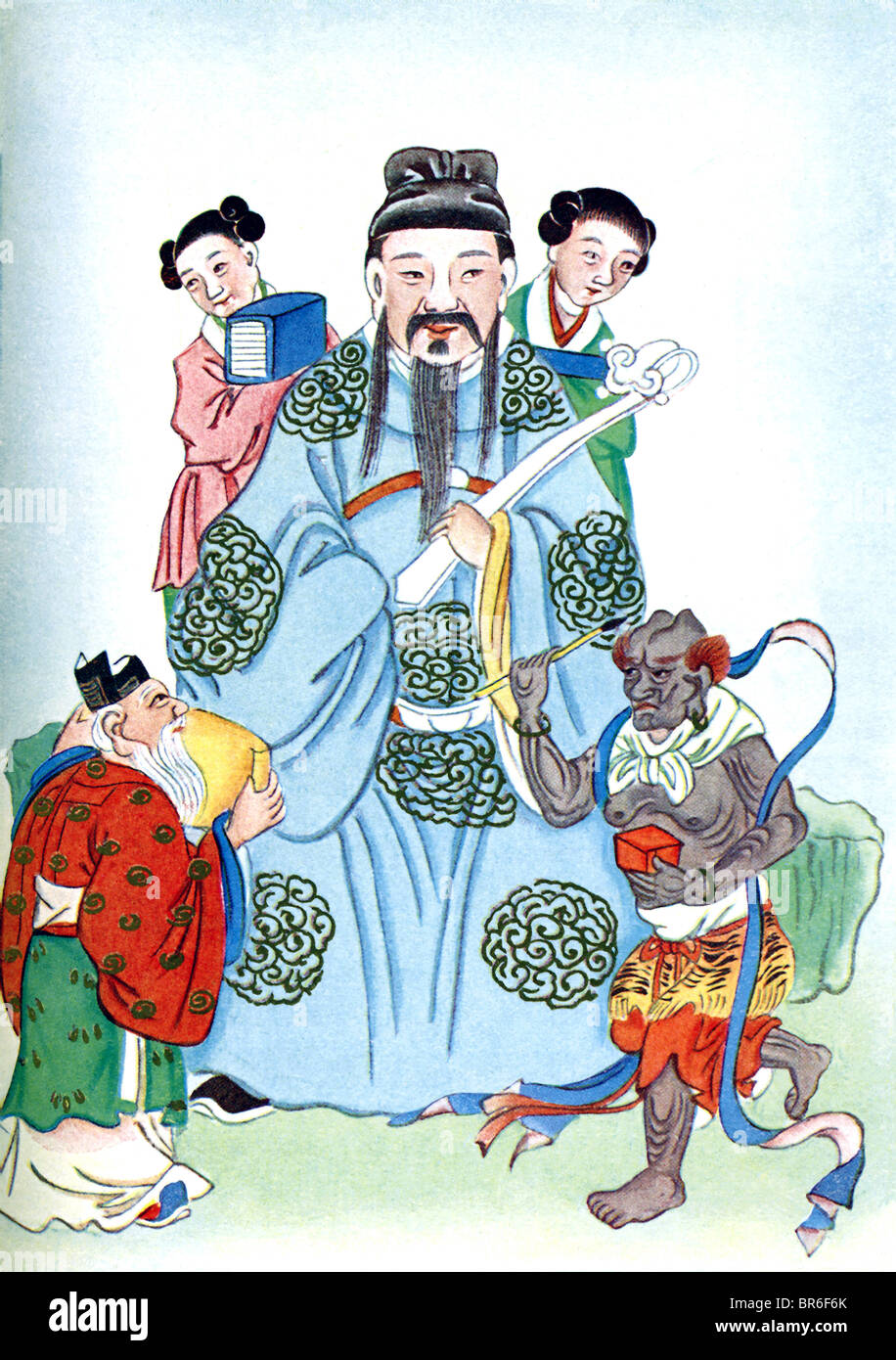 Confucianism's chief deity is Wen Ch'ang, god of literature (middle figure clothed in blue and holding scepter in right hand). Stock Photohttps://www.alamy.com/image-license-details/?v=1https://www.alamy.com/stock-photo-confucianisms-chief-deity-is-wen-chang-god-of-literature-middle-figure-31491115.html
Confucianism's chief deity is Wen Ch'ang, god of literature (middle figure clothed in blue and holding scepter in right hand). Stock Photohttps://www.alamy.com/image-license-details/?v=1https://www.alamy.com/stock-photo-confucianisms-chief-deity-is-wen-chang-god-of-literature-middle-figure-31491115.htmlRFBR6F6K–Confucianism's chief deity is Wen Ch'ang, god of literature (middle figure clothed in blue and holding scepter in right hand).
 Phuc Duc Chanh Than altar, Thien Hau Pagoda, Ho Chi Minh, Vietnam. Stock Photohttps://www.alamy.com/image-license-details/?v=1https://www.alamy.com/phuc-duc-chanh-than-altar-thien-hau-pagoda-ho-chi-minh-vietnam-image568756709.html
Phuc Duc Chanh Than altar, Thien Hau Pagoda, Ho Chi Minh, Vietnam. Stock Photohttps://www.alamy.com/image-license-details/?v=1https://www.alamy.com/phuc-duc-chanh-than-altar-thien-hau-pagoda-ho-chi-minh-vietnam-image568756709.htmlRM2T192YH–Phuc Duc Chanh Than altar, Thien Hau Pagoda, Ho Chi Minh, Vietnam.
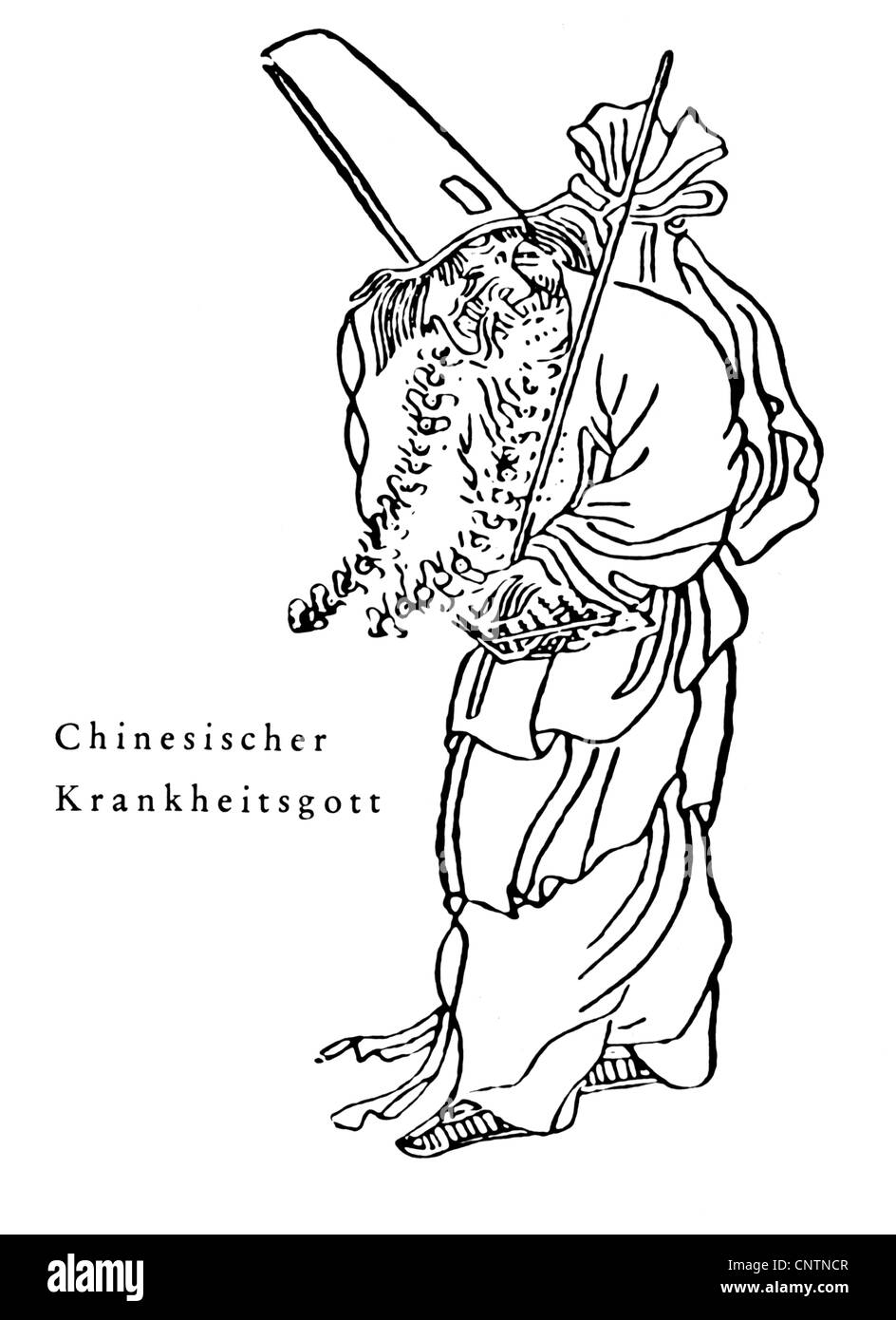 religion, China, Chinese god of disease, anonymous Chinese illustration, sickness, illness, deity, deities, China, drawing, medicine, disease, diseases, historic, historical, people, Additional-Rights-Clearences-Not Available Stock Photohttps://www.alamy.com/image-license-details/?v=1https://www.alamy.com/stock-photo-religion-china-chinese-god-of-disease-anonymous-chinese-illustration-47872183.html
religion, China, Chinese god of disease, anonymous Chinese illustration, sickness, illness, deity, deities, China, drawing, medicine, disease, diseases, historic, historical, people, Additional-Rights-Clearences-Not Available Stock Photohttps://www.alamy.com/image-license-details/?v=1https://www.alamy.com/stock-photo-religion-china-chinese-god-of-disease-anonymous-chinese-illustration-47872183.htmlRMCNTNCR–religion, China, Chinese god of disease, anonymous Chinese illustration, sickness, illness, deity, deities, China, drawing, medicine, disease, diseases, historic, historical, people, Additional-Rights-Clearences-Not Available
 Ancient Chinese porcelain figure of Daoist Deity - Kangxi reign 17th century, China Stock Photohttps://www.alamy.com/image-license-details/?v=1https://www.alamy.com/stock-photo-ancient-chinese-porcelain-figure-of-daoist-deity-kangxi-reign-17th-31591808.html
Ancient Chinese porcelain figure of Daoist Deity - Kangxi reign 17th century, China Stock Photohttps://www.alamy.com/image-license-details/?v=1https://www.alamy.com/stock-photo-ancient-chinese-porcelain-figure-of-daoist-deity-kangxi-reign-17th-31591808.htmlRMBRB3JT–Ancient Chinese porcelain figure of Daoist Deity - Kangxi reign 17th century, China
 Japan: 'Shoki (Zhong Kui) (Extermination of Evil)'. Handscroll painting, 12th century. This artwork was part of a set of five hanging scrolls entitled 'Extermination of Evil', depicting benevolent deities who expel demons of plague. This scroll was originally part of a handscroll known as the 'Second edition of the Masuda family Hell Scroll', which was cut into sections after World War II. The text on the scroll explains the acts of the god in exterminating evil. Shoki (Zhong Kui) is a legendary Chinese deity who protected Emperor Xuanzong of Tang from evil demons. Stock Photohttps://www.alamy.com/image-license-details/?v=1https://www.alamy.com/japan-shoki-zhong-kui-extermination-of-evil-handscroll-painting-12th-century-this-artwork-was-part-of-a-set-of-five-hanging-scrolls-entitled-extermination-of-evil-depicting-benevolent-deities-who-expel-demons-of-plague-this-scroll-was-originally-part-of-a-handscroll-known-as-the-second-edition-of-the-masuda-family-hell-scroll-which-was-cut-into-sections-after-world-war-ii-the-text-on-the-scroll-explains-the-acts-of-the-god-in-exterminating-evil-shoki-zhong-kui-is-a-legendary-chinese-deity-who-protected-emperor-xuanzong-of-tang-from-evil-demons-image344233117.html
Japan: 'Shoki (Zhong Kui) (Extermination of Evil)'. Handscroll painting, 12th century. This artwork was part of a set of five hanging scrolls entitled 'Extermination of Evil', depicting benevolent deities who expel demons of plague. This scroll was originally part of a handscroll known as the 'Second edition of the Masuda family Hell Scroll', which was cut into sections after World War II. The text on the scroll explains the acts of the god in exterminating evil. Shoki (Zhong Kui) is a legendary Chinese deity who protected Emperor Xuanzong of Tang from evil demons. Stock Photohttps://www.alamy.com/image-license-details/?v=1https://www.alamy.com/japan-shoki-zhong-kui-extermination-of-evil-handscroll-painting-12th-century-this-artwork-was-part-of-a-set-of-five-hanging-scrolls-entitled-extermination-of-evil-depicting-benevolent-deities-who-expel-demons-of-plague-this-scroll-was-originally-part-of-a-handscroll-known-as-the-second-edition-of-the-masuda-family-hell-scroll-which-was-cut-into-sections-after-world-war-ii-the-text-on-the-scroll-explains-the-acts-of-the-god-in-exterminating-evil-shoki-zhong-kui-is-a-legendary-chinese-deity-who-protected-emperor-xuanzong-of-tang-from-evil-demons-image344233117.htmlRM2B014RW–Japan: 'Shoki (Zhong Kui) (Extermination of Evil)'. Handscroll painting, 12th century. This artwork was part of a set of five hanging scrolls entitled 'Extermination of Evil', depicting benevolent deities who expel demons of plague. This scroll was originally part of a handscroll known as the 'Second edition of the Masuda family Hell Scroll', which was cut into sections after World War II. The text on the scroll explains the acts of the god in exterminating evil. Shoki (Zhong Kui) is a legendary Chinese deity who protected Emperor Xuanzong of Tang from evil demons.
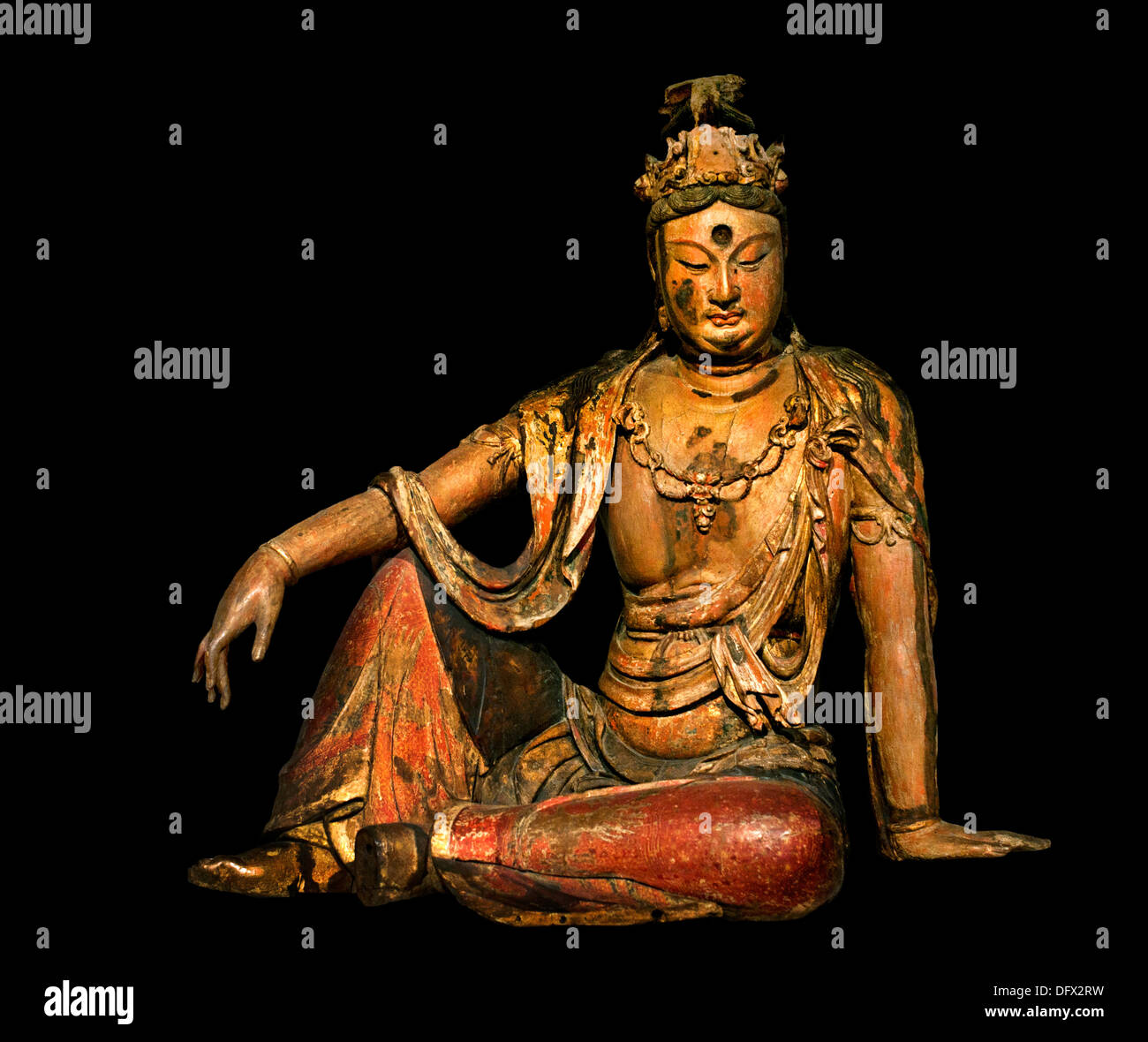 Buddist deity Guanyin ( Saviour of people in peril ) Chinese China Shanxi 12 th Century Museum Stock Photohttps://www.alamy.com/image-license-details/?v=1https://www.alamy.com/buddist-deity-guanyin-saviour-of-people-in-peril-chinese-china-shanxi-image61423933.html
Buddist deity Guanyin ( Saviour of people in peril ) Chinese China Shanxi 12 th Century Museum Stock Photohttps://www.alamy.com/image-license-details/?v=1https://www.alamy.com/buddist-deity-guanyin-saviour-of-people-in-peril-chinese-china-shanxi-image61423933.htmlRMDFX2RW–Buddist deity Guanyin ( Saviour of people in peril ) Chinese China Shanxi 12 th Century Museum
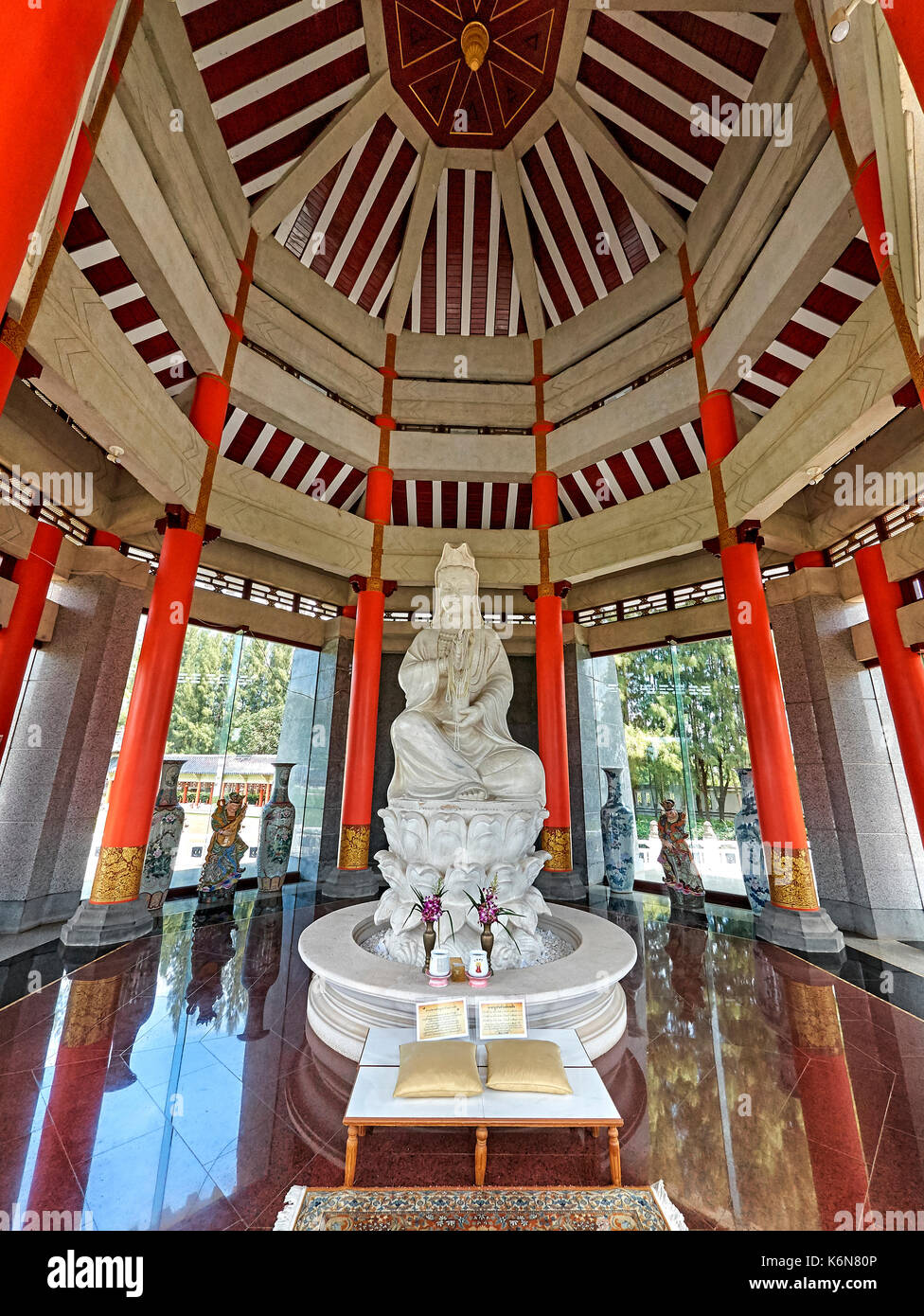 Chinese deity figure. Guanyin. Chinese pagoda. temple Interior, ornate ceiling, Romance of the Three Kingdoms. Culture centre. Pattaya Thailand. Asia Stock Photohttps://www.alamy.com/image-license-details/?v=1https://www.alamy.com/chinese-deity-figure-guanyin-chinese-pagoda-temple-interior-ornate-image159048534.html
Chinese deity figure. Guanyin. Chinese pagoda. temple Interior, ornate ceiling, Romance of the Three Kingdoms. Culture centre. Pattaya Thailand. Asia Stock Photohttps://www.alamy.com/image-license-details/?v=1https://www.alamy.com/chinese-deity-figure-guanyin-chinese-pagoda-temple-interior-ornate-image159048534.htmlRMK6N80P–Chinese deity figure. Guanyin. Chinese pagoda. temple Interior, ornate ceiling, Romance of the Three Kingdoms. Culture centre. Pattaya Thailand. Asia
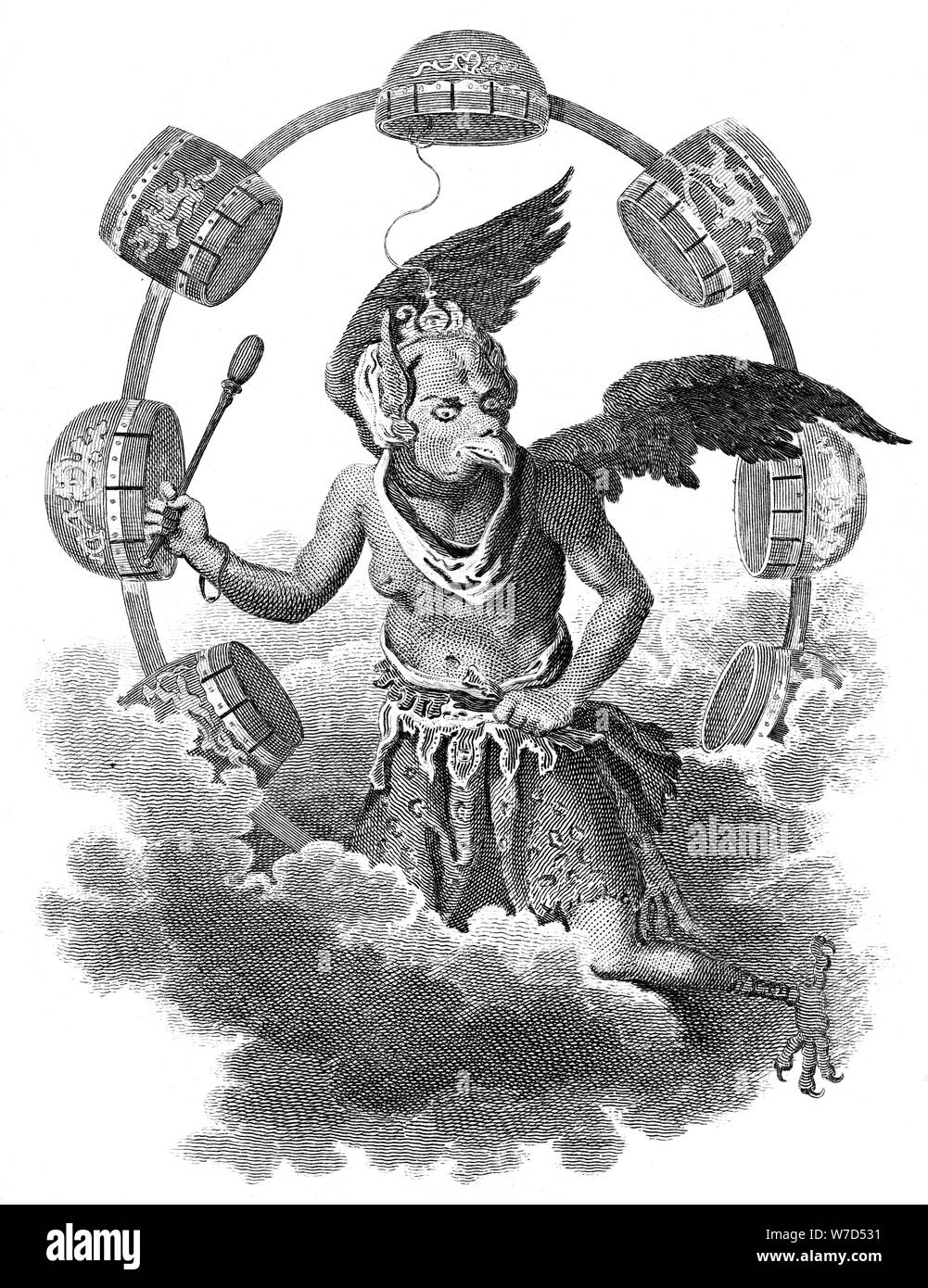 'Jupiter of the Chinese', early 19th century. Artist: Grainger Stock Photohttps://www.alamy.com/image-license-details/?v=1https://www.alamy.com/jupiter-of-the-chinese-early-19th-century-artist-grainger-image262747493.html
'Jupiter of the Chinese', early 19th century. Artist: Grainger Stock Photohttps://www.alamy.com/image-license-details/?v=1https://www.alamy.com/jupiter-of-the-chinese-early-19th-century-artist-grainger-image262747493.htmlRMW7D531–'Jupiter of the Chinese', early 19th century. Artist: Grainger
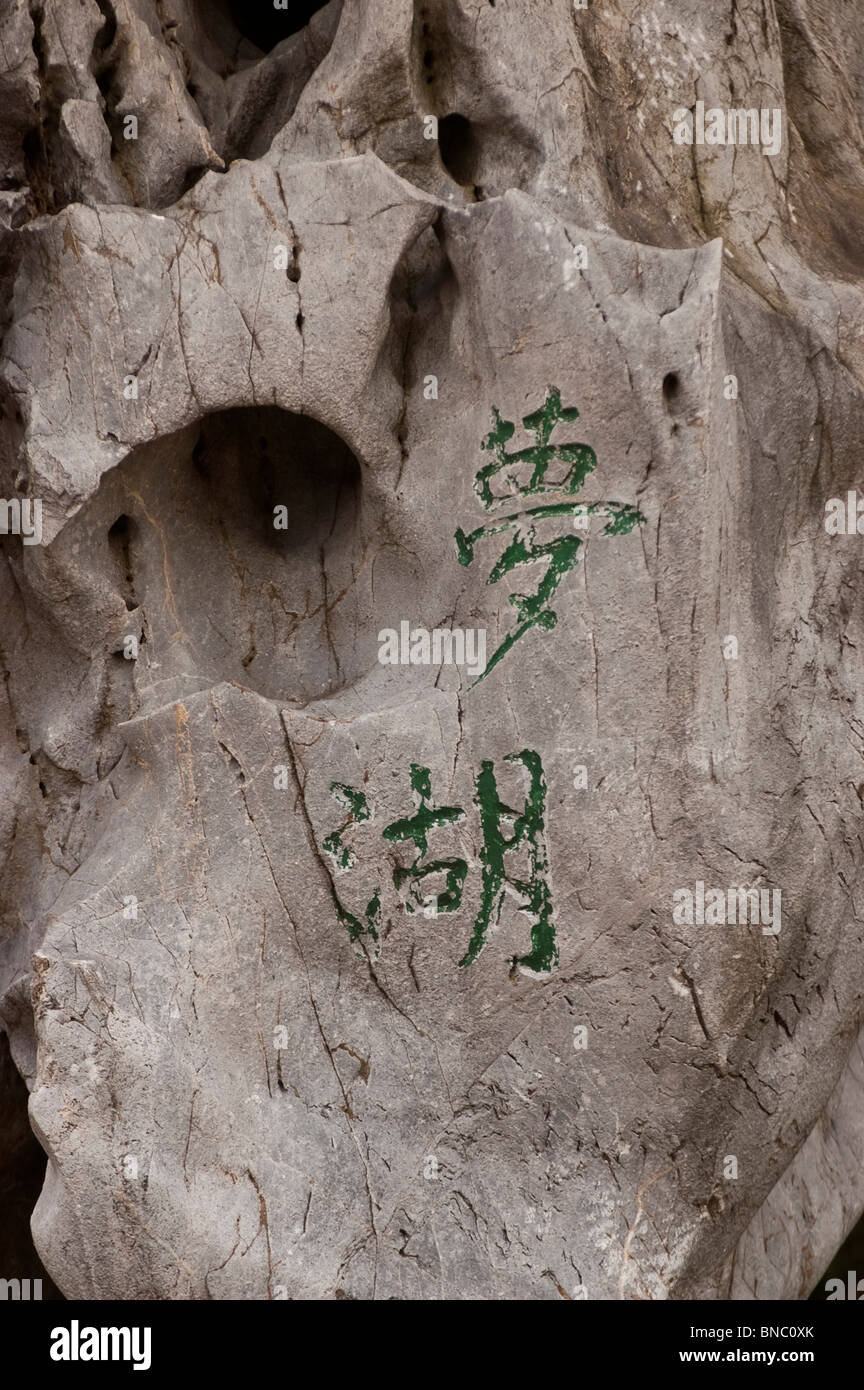 Grey stone with Chinese script, symbolize ancient Chinese deity, The Chinese Garden, Montreal Botanical Garden, Canada Stock Photohttps://www.alamy.com/image-license-details/?v=1https://www.alamy.com/stock-photo-grey-stone-with-chinese-script-symbolize-ancient-chinese-deity-the-30382315.html
Grey stone with Chinese script, symbolize ancient Chinese deity, The Chinese Garden, Montreal Botanical Garden, Canada Stock Photohttps://www.alamy.com/image-license-details/?v=1https://www.alamy.com/stock-photo-grey-stone-with-chinese-script-symbolize-ancient-chinese-deity-the-30382315.htmlRMBNC0XK–Grey stone with Chinese script, symbolize ancient Chinese deity, The Chinese Garden, Montreal Botanical Garden, Canada
 Chinese Deity door knocker Stock Photohttps://www.alamy.com/image-license-details/?v=1https://www.alamy.com/chinese-deity-door-knocker-image155452916.html
Chinese Deity door knocker Stock Photohttps://www.alamy.com/image-license-details/?v=1https://www.alamy.com/chinese-deity-door-knocker-image155452916.htmlRFK0WDNT–Chinese Deity door knocker
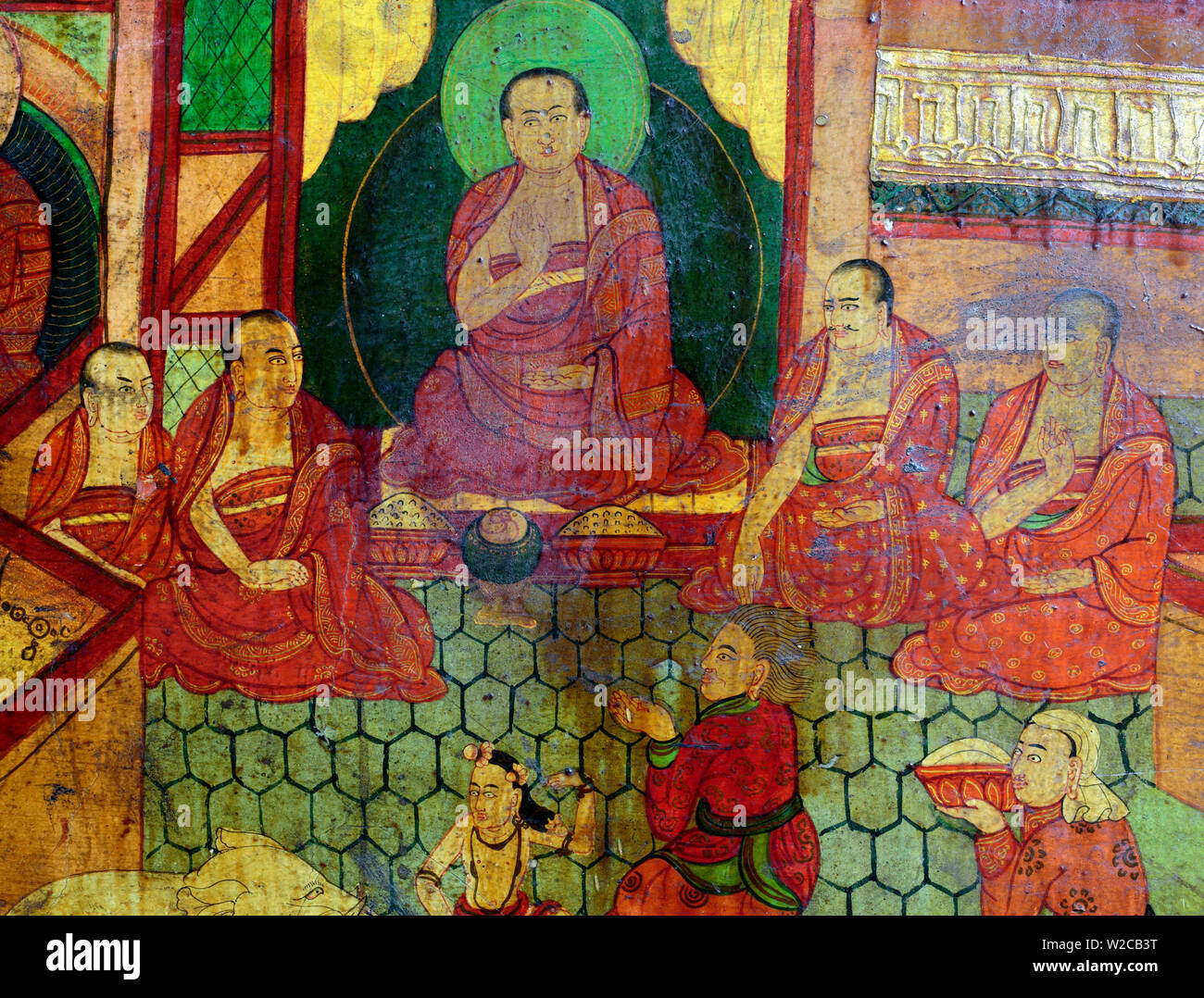 Gonggar Choide Monastery (Gonkar Monastery, Gonkar Dorjeden), Lhoka (Shannan) Prefecture, Tibet, China Stock Photohttps://www.alamy.com/image-license-details/?v=1https://www.alamy.com/gonggar-choide-monastery-gonkar-monastery-gonkar-dorjeden-lhoka-shannan-prefecture-tibet-china-image259656988.html
Gonggar Choide Monastery (Gonkar Monastery, Gonkar Dorjeden), Lhoka (Shannan) Prefecture, Tibet, China Stock Photohttps://www.alamy.com/image-license-details/?v=1https://www.alamy.com/gonggar-choide-monastery-gonkar-monastery-gonkar-dorjeden-lhoka-shannan-prefecture-tibet-china-image259656988.htmlRMW2CB3T–Gonggar Choide Monastery (Gonkar Monastery, Gonkar Dorjeden), Lhoka (Shannan) Prefecture, Tibet, China
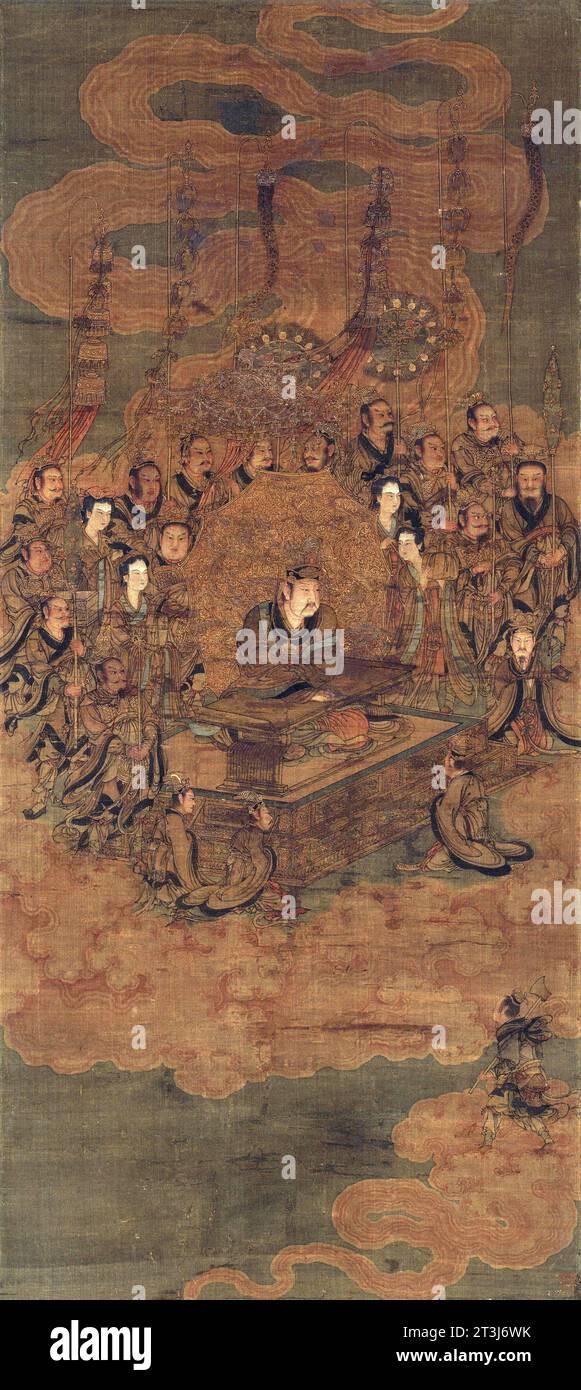 Daoist deity of Heaven, attributed to Wu Daozi Stock Photohttps://www.alamy.com/image-license-details/?v=1https://www.alamy.com/daoist-deity-of-heaven-attributed-to-wu-daozi-image570186671.html
Daoist deity of Heaven, attributed to Wu Daozi Stock Photohttps://www.alamy.com/image-license-details/?v=1https://www.alamy.com/daoist-deity-of-heaven-attributed-to-wu-daozi-image570186671.htmlRM2T3J6WK–Daoist deity of Heaven, attributed to Wu Daozi
 Chinese Deity Stock Photohttps://www.alamy.com/image-license-details/?v=1https://www.alamy.com/chinese-deity-image5076490.html
Chinese Deity Stock Photohttps://www.alamy.com/image-license-details/?v=1https://www.alamy.com/chinese-deity-image5076490.htmlRMANKJ0B–Chinese Deity
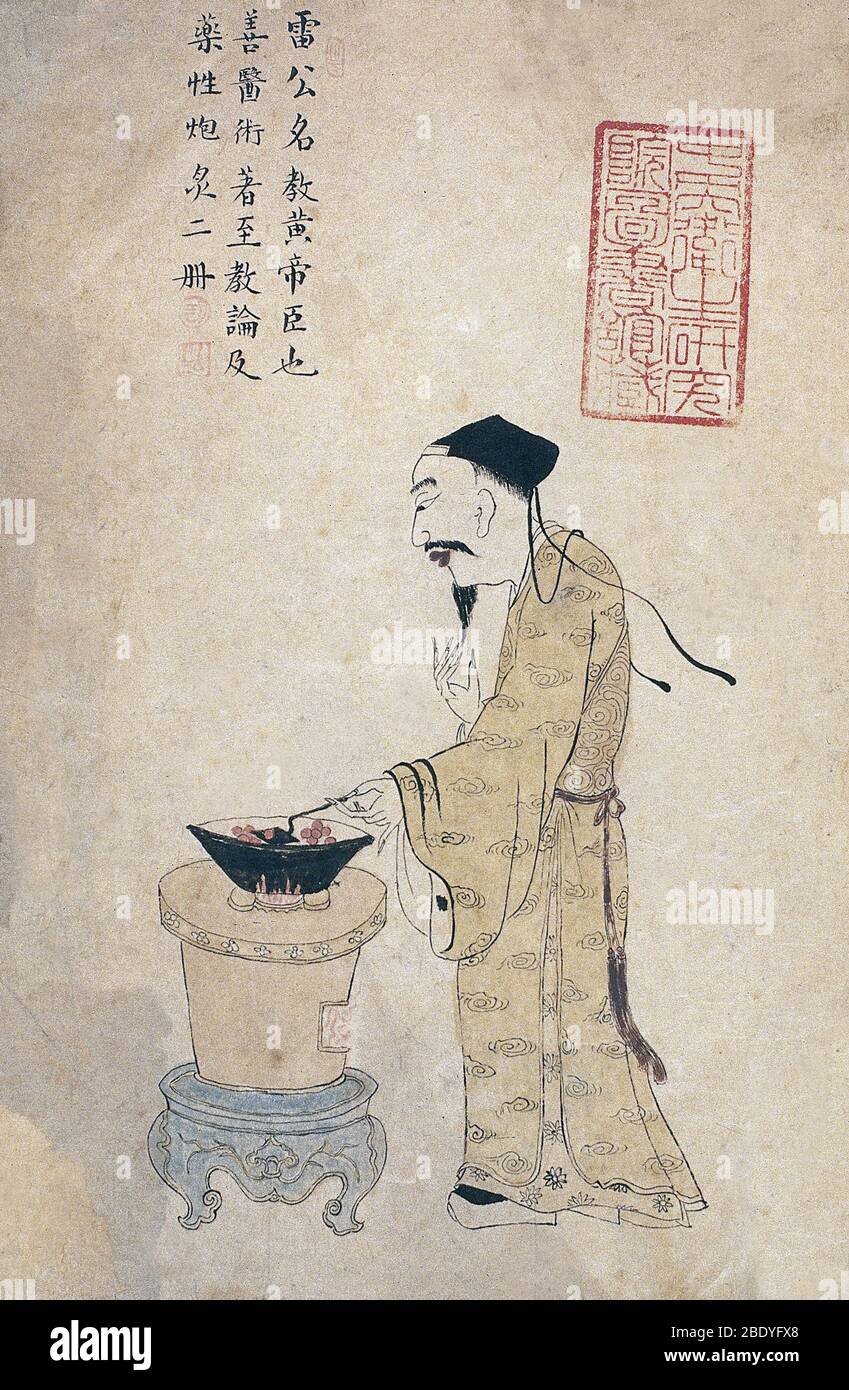 Lei Gong, Legendary Chinese Physician Stock Photohttps://www.alamy.com/image-license-details/?v=1https://www.alamy.com/lei-gong-legendary-chinese-physician-image352803088.html
Lei Gong, Legendary Chinese Physician Stock Photohttps://www.alamy.com/image-license-details/?v=1https://www.alamy.com/lei-gong-legendary-chinese-physician-image352803088.htmlRM2BDYFX8–Lei Gong, Legendary Chinese Physician
 Statues of Chinese deity isolated on white background. Stock Photohttps://www.alamy.com/image-license-details/?v=1https://www.alamy.com/statues-of-chinese-deity-isolated-on-white-background-image68343442.html
Statues of Chinese deity isolated on white background. Stock Photohttps://www.alamy.com/image-license-details/?v=1https://www.alamy.com/statues-of-chinese-deity-isolated-on-white-background-image68343442.htmlRFDY58N6–Statues of Chinese deity isolated on white background.
 Stone Statue of Traditional Chinese Deity at Building Entrance in Shanghai Stock Photohttps://www.alamy.com/image-license-details/?v=1https://www.alamy.com/stone-statue-of-traditional-chinese-deity-at-building-entrance-in-shanghai-image630132956.html
Stone Statue of Traditional Chinese Deity at Building Entrance in Shanghai Stock Photohttps://www.alamy.com/image-license-details/?v=1https://www.alamy.com/stone-statue-of-traditional-chinese-deity-at-building-entrance-in-shanghai-image630132956.htmlRF2YH510C–Stone Statue of Traditional Chinese Deity at Building Entrance in Shanghai
 Jakarta, Indonesia - May 11th, 2024. A serene statue of Chinese deity, Caishen, the god of wealth and prosperity, illuminated within a traditional te Stock Photohttps://www.alamy.com/image-license-details/?v=1https://www.alamy.com/jakarta-indonesia-may-11th-2024-a-serene-statue-of-chinese-deity-caishen-the-god-of-wealth-and-prosperity-illuminated-within-a-traditional-te-image611873900.html
Jakarta, Indonesia - May 11th, 2024. A serene statue of Chinese deity, Caishen, the god of wealth and prosperity, illuminated within a traditional te Stock Photohttps://www.alamy.com/image-license-details/?v=1https://www.alamy.com/jakarta-indonesia-may-11th-2024-a-serene-statue-of-chinese-deity-caishen-the-god-of-wealth-and-prosperity-illuminated-within-a-traditional-te-image611873900.htmlRF2XFD7B8–Jakarta, Indonesia - May 11th, 2024. A serene statue of Chinese deity, Caishen, the god of wealth and prosperity, illuminated within a traditional te
 A Chinese deity displayed at a shrine in Rattanakosin island in Bangkok, Thailand. Stock Photohttps://www.alamy.com/image-license-details/?v=1https://www.alamy.com/stock-image-a-chinese-deity-displayed-at-a-shrine-in-rattanakosin-island-in-bangkok-166219440.html
A Chinese deity displayed at a shrine in Rattanakosin island in Bangkok, Thailand. Stock Photohttps://www.alamy.com/image-license-details/?v=1https://www.alamy.com/stock-image-a-chinese-deity-displayed-at-a-shrine-in-rattanakosin-island-in-bangkok-166219440.htmlRFKJBXGG–A Chinese deity displayed at a shrine in Rattanakosin island in Bangkok, Thailand.
 dh Kwun Yam statue shrine REPULSE BAY HONG KONG Goddess of Mercy tin hau china chinese gods daoist mazu temple sea deity Stock Photohttps://www.alamy.com/image-license-details/?v=1https://www.alamy.com/stock-photo-dh-kwun-yam-statue-shrine-repulse-bay-hong-kong-goddess-of-mercy-tin-43262736.html
dh Kwun Yam statue shrine REPULSE BAY HONG KONG Goddess of Mercy tin hau china chinese gods daoist mazu temple sea deity Stock Photohttps://www.alamy.com/image-license-details/?v=1https://www.alamy.com/stock-photo-dh-kwun-yam-statue-shrine-repulse-bay-hong-kong-goddess-of-mercy-tin-43262736.htmlRMCEAP1M–dh Kwun Yam statue shrine REPULSE BAY HONG KONG Goddess of Mercy tin hau china chinese gods daoist mazu temple sea deity
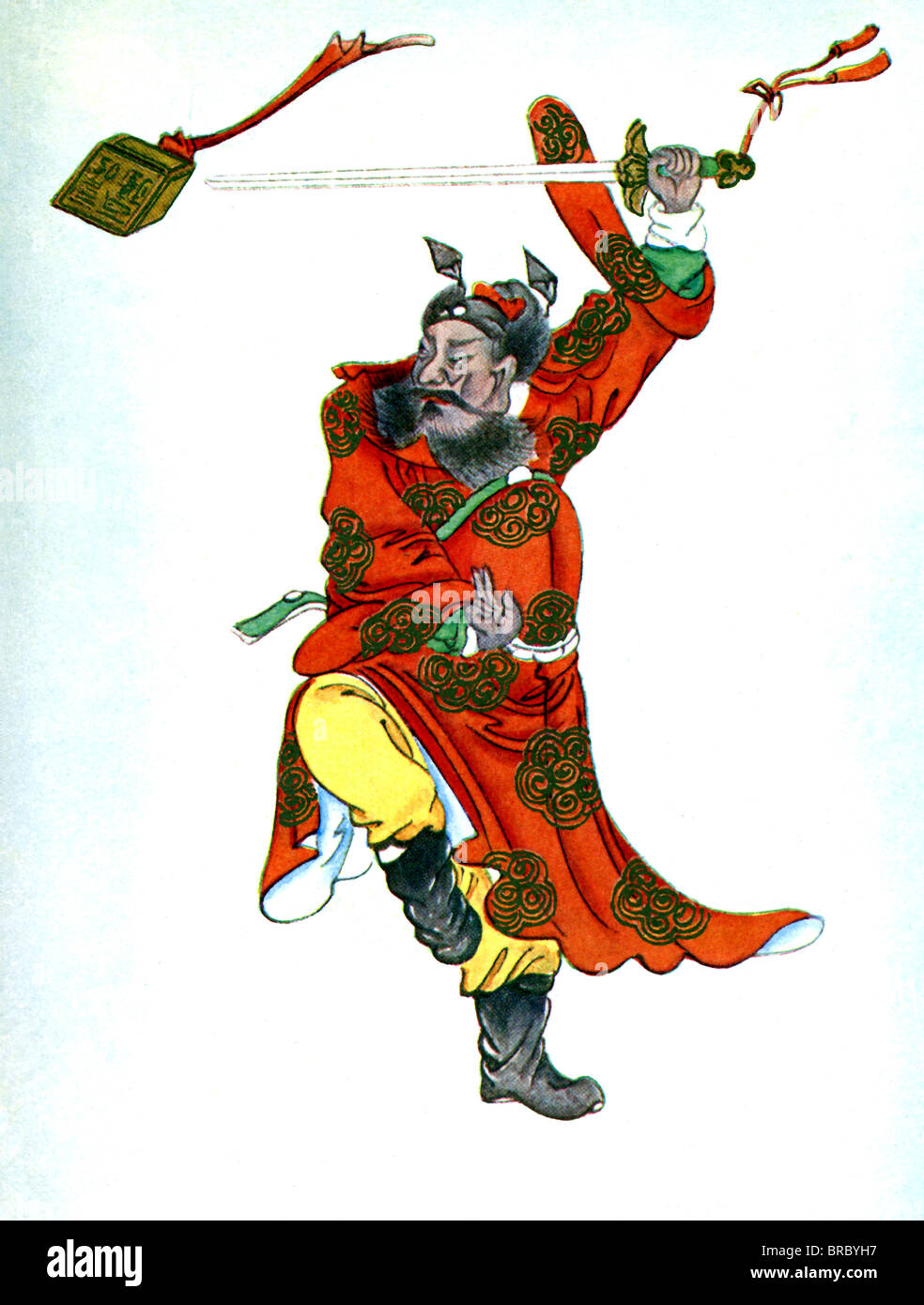 After the scholar Pan Kuan died, he became the Guardian of the Living and the Dead in the Otherworld. Stock Photohttps://www.alamy.com/image-license-details/?v=1https://www.alamy.com/stock-photo-after-the-scholar-pan-kuan-died-he-became-the-guardian-of-the-living-31610579.html
After the scholar Pan Kuan died, he became the Guardian of the Living and the Dead in the Otherworld. Stock Photohttps://www.alamy.com/image-license-details/?v=1https://www.alamy.com/stock-photo-after-the-scholar-pan-kuan-died-he-became-the-guardian-of-the-living-31610579.htmlRFBRBYH7–After the scholar Pan Kuan died, he became the Guardian of the Living and the Dead in the Otherworld.
 Singapore, Door Guardian Qin Shubao and Yuchi Gong ( aka Yuchi Jingde and Hu Jingde ), Thian Hock Keng Taoist Temple. Stock Photohttps://www.alamy.com/image-license-details/?v=1https://www.alamy.com/singapore-door-guardian-qin-shubao-and-yuchi-gong-aka-yuchi-jingde-and-hu-jingde-thian-hock-keng-taoist-temple-image237118429.html
Singapore, Door Guardian Qin Shubao and Yuchi Gong ( aka Yuchi Jingde and Hu Jingde ), Thian Hock Keng Taoist Temple. Stock Photohttps://www.alamy.com/image-license-details/?v=1https://www.alamy.com/singapore-door-guardian-qin-shubao-and-yuchi-gong-aka-yuchi-jingde-and-hu-jingde-thian-hock-keng-taoist-temple-image237118429.htmlRMRNNJY9–Singapore, Door Guardian Qin Shubao and Yuchi Gong ( aka Yuchi Jingde and Hu Jingde ), Thian Hock Keng Taoist Temple.
 An Ethnic Chinese walks past a paper statue of the Chinese deity 'Da Shi Ye' during the Hungry Ghost festival at Kota Damansara in Kuala Lumpur. The Hungry Ghost Festival falls on the 15th day of the seventh lunar month. The Chinese devotees believed the gates of hell are opened during the month and the dead ancestors return to Earth. Stock Photohttps://www.alamy.com/image-license-details/?v=1https://www.alamy.com/an-ethnic-chinese-walks-past-a-paper-statue-of-the-chinese-deity-da-shi-ye-during-the-hungry-ghost-festival-at-kota-damansara-in-kuala-lumpur-the-hungry-ghost-festival-falls-on-the-15th-day-of-the-seventh-lunar-month-the-chinese-devotees-believed-the-gates-of-hell-are-opened-during-the-month-and-the-dead-ancestors-return-to-earth-image477970940.html
An Ethnic Chinese walks past a paper statue of the Chinese deity 'Da Shi Ye' during the Hungry Ghost festival at Kota Damansara in Kuala Lumpur. The Hungry Ghost Festival falls on the 15th day of the seventh lunar month. The Chinese devotees believed the gates of hell are opened during the month and the dead ancestors return to Earth. Stock Photohttps://www.alamy.com/image-license-details/?v=1https://www.alamy.com/an-ethnic-chinese-walks-past-a-paper-statue-of-the-chinese-deity-da-shi-ye-during-the-hungry-ghost-festival-at-kota-damansara-in-kuala-lumpur-the-hungry-ghost-festival-falls-on-the-15th-day-of-the-seventh-lunar-month-the-chinese-devotees-believed-the-gates-of-hell-are-opened-during-the-month-and-the-dead-ancestors-return-to-earth-image477970940.htmlRM2JNHCPM–An Ethnic Chinese walks past a paper statue of the Chinese deity 'Da Shi Ye' during the Hungry Ghost festival at Kota Damansara in Kuala Lumpur. The Hungry Ghost Festival falls on the 15th day of the seventh lunar month. The Chinese devotees believed the gates of hell are opened during the month and the dead ancestors return to Earth.
 Chinese figure of a deity, made of wood, Phat Tich, Chinese temple, Vientiane, Laos, Indochina, Asia Stock Photohttps://www.alamy.com/image-license-details/?v=1https://www.alamy.com/stock-photo-chinese-figure-of-a-deity-made-of-wood-phat-tich-chinese-temple-vientiane-48807651.html
Chinese figure of a deity, made of wood, Phat Tich, Chinese temple, Vientiane, Laos, Indochina, Asia Stock Photohttps://www.alamy.com/image-license-details/?v=1https://www.alamy.com/stock-photo-chinese-figure-of-a-deity-made-of-wood-phat-tich-chinese-temple-vientiane-48807651.htmlRMCRBAJB–Chinese figure of a deity, made of wood, Phat Tich, Chinese temple, Vientiane, Laos, Indochina, Asia
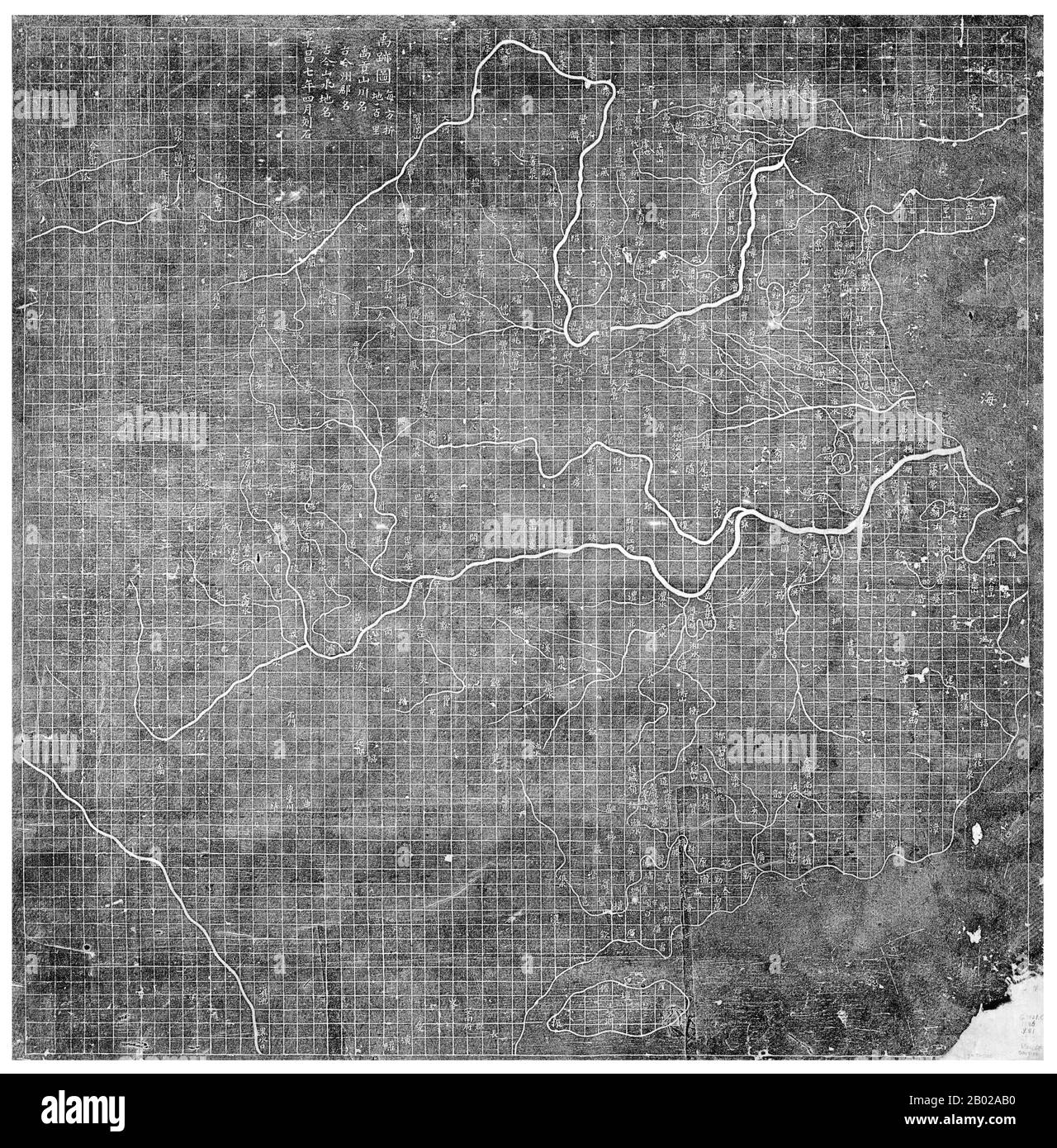 The Yu Ji Tu or 'Map of the Tracks of Yu', carved into stone in 1137, is located in the Stele Forest of Beilin Museum at Xi'an. The 3 ft (0.91 m) squared map features a grid of 100 li squares. China's coastline and river systems are clearly defined and precisely pinpointed on the map. 'Yu' refers to Yu Gong (Yu the Great), a Chinese deity described in the geographical chapter of the Classic of History, dated 5th century BCE. Stock Photohttps://www.alamy.com/image-license-details/?v=1https://www.alamy.com/the-yu-ji-tu-or-map-of-the-tracks-of-yu-carved-into-stone-in-1137-is-located-in-the-stele-forest-of-beilin-museum-at-xian-the-3-ft-091-m-squared-map-features-a-grid-of-100-li-squares-chinas-coastline-and-river-systems-are-clearly-defined-and-precisely-pinpointed-on-the-map-yu-refers-to-yu-gong-yu-the-great-a-chinese-deity-described-in-the-geographical-chapter-of-the-classic-of-history-dated-5th-century-bce-image344259412.html
The Yu Ji Tu or 'Map of the Tracks of Yu', carved into stone in 1137, is located in the Stele Forest of Beilin Museum at Xi'an. The 3 ft (0.91 m) squared map features a grid of 100 li squares. China's coastline and river systems are clearly defined and precisely pinpointed on the map. 'Yu' refers to Yu Gong (Yu the Great), a Chinese deity described in the geographical chapter of the Classic of History, dated 5th century BCE. Stock Photohttps://www.alamy.com/image-license-details/?v=1https://www.alamy.com/the-yu-ji-tu-or-map-of-the-tracks-of-yu-carved-into-stone-in-1137-is-located-in-the-stele-forest-of-beilin-museum-at-xian-the-3-ft-091-m-squared-map-features-a-grid-of-100-li-squares-chinas-coastline-and-river-systems-are-clearly-defined-and-precisely-pinpointed-on-the-map-yu-refers-to-yu-gong-yu-the-great-a-chinese-deity-described-in-the-geographical-chapter-of-the-classic-of-history-dated-5th-century-bce-image344259412.htmlRM2B02AB0–The Yu Ji Tu or 'Map of the Tracks of Yu', carved into stone in 1137, is located in the Stele Forest of Beilin Museum at Xi'an. The 3 ft (0.91 m) squared map features a grid of 100 li squares. China's coastline and river systems are clearly defined and precisely pinpointed on the map. 'Yu' refers to Yu Gong (Yu the Great), a Chinese deity described in the geographical chapter of the Classic of History, dated 5th century BCE.
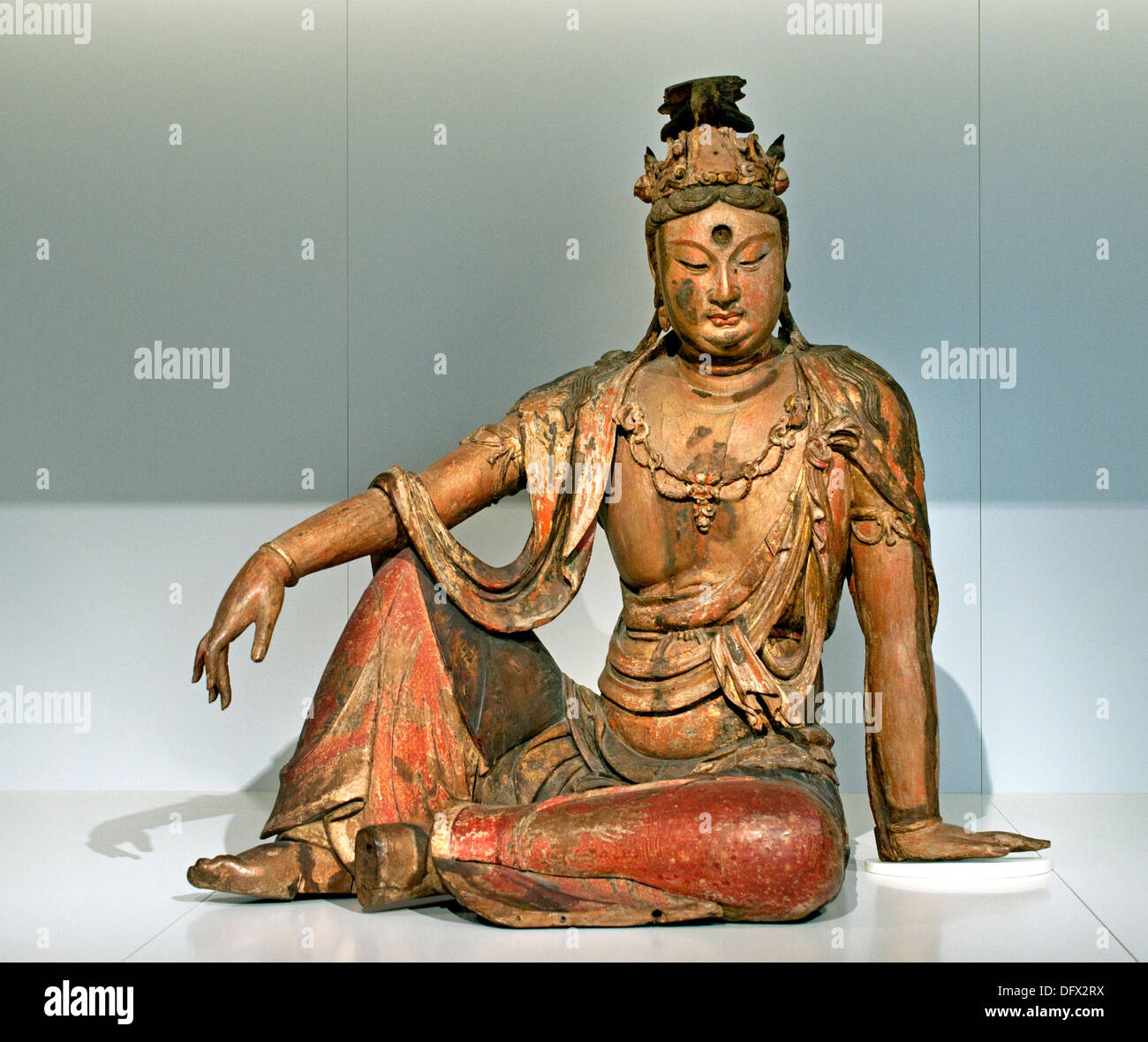 Buddhist deity Guanyin ( Saviour of people in peril ) Chinese China Shanxi 12 th Century Museum Stock Photohttps://www.alamy.com/image-license-details/?v=1https://www.alamy.com/buddhist-deity-guanyin-saviour-of-people-in-peril-chinese-china-shanxi-image61423934.html
Buddhist deity Guanyin ( Saviour of people in peril ) Chinese China Shanxi 12 th Century Museum Stock Photohttps://www.alamy.com/image-license-details/?v=1https://www.alamy.com/buddhist-deity-guanyin-saviour-of-people-in-peril-chinese-china-shanxi-image61423934.htmlRMDFX2RX–Buddhist deity Guanyin ( Saviour of people in peril ) Chinese China Shanxi 12 th Century Museum
 Chinese deity figure. Guanyin. Chinese pagoda. temple Interior, ornate ceiling, Romance of the Three Kingdoms. Culture centre. Pattaya Thailand. Asia Stock Photohttps://www.alamy.com/image-license-details/?v=1https://www.alamy.com/chinese-deity-figure-guanyin-chinese-pagoda-temple-interior-ornate-image159048532.html
Chinese deity figure. Guanyin. Chinese pagoda. temple Interior, ornate ceiling, Romance of the Three Kingdoms. Culture centre. Pattaya Thailand. Asia Stock Photohttps://www.alamy.com/image-license-details/?v=1https://www.alamy.com/chinese-deity-figure-guanyin-chinese-pagoda-temple-interior-ornate-image159048532.htmlRMK6N80M–Chinese deity figure. Guanyin. Chinese pagoda. temple Interior, ornate ceiling, Romance of the Three Kingdoms. Culture centre. Pattaya Thailand. Asia
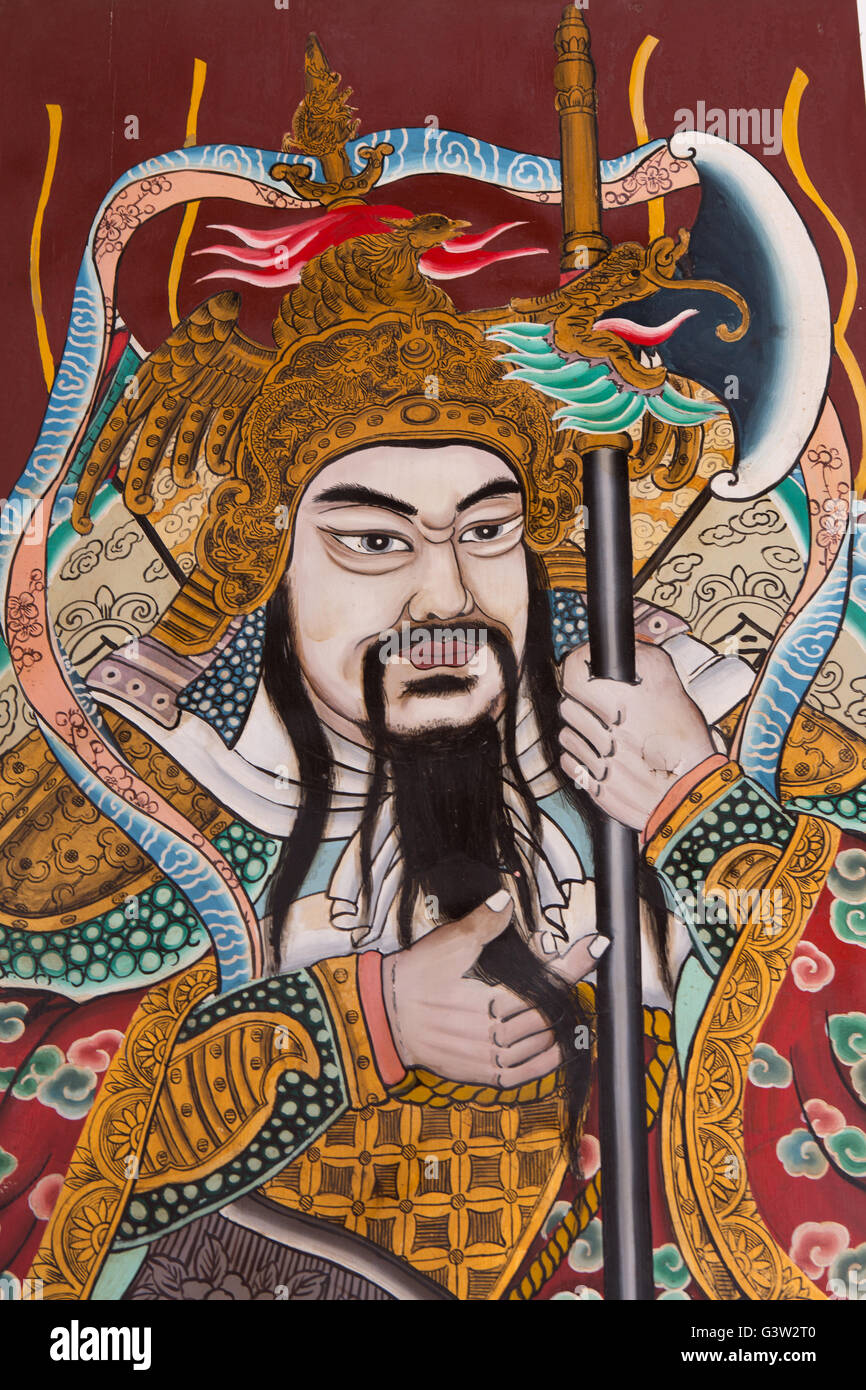 Chinese temple god Stock Photohttps://www.alamy.com/image-license-details/?v=1https://www.alamy.com/stock-photo-chinese-temple-god-105657216.html
Chinese temple god Stock Photohttps://www.alamy.com/image-license-details/?v=1https://www.alamy.com/stock-photo-chinese-temple-god-105657216.htmlRFG3W2T0–Chinese temple god
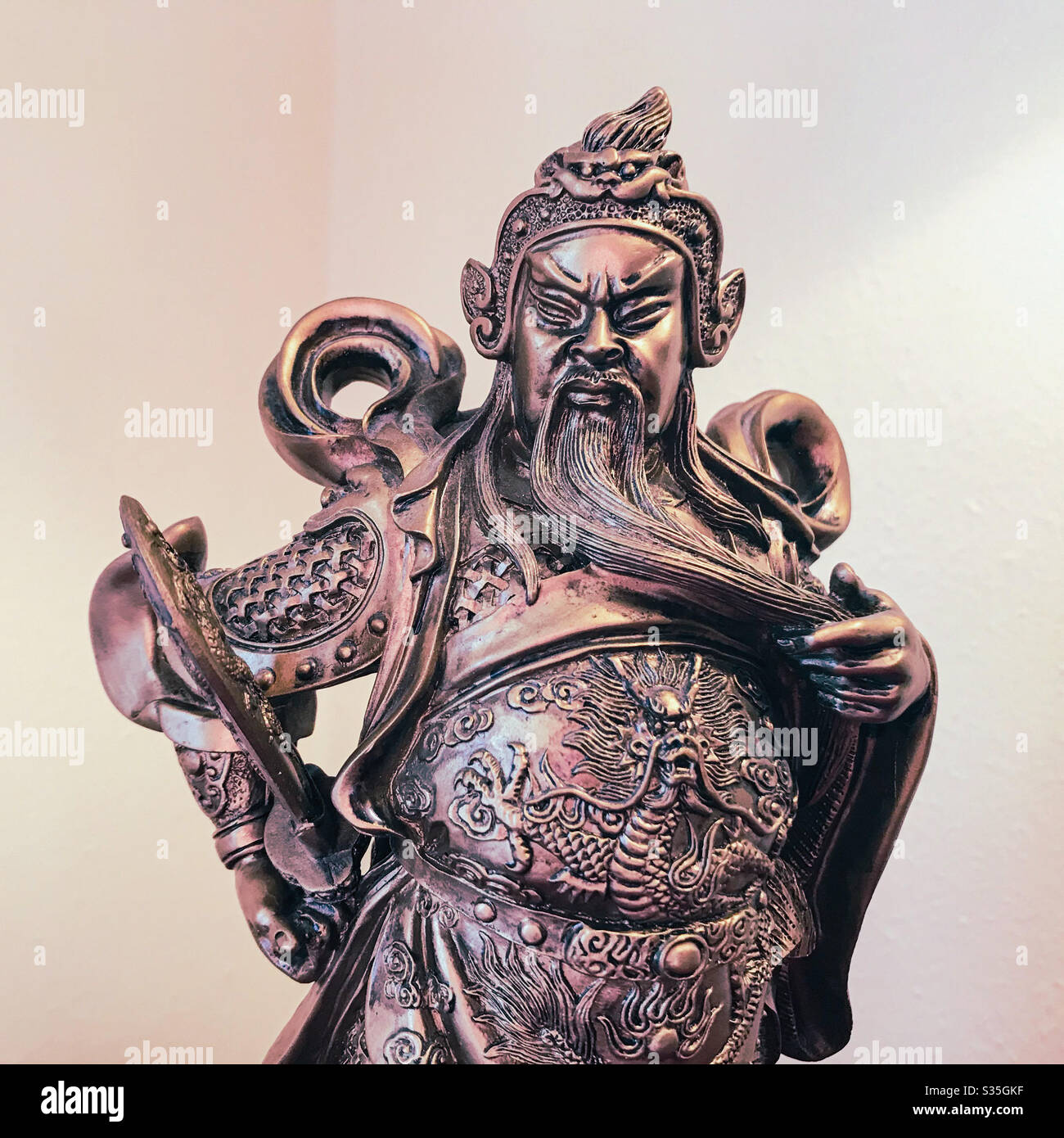 A closeup photo of the traditional Chinese deity Kwan Kung Stock Photohttps://www.alamy.com/image-license-details/?v=1https://www.alamy.com/a-closeup-photo-of-the-traditional-chinese-deity-kwan-kung-image311753443.html
A closeup photo of the traditional Chinese deity Kwan Kung Stock Photohttps://www.alamy.com/image-license-details/?v=1https://www.alamy.com/a-closeup-photo-of-the-traditional-chinese-deity-kwan-kung-image311753443.htmlRMS35GKF–A closeup photo of the traditional Chinese deity Kwan Kung
 Sin Sze Si Ya Chinese Taoist Temple Chinatown Kuala Lumpur Malaysia man burning incense traditional Chinese deity worship Stock Photohttps://www.alamy.com/image-license-details/?v=1https://www.alamy.com/stock-photo-sin-sze-si-ya-chinese-taoist-temple-chinatown-kuala-lumpur-malaysia-32204331.html
Sin Sze Si Ya Chinese Taoist Temple Chinatown Kuala Lumpur Malaysia man burning incense traditional Chinese deity worship Stock Photohttps://www.alamy.com/image-license-details/?v=1https://www.alamy.com/stock-photo-sin-sze-si-ya-chinese-taoist-temple-chinatown-kuala-lumpur-malaysia-32204331.htmlRMBTB0XK–Sin Sze Si Ya Chinese Taoist Temple Chinatown Kuala Lumpur Malaysia man burning incense traditional Chinese deity worship
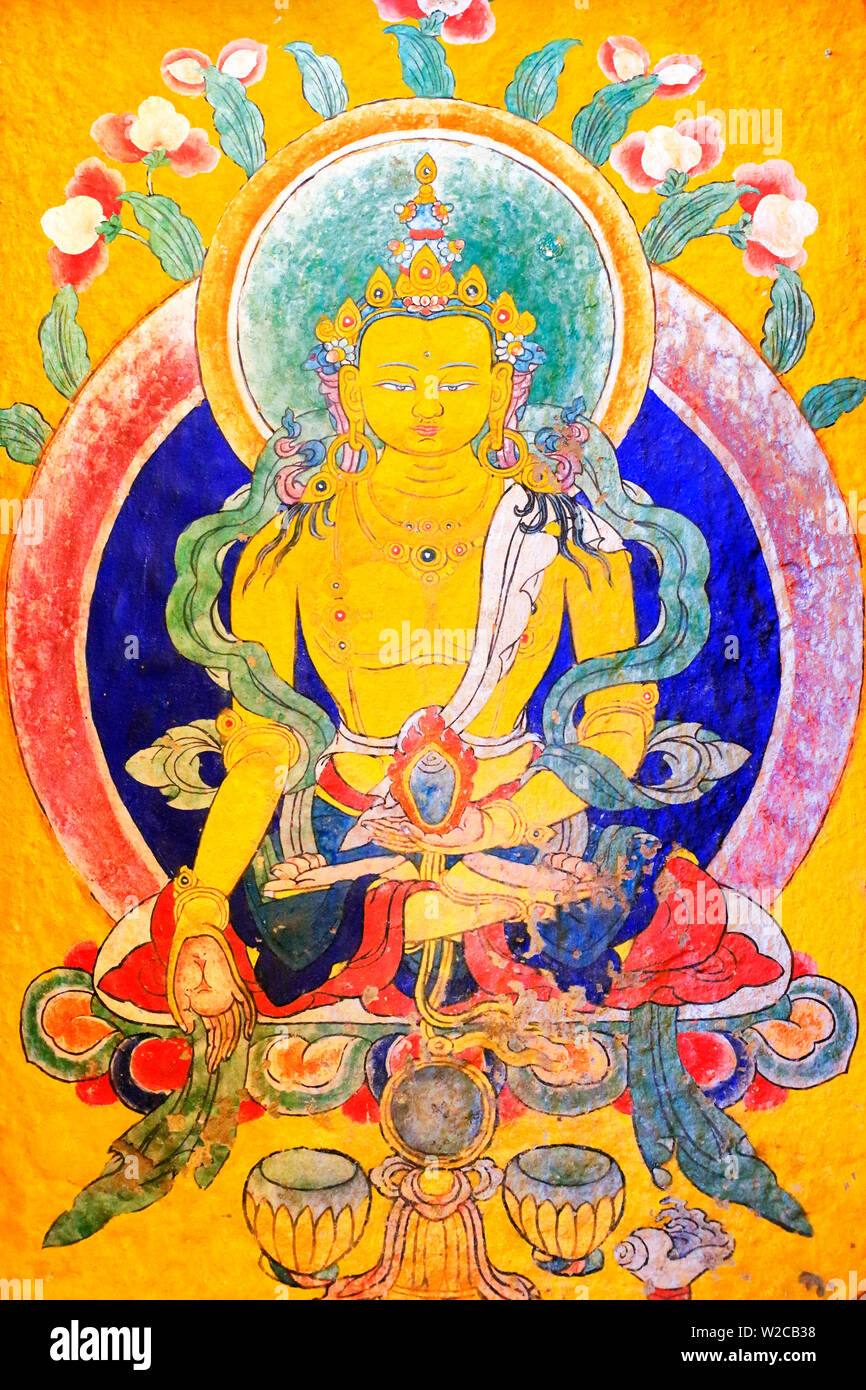 Utse temple, Samye Monastery (Samye Gompa), Dranang, Shannan Prefecture, Tibet, China Stock Photohttps://www.alamy.com/image-license-details/?v=1https://www.alamy.com/utse-temple-samye-monastery-samye-gompa-dranang-shannan-prefecture-tibet-china-image259656972.html
Utse temple, Samye Monastery (Samye Gompa), Dranang, Shannan Prefecture, Tibet, China Stock Photohttps://www.alamy.com/image-license-details/?v=1https://www.alamy.com/utse-temple-samye-monastery-samye-gompa-dranang-shannan-prefecture-tibet-china-image259656972.htmlRMW2CB38–Utse temple, Samye Monastery (Samye Gompa), Dranang, Shannan Prefecture, Tibet, China
 Tibeto-Chinese. Deity from a Set of Five Pancharaksha Goddesses. 1801–1900. China. Gilt copper alloy with lapis, coral and malachite Stock Photohttps://www.alamy.com/image-license-details/?v=1https://www.alamy.com/tibeto-chinese-deity-from-a-set-of-five-pancharaksha-goddesses-18011900-china-gilt-copper-alloy-with-lapis-coral-and-malachite-image337946696.html
Tibeto-Chinese. Deity from a Set of Five Pancharaksha Goddesses. 1801–1900. China. Gilt copper alloy with lapis, coral and malachite Stock Photohttps://www.alamy.com/image-license-details/?v=1https://www.alamy.com/tibeto-chinese-deity-from-a-set-of-five-pancharaksha-goddesses-18011900-china-gilt-copper-alloy-with-lapis-coral-and-malachite-image337946696.htmlRM2AHPPCT–Tibeto-Chinese. Deity from a Set of Five Pancharaksha Goddesses. 1801–1900. China. Gilt copper alloy with lapis, coral and malachite
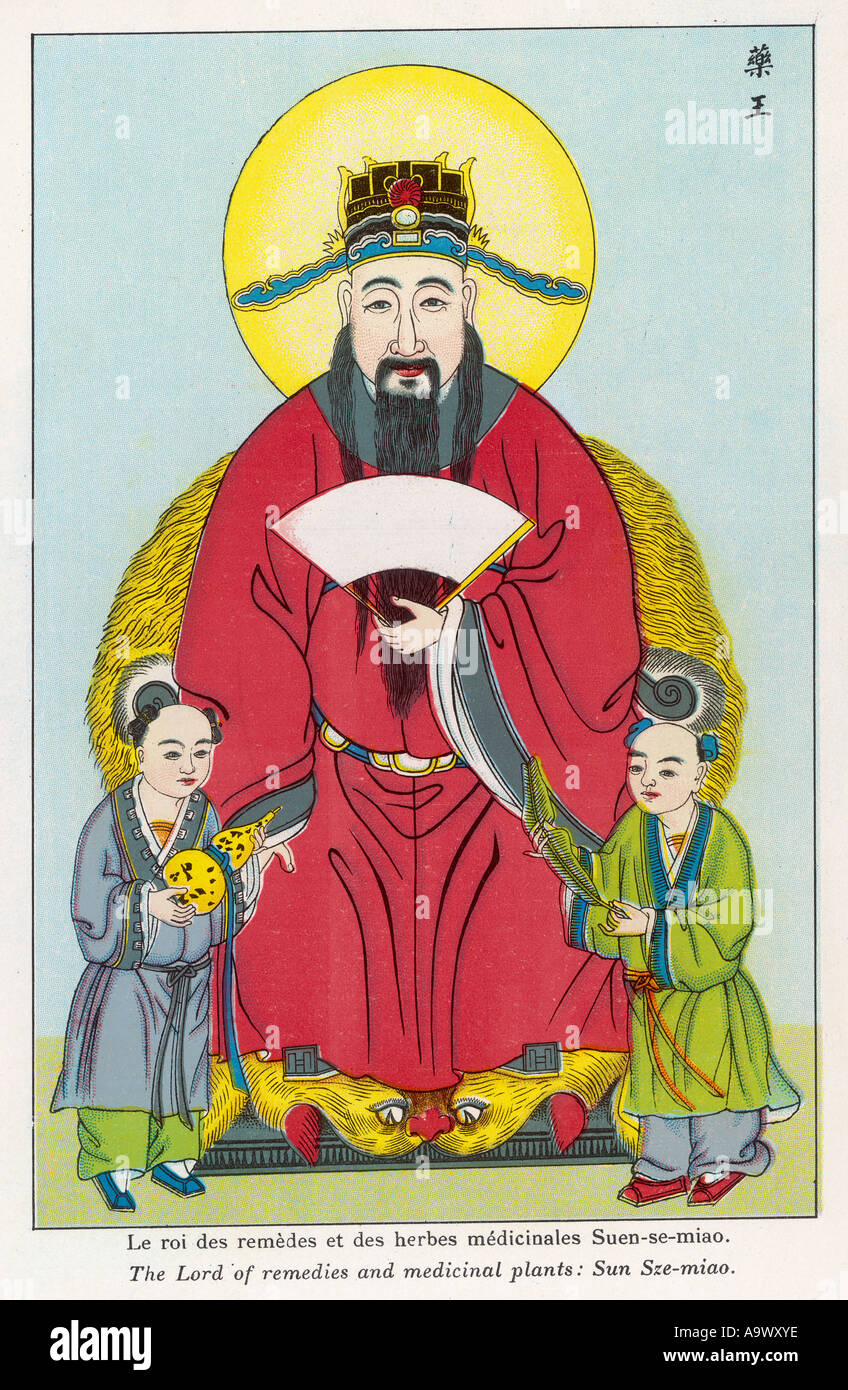 Plants Herbs General Stock Photohttps://www.alamy.com/image-license-details/?v=1https://www.alamy.com/plants-herbs-general-image7114045.html
Plants Herbs General Stock Photohttps://www.alamy.com/image-license-details/?v=1https://www.alamy.com/plants-herbs-general-image7114045.htmlRMA9WXYE–Plants Herbs General
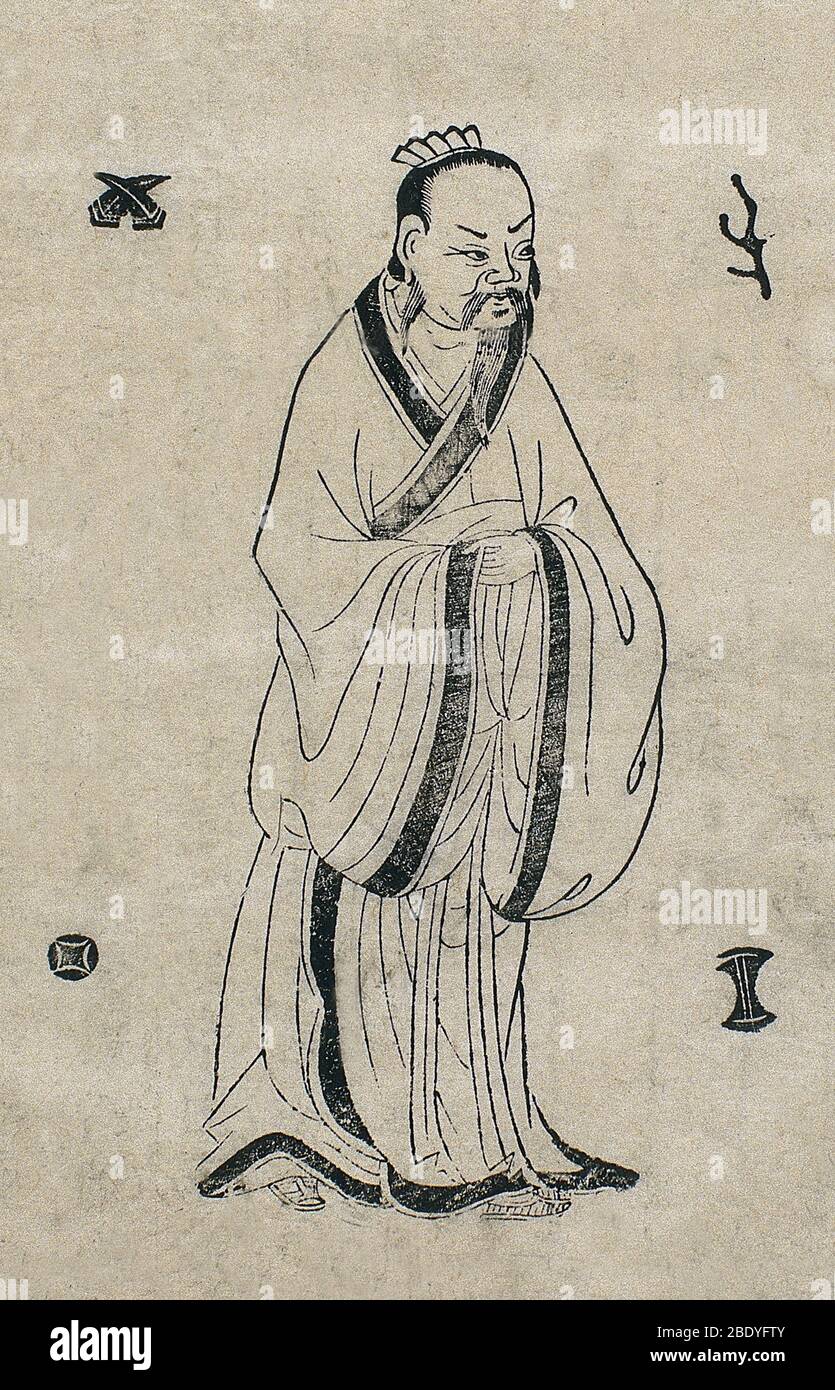 Lei Gong, Legendary Chinese Physician Stock Photohttps://www.alamy.com/image-license-details/?v=1https://www.alamy.com/lei-gong-legendary-chinese-physician-image352803051.html
Lei Gong, Legendary Chinese Physician Stock Photohttps://www.alamy.com/image-license-details/?v=1https://www.alamy.com/lei-gong-legendary-chinese-physician-image352803051.htmlRM2BDYFTY–Lei Gong, Legendary Chinese Physician
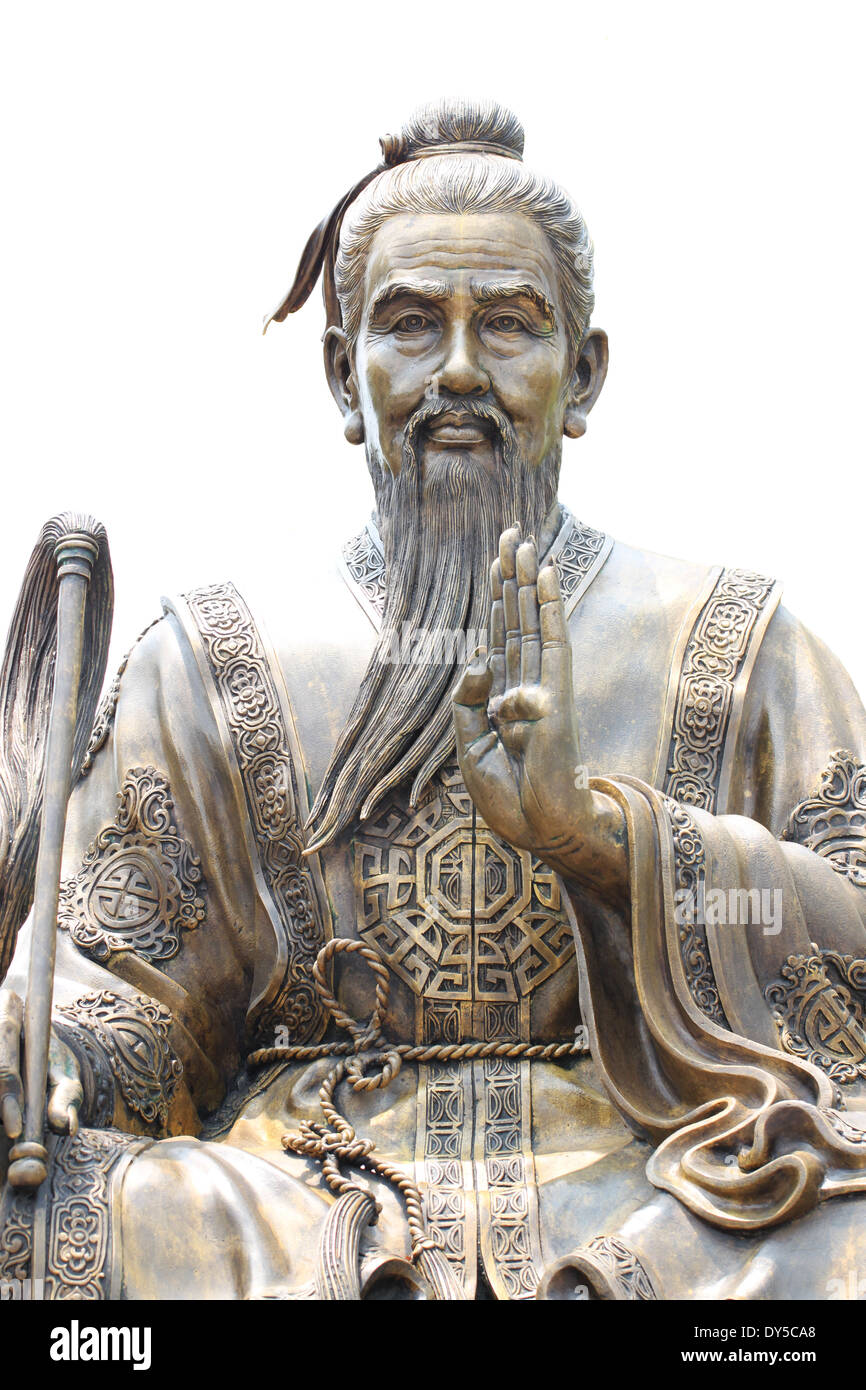 Statues of Chinese deity isolated on white background. Stock Photohttps://www.alamy.com/image-license-details/?v=1https://www.alamy.com/statues-of-chinese-deity-isolated-on-white-background-image68346272.html
Statues of Chinese deity isolated on white background. Stock Photohttps://www.alamy.com/image-license-details/?v=1https://www.alamy.com/statues-of-chinese-deity-isolated-on-white-background-image68346272.htmlRFDY5CA8–Statues of Chinese deity isolated on white background.
 Kuala Lumpur, Malaysia. 14th Aug, 2024. The statue of the Chinese deity 'Da Shi Ye' or 'Guardian God of Ghosts' is seen during the Hungry Ghost festival at Kota Damansara. The Hungry Ghost Festival falls on the 15th day of the seventh lunar month. The Chinese devotees believed that the gates of hell open and ghosts roam the human world during the month. (Photo by Vivian Lo/SOPA Images/Sipa USA) Credit: Sipa USA/Alamy Live News Stock Photohttps://www.alamy.com/image-license-details/?v=1https://www.alamy.com/kuala-lumpur-malaysia-14th-aug-2024-the-statue-of-the-chinese-deity-da-shi-ye-or-guardian-god-of-ghosts-is-seen-during-the-hungry-ghost-festival-at-kota-damansara-the-hungry-ghost-festival-falls-on-the-15th-day-of-the-seventh-lunar-month-the-chinese-devotees-believed-that-the-gates-of-hell-open-and-ghosts-roam-the-human-world-during-the-month-photo-by-vivian-losopa-imagessipa-usa-credit-sipa-usaalamy-live-news-image617916117.html
Kuala Lumpur, Malaysia. 14th Aug, 2024. The statue of the Chinese deity 'Da Shi Ye' or 'Guardian God of Ghosts' is seen during the Hungry Ghost festival at Kota Damansara. The Hungry Ghost Festival falls on the 15th day of the seventh lunar month. The Chinese devotees believed that the gates of hell open and ghosts roam the human world during the month. (Photo by Vivian Lo/SOPA Images/Sipa USA) Credit: Sipa USA/Alamy Live News Stock Photohttps://www.alamy.com/image-license-details/?v=1https://www.alamy.com/kuala-lumpur-malaysia-14th-aug-2024-the-statue-of-the-chinese-deity-da-shi-ye-or-guardian-god-of-ghosts-is-seen-during-the-hungry-ghost-festival-at-kota-damansara-the-hungry-ghost-festival-falls-on-the-15th-day-of-the-seventh-lunar-month-the-chinese-devotees-believed-that-the-gates-of-hell-open-and-ghosts-roam-the-human-world-during-the-month-photo-by-vivian-losopa-imagessipa-usa-credit-sipa-usaalamy-live-news-image617916117.htmlRM2XW8E8N–Kuala Lumpur, Malaysia. 14th Aug, 2024. The statue of the Chinese deity 'Da Shi Ye' or 'Guardian God of Ghosts' is seen during the Hungry Ghost festival at Kota Damansara. The Hungry Ghost Festival falls on the 15th day of the seventh lunar month. The Chinese devotees believed that the gates of hell open and ghosts roam the human world during the month. (Photo by Vivian Lo/SOPA Images/Sipa USA) Credit: Sipa USA/Alamy Live News
 Kuala Lumpur, Malaysia. 1st Jan, 2000. Ethnic Chinese parade a Paper statue of the Chinese deity ''Da Shi Ye'' during the Hungry Ghost Festival at Kota Damansara in Kuala Lumpur. The Hungry Ghost Festival is celebrated in the seventh lunar month of the Chinese calendar. According to Taoist traditions, devotees believe ghosts are granted freedom to roam the Earth during this month. (Credit Image: © Calvin Pan/SOPA Images via ZUMA Press Wire) Stock Photohttps://www.alamy.com/image-license-details/?v=1https://www.alamy.com/kuala-lumpur-malaysia-1st-jan-2000-ethnic-chinese-parade-a-paper-statue-of-the-chinese-deity-da-shi-ye-during-the-hungry-ghost-festival-at-kota-damansara-in-kuala-lumpur-the-hungry-ghost-festival-is-celebrated-in-the-seventh-lunar-month-of-the-chinese-calendar-according-to-taoist-traditions-devotees-believe-ghosts-are-granted-freedom-to-roam-the-earth-during-this-month-credit-image-calvin-pansopa-images-via-zuma-press-wire-image477885303.html
Kuala Lumpur, Malaysia. 1st Jan, 2000. Ethnic Chinese parade a Paper statue of the Chinese deity ''Da Shi Ye'' during the Hungry Ghost Festival at Kota Damansara in Kuala Lumpur. The Hungry Ghost Festival is celebrated in the seventh lunar month of the Chinese calendar. According to Taoist traditions, devotees believe ghosts are granted freedom to roam the Earth during this month. (Credit Image: © Calvin Pan/SOPA Images via ZUMA Press Wire) Stock Photohttps://www.alamy.com/image-license-details/?v=1https://www.alamy.com/kuala-lumpur-malaysia-1st-jan-2000-ethnic-chinese-parade-a-paper-statue-of-the-chinese-deity-da-shi-ye-during-the-hungry-ghost-festival-at-kota-damansara-in-kuala-lumpur-the-hungry-ghost-festival-is-celebrated-in-the-seventh-lunar-month-of-the-chinese-calendar-according-to-taoist-traditions-devotees-believe-ghosts-are-granted-freedom-to-roam-the-earth-during-this-month-credit-image-calvin-pansopa-images-via-zuma-press-wire-image477885303.htmlRM2JNDFG7–Kuala Lumpur, Malaysia. 1st Jan, 2000. Ethnic Chinese parade a Paper statue of the Chinese deity ''Da Shi Ye'' during the Hungry Ghost Festival at Kota Damansara in Kuala Lumpur. The Hungry Ghost Festival is celebrated in the seventh lunar month of the Chinese calendar. According to Taoist traditions, devotees believe ghosts are granted freedom to roam the Earth during this month. (Credit Image: © Calvin Pan/SOPA Images via ZUMA Press Wire)
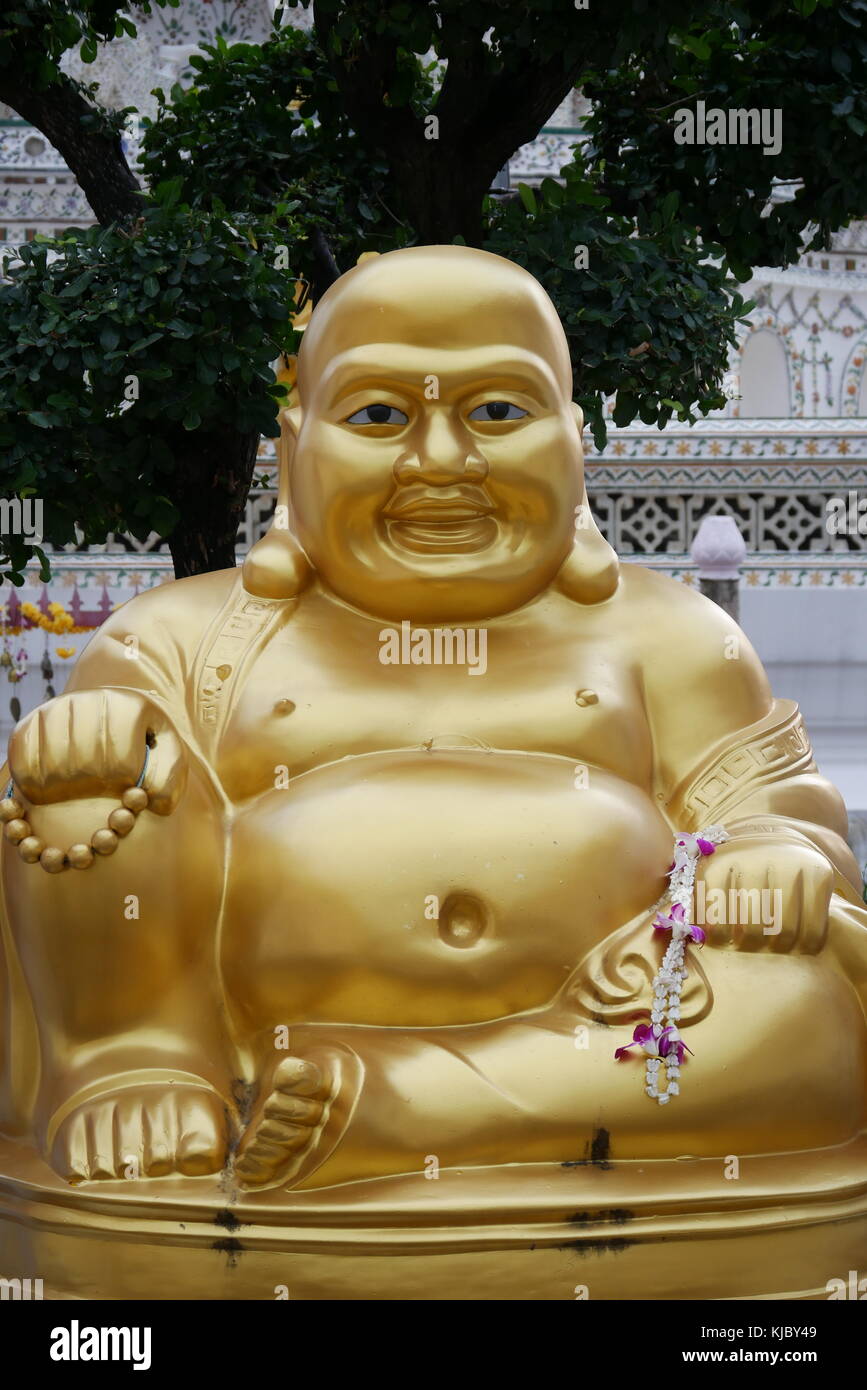 A Laughing Buddha golden statue, a Chinese deity known as Budai, Hotei or Pu-Tai, sits in front of Wat Arun temple in Bangkok. Stock Photohttps://www.alamy.com/image-license-details/?v=1https://www.alamy.com/stock-image-a-laughing-buddha-golden-statue-a-chinese-deity-known-as-budai-hotei-166219881.html
A Laughing Buddha golden statue, a Chinese deity known as Budai, Hotei or Pu-Tai, sits in front of Wat Arun temple in Bangkok. Stock Photohttps://www.alamy.com/image-license-details/?v=1https://www.alamy.com/stock-image-a-laughing-buddha-golden-statue-a-chinese-deity-known-as-budai-hotei-166219881.htmlRFKJBY49–A Laughing Buddha golden statue, a Chinese deity known as Budai, Hotei or Pu-Tai, sits in front of Wat Arun temple in Bangkok.
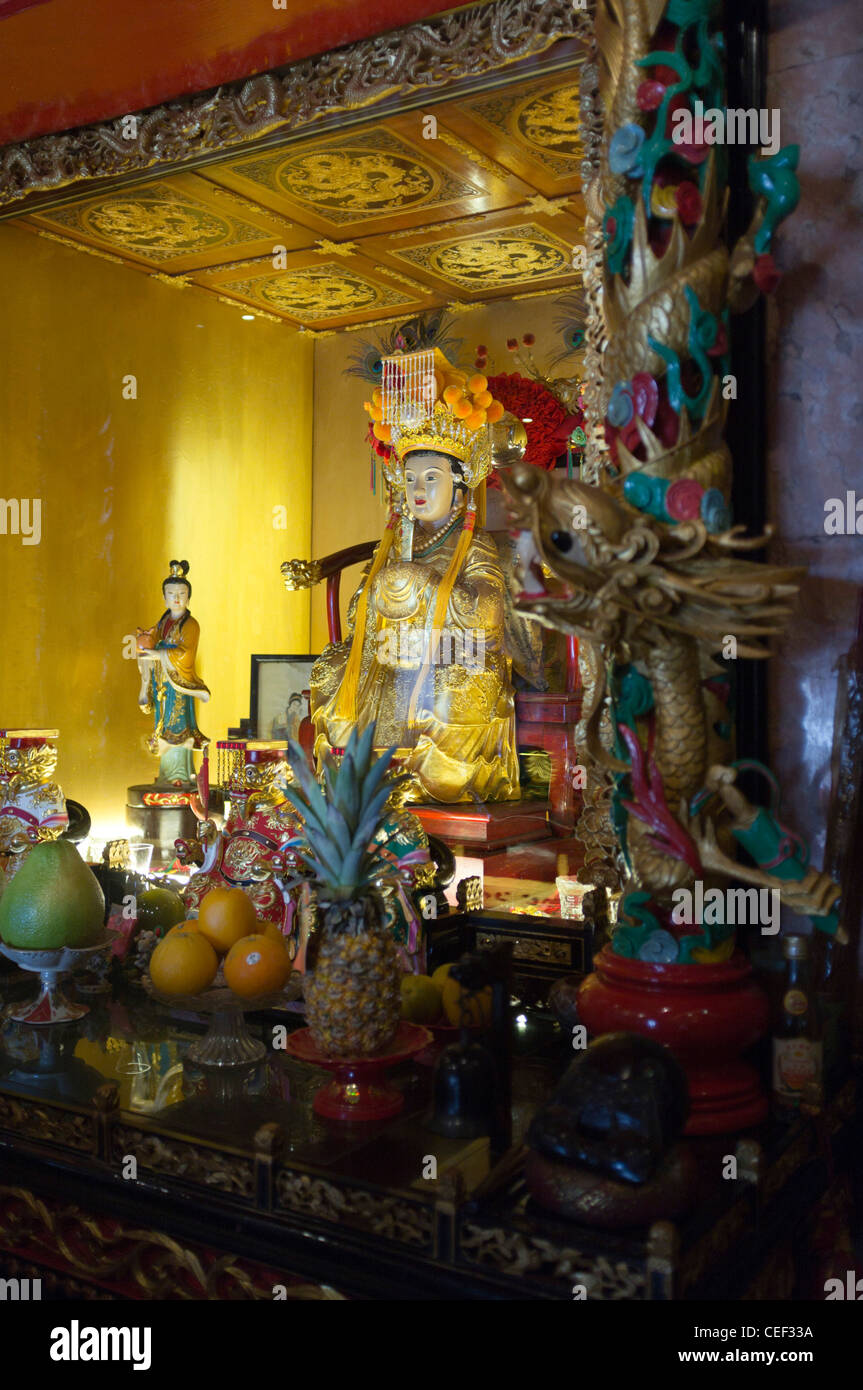 dh Tung Wan PENG CHAU ISLAND HONG KONG Gift shrine Sea Goddess Mother of Dragons Chinese Lung Mo Temple china taoism deities daoism taoist woman deity Stock Photohttps://www.alamy.com/image-license-details/?v=1https://www.alamy.com/stock-photo-dh-tung-wan-peng-chau-island-hong-kong-gift-shrine-sea-goddess-mother-43357646.html
dh Tung Wan PENG CHAU ISLAND HONG KONG Gift shrine Sea Goddess Mother of Dragons Chinese Lung Mo Temple china taoism deities daoism taoist woman deity Stock Photohttps://www.alamy.com/image-license-details/?v=1https://www.alamy.com/stock-photo-dh-tung-wan-peng-chau-island-hong-kong-gift-shrine-sea-goddess-mother-43357646.htmlRMCEF33A–dh Tung Wan PENG CHAU ISLAND HONG KONG Gift shrine Sea Goddess Mother of Dragons Chinese Lung Mo Temple china taoism deities daoism taoist woman deity
 Seated Figure of the Daoist Deity, Emperor Guan (Guan di), Chinese, Ming dynasty, 1368–1644, Wanli period, 1573–1619, through Chongzhen period, 1628–1644, early 17th century, Bronze with gilding, Made in China, Asia, Metalwork, sculpture, 14 3/4 x 8 1/4 x 5 1/4 in. (37.5 x 21 x 13.3 cm Stock Photohttps://www.alamy.com/image-license-details/?v=1https://www.alamy.com/seated-figure-of-the-daoist-deity-emperor-guan-guan-di-chinese-ming-dynasty-13681644-wanli-period-15731619-through-chongzhen-period-16281644-early-17th-century-bronze-with-gilding-made-in-china-asia-metalwork-sculpture-14-34-x-8-14-x-5-14-in-375-x-21-x-133-cm-image454294376.html
Seated Figure of the Daoist Deity, Emperor Guan (Guan di), Chinese, Ming dynasty, 1368–1644, Wanli period, 1573–1619, through Chongzhen period, 1628–1644, early 17th century, Bronze with gilding, Made in China, Asia, Metalwork, sculpture, 14 3/4 x 8 1/4 x 5 1/4 in. (37.5 x 21 x 13.3 cm Stock Photohttps://www.alamy.com/image-license-details/?v=1https://www.alamy.com/seated-figure-of-the-daoist-deity-emperor-guan-guan-di-chinese-ming-dynasty-13681644-wanli-period-15731619-through-chongzhen-period-16281644-early-17th-century-bronze-with-gilding-made-in-china-asia-metalwork-sculpture-14-34-x-8-14-x-5-14-in-375-x-21-x-133-cm-image454294376.htmlRM2HB2W34–Seated Figure of the Daoist Deity, Emperor Guan (Guan di), Chinese, Ming dynasty, 1368–1644, Wanli period, 1573–1619, through Chongzhen period, 1628–1644, early 17th century, Bronze with gilding, Made in China, Asia, Metalwork, sculpture, 14 3/4 x 8 1/4 x 5 1/4 in. (37.5 x 21 x 13.3 cm
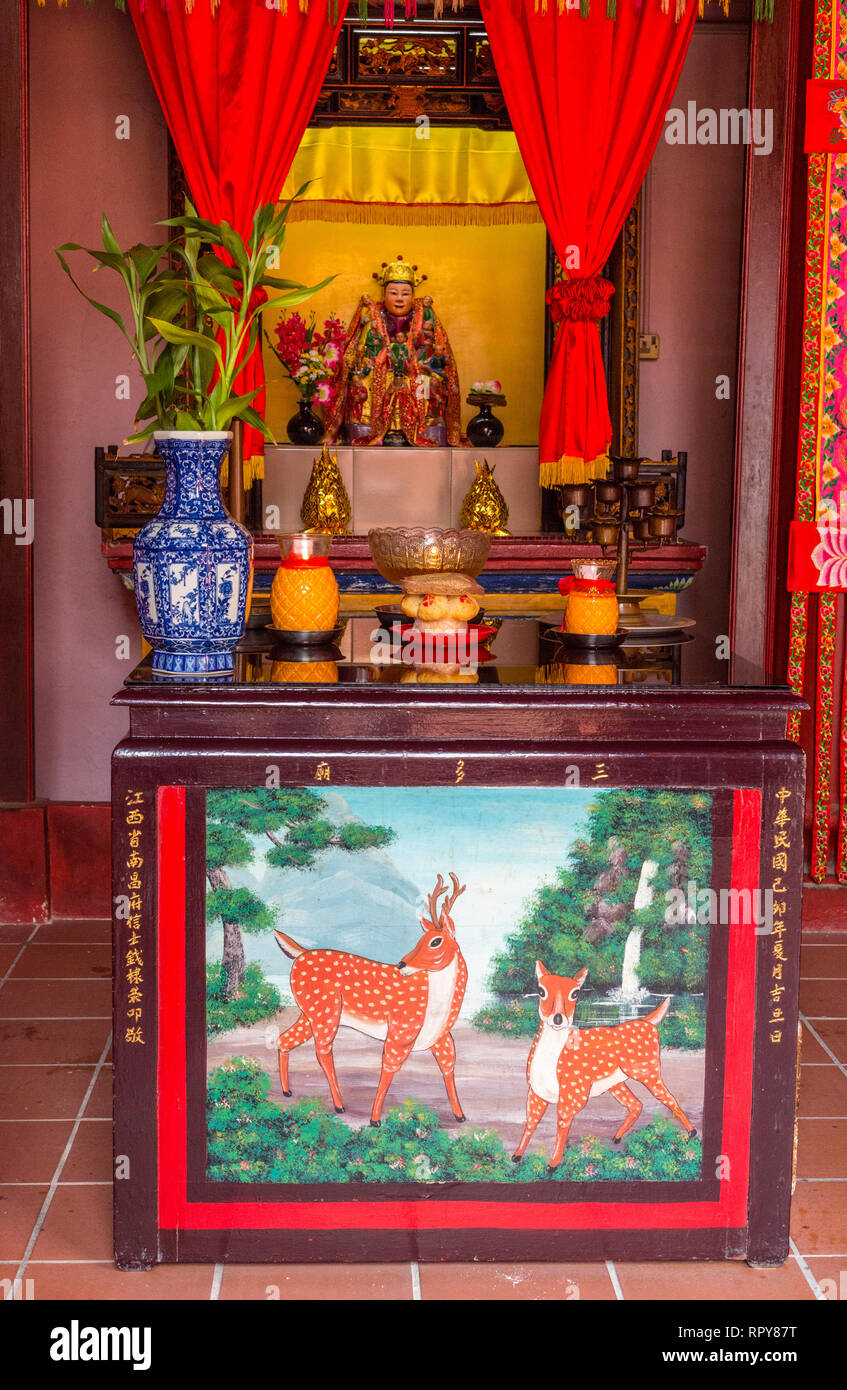 Altar and Deity in the San Duo Chinese Temple, Melaka, Malaysia. Stock Photohttps://www.alamy.com/image-license-details/?v=1https://www.alamy.com/altar-and-deity-in-the-san-duo-chinese-temple-melaka-malaysia-image237856412.html
Altar and Deity in the San Duo Chinese Temple, Melaka, Malaysia. Stock Photohttps://www.alamy.com/image-license-details/?v=1https://www.alamy.com/altar-and-deity-in-the-san-duo-chinese-temple-melaka-malaysia-image237856412.htmlRMRPY87T–Altar and Deity in the San Duo Chinese Temple, Melaka, Malaysia.
 Devotees lit candles in front of a paper statue of the Chinese deity 'Da Shi Ye' during the Hungry Ghost festival at Kota Damansara in Kuala Lumpur. The Hungry Ghost Festival falls on the 15th day of the seventh lunar month. The Chinese devotees believed the gates of hell are opened during the month and the dead ancestors return to Earth. Stock Photohttps://www.alamy.com/image-license-details/?v=1https://www.alamy.com/devotees-lit-candles-in-front-of-a-paper-statue-of-the-chinese-deity-da-shi-ye-during-the-hungry-ghost-festival-at-kota-damansara-in-kuala-lumpur-the-hungry-ghost-festival-falls-on-the-15th-day-of-the-seventh-lunar-month-the-chinese-devotees-believed-the-gates-of-hell-are-opened-during-the-month-and-the-dead-ancestors-return-to-earth-image477970943.html
Devotees lit candles in front of a paper statue of the Chinese deity 'Da Shi Ye' during the Hungry Ghost festival at Kota Damansara in Kuala Lumpur. The Hungry Ghost Festival falls on the 15th day of the seventh lunar month. The Chinese devotees believed the gates of hell are opened during the month and the dead ancestors return to Earth. Stock Photohttps://www.alamy.com/image-license-details/?v=1https://www.alamy.com/devotees-lit-candles-in-front-of-a-paper-statue-of-the-chinese-deity-da-shi-ye-during-the-hungry-ghost-festival-at-kota-damansara-in-kuala-lumpur-the-hungry-ghost-festival-falls-on-the-15th-day-of-the-seventh-lunar-month-the-chinese-devotees-believed-the-gates-of-hell-are-opened-during-the-month-and-the-dead-ancestors-return-to-earth-image477970943.htmlRM2JNHCPR–Devotees lit candles in front of a paper statue of the Chinese deity 'Da Shi Ye' during the Hungry Ghost festival at Kota Damansara in Kuala Lumpur. The Hungry Ghost Festival falls on the 15th day of the seventh lunar month. The Chinese devotees believed the gates of hell are opened during the month and the dead ancestors return to Earth.
 Art inspired by Buddhist deity Vajradhara in union with his consort Prajnaparamita, 1403–24, probably Chinese or Tibetan, Gilt brass with copper base and applied color., Height: 28.6 cm., Metalwork, Classic works modernized by Artotop with a splash of modernity. Shapes, color and value, eye-catching visual impact on art. Emotions through freedom of artworks in a contemporary way. A timeless message pursuing a wildly creative new direction. Artists turning to the digital medium and creating the Artotop NFT Stock Photohttps://www.alamy.com/image-license-details/?v=1https://www.alamy.com/art-inspired-by-buddhist-deity-vajradhara-in-union-with-his-consort-prajnaparamita-140324-probably-chinese-or-tibetan-gilt-brass-with-copper-base-and-applied-color-height-286-cm-metalwork-classic-works-modernized-by-artotop-with-a-splash-of-modernity-shapes-color-and-value-eye-catching-visual-impact-on-art-emotions-through-freedom-of-artworks-in-a-contemporary-way-a-timeless-message-pursuing-a-wildly-creative-new-direction-artists-turning-to-the-digital-medium-and-creating-the-artotop-nft-image463031698.html
Art inspired by Buddhist deity Vajradhara in union with his consort Prajnaparamita, 1403–24, probably Chinese or Tibetan, Gilt brass with copper base and applied color., Height: 28.6 cm., Metalwork, Classic works modernized by Artotop with a splash of modernity. Shapes, color and value, eye-catching visual impact on art. Emotions through freedom of artworks in a contemporary way. A timeless message pursuing a wildly creative new direction. Artists turning to the digital medium and creating the Artotop NFT Stock Photohttps://www.alamy.com/image-license-details/?v=1https://www.alamy.com/art-inspired-by-buddhist-deity-vajradhara-in-union-with-his-consort-prajnaparamita-140324-probably-chinese-or-tibetan-gilt-brass-with-copper-base-and-applied-color-height-286-cm-metalwork-classic-works-modernized-by-artotop-with-a-splash-of-modernity-shapes-color-and-value-eye-catching-visual-impact-on-art-emotions-through-freedom-of-artworks-in-a-contemporary-way-a-timeless-message-pursuing-a-wildly-creative-new-direction-artists-turning-to-the-digital-medium-and-creating-the-artotop-nft-image463031698.htmlRF2HW8WJA–Art inspired by Buddhist deity Vajradhara in union with his consort Prajnaparamita, 1403–24, probably Chinese or Tibetan, Gilt brass with copper base and applied color., Height: 28.6 cm., Metalwork, Classic works modernized by Artotop with a splash of modernity. Shapes, color and value, eye-catching visual impact on art. Emotions through freedom of artworks in a contemporary way. A timeless message pursuing a wildly creative new direction. Artists turning to the digital medium and creating the Artotop NFT
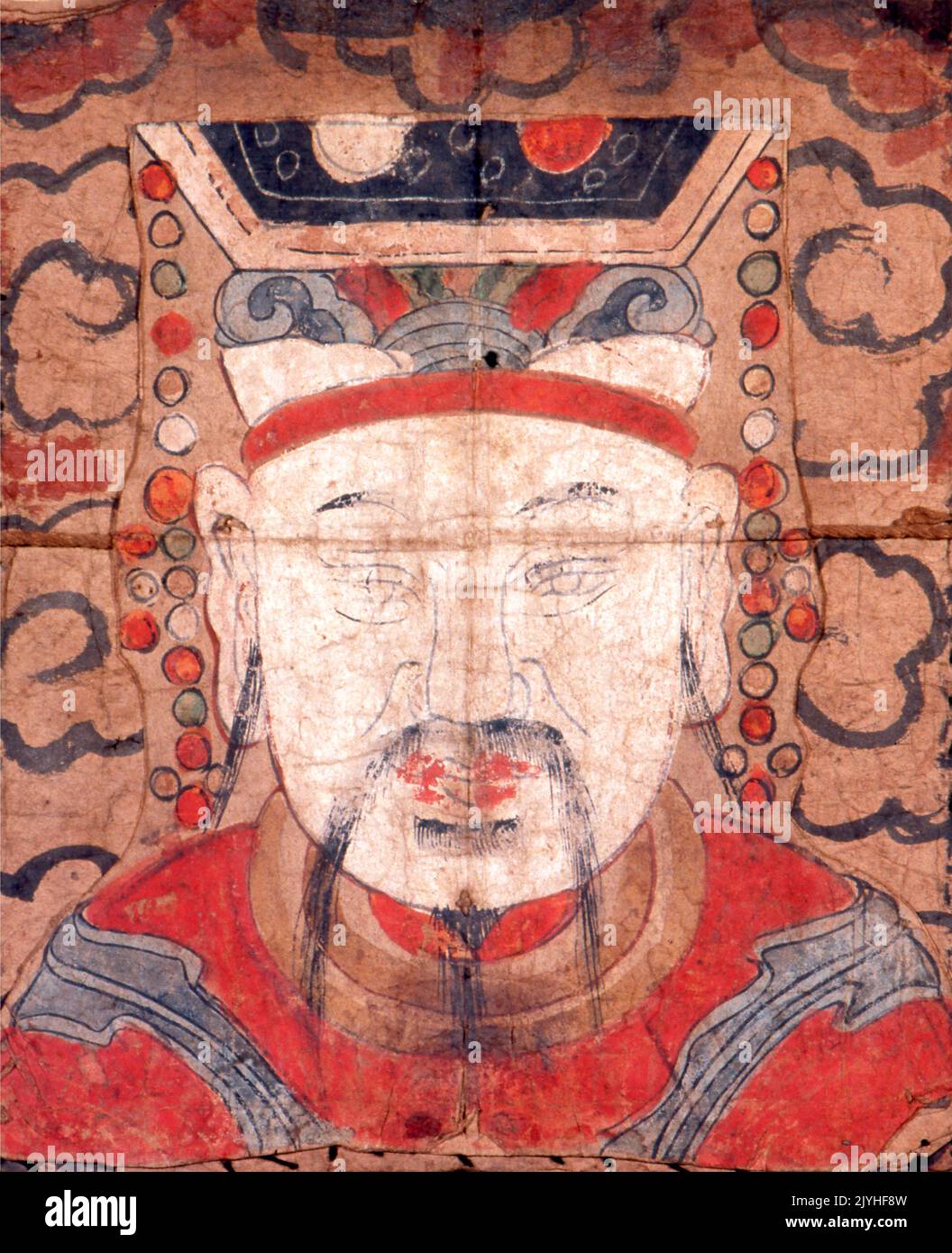 Thailand / China: Chinese deity in a Yao mien fang painting, one of the Yao pantheon. The Yao nationality (its majority branch is known as Mien) is a government classification for various minorities in China. They form one of the 55 ethnic minority groups officially recognized by the People's Republic of China, where they reside in the mountainous terrain of the southwest and south. They also form one of the 54 ethnic groups officially recognized by Vietnam. In the last census, they numbered 2,637,421 in China, and roughly 470,000 in Vietnam. In Thailand they number 40,000 and in Laos 20,000. Stock Photohttps://www.alamy.com/image-license-details/?v=1https://www.alamy.com/thailand-china-chinese-deity-in-a-yao-mien-fang-painting-one-of-the-yao-pantheon-the-yao-nationality-its-majority-branch-is-known-as-mien-is-a-government-classification-for-various-minorities-in-china-they-form-one-of-the-55-ethnic-minority-groups-officially-recognized-by-the-peoples-republic-of-china-where-they-reside-in-the-mountainous-terrain-of-the-southwest-and-south-they-also-form-one-of-the-54-ethnic-groups-officially-recognized-by-vietnam-in-the-last-census-they-numbered-2637421-in-china-and-roughly-470000-in-vietnam-in-thailand-they-number-40000-and-in-laos-20000-image481660841.html
Thailand / China: Chinese deity in a Yao mien fang painting, one of the Yao pantheon. The Yao nationality (its majority branch is known as Mien) is a government classification for various minorities in China. They form one of the 55 ethnic minority groups officially recognized by the People's Republic of China, where they reside in the mountainous terrain of the southwest and south. They also form one of the 54 ethnic groups officially recognized by Vietnam. In the last census, they numbered 2,637,421 in China, and roughly 470,000 in Vietnam. In Thailand they number 40,000 and in Laos 20,000. Stock Photohttps://www.alamy.com/image-license-details/?v=1https://www.alamy.com/thailand-china-chinese-deity-in-a-yao-mien-fang-painting-one-of-the-yao-pantheon-the-yao-nationality-its-majority-branch-is-known-as-mien-is-a-government-classification-for-various-minorities-in-china-they-form-one-of-the-55-ethnic-minority-groups-officially-recognized-by-the-peoples-republic-of-china-where-they-reside-in-the-mountainous-terrain-of-the-southwest-and-south-they-also-form-one-of-the-54-ethnic-groups-officially-recognized-by-vietnam-in-the-last-census-they-numbered-2637421-in-china-and-roughly-470000-in-vietnam-in-thailand-they-number-40000-and-in-laos-20000-image481660841.htmlRM2JYHF8W–Thailand / China: Chinese deity in a Yao mien fang painting, one of the Yao pantheon. The Yao nationality (its majority branch is known as Mien) is a government classification for various minorities in China. They form one of the 55 ethnic minority groups officially recognized by the People's Republic of China, where they reside in the mountainous terrain of the southwest and south. They also form one of the 54 ethnic groups officially recognized by Vietnam. In the last census, they numbered 2,637,421 in China, and roughly 470,000 in Vietnam. In Thailand they number 40,000 and in Laos 20,000.
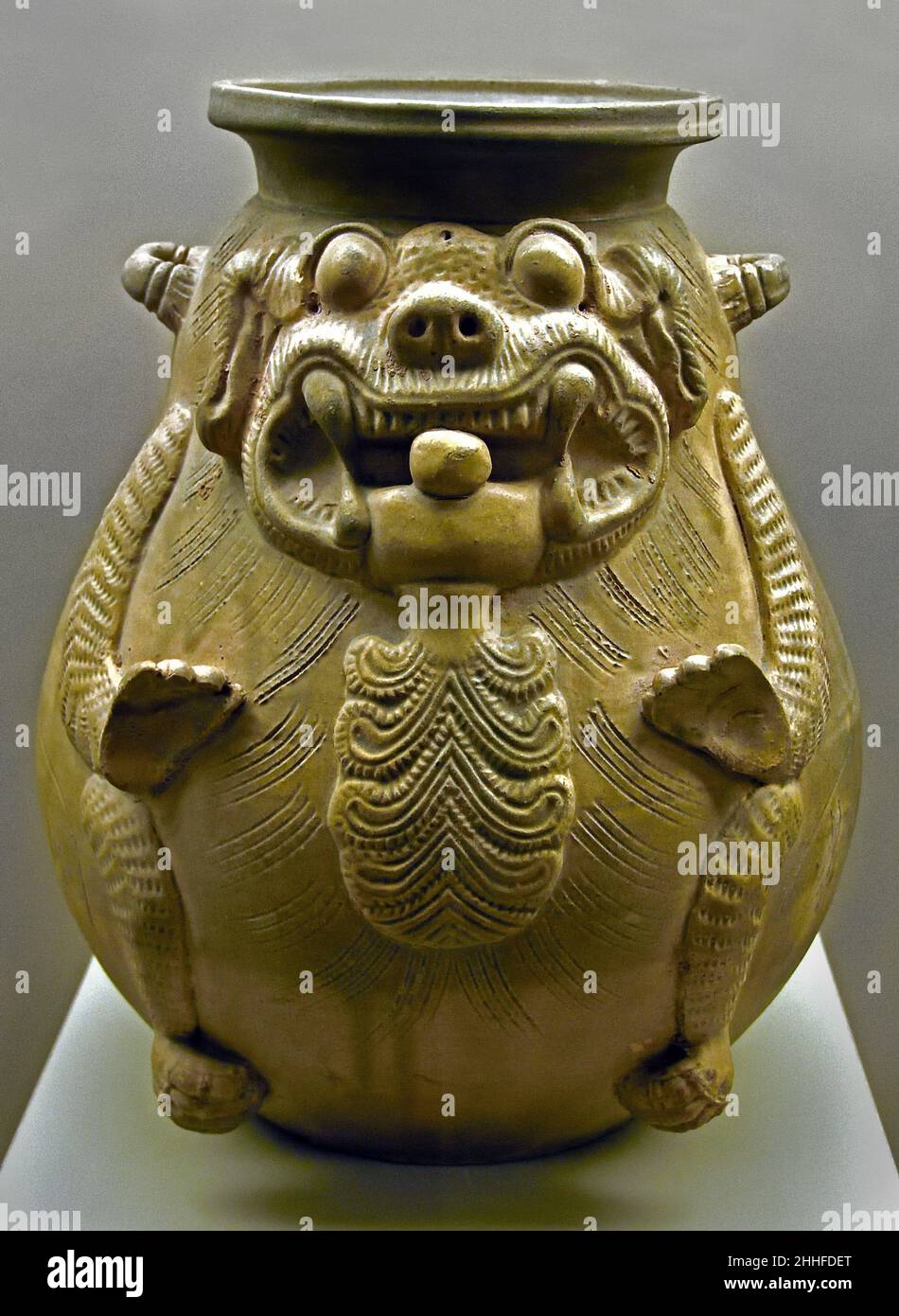 Mythical beast ( a tomb guardian ) Henan, Western Jin 3rd century A.D. China, Chinese. Stock Photohttps://www.alamy.com/image-license-details/?v=1https://www.alamy.com/mythical-beast-a-tomb-guardian-henan-western-jin-3rd-century-ad-china-chinese-image458258608.html
Mythical beast ( a tomb guardian ) Henan, Western Jin 3rd century A.D. China, Chinese. Stock Photohttps://www.alamy.com/image-license-details/?v=1https://www.alamy.com/mythical-beast-a-tomb-guardian-henan-western-jin-3rd-century-ad-china-chinese-image458258608.htmlRM2HHFDET–Mythical beast ( a tomb guardian ) Henan, Western Jin 3rd century A.D. China, Chinese.
 Interior of a Chinese Temple with a Chinese Deity Stock Photohttps://www.alamy.com/image-license-details/?v=1https://www.alamy.com/stock-image-interior-of-a-chinese-temple-with-a-chinese-deity-163857610.html
Interior of a Chinese Temple with a Chinese Deity Stock Photohttps://www.alamy.com/image-license-details/?v=1https://www.alamy.com/stock-image-interior-of-a-chinese-temple-with-a-chinese-deity-163857610.htmlRFKEGA1E–Interior of a Chinese Temple with a Chinese Deity
 Chinese deity statues at a Hong Kong temple Stock Photohttps://www.alamy.com/image-license-details/?v=1https://www.alamy.com/stock-photo-chinese-deity-statues-at-a-hong-kong-temple-72689625.html
Chinese deity statues at a Hong Kong temple Stock Photohttps://www.alamy.com/image-license-details/?v=1https://www.alamy.com/stock-photo-chinese-deity-statues-at-a-hong-kong-temple-72689625.htmlRFE678A1–Chinese deity statues at a Hong Kong temple
 Statue of The Jade Emperor, or Heavenly Grandfather sitting in a sea of dragons, a deity of Chinese mytology at the peak at Hat Yai Municipality Park Stock Photohttps://www.alamy.com/image-license-details/?v=1https://www.alamy.com/statue-of-the-jade-emperor-or-heavenly-grandfather-sitting-in-a-sea-of-dragons-a-deity-of-chinese-mytology-at-the-peak-at-hat-yai-municipality-park-image593816963.html
Statue of The Jade Emperor, or Heavenly Grandfather sitting in a sea of dragons, a deity of Chinese mytology at the peak at Hat Yai Municipality Park Stock Photohttps://www.alamy.com/image-license-details/?v=1https://www.alamy.com/statue-of-the-jade-emperor-or-heavenly-grandfather-sitting-in-a-sea-of-dragons-a-deity-of-chinese-mytology-at-the-peak-at-hat-yai-municipality-park-image593816963.htmlRF2WE2KGK–Statue of The Jade Emperor, or Heavenly Grandfather sitting in a sea of dragons, a deity of Chinese mytology at the peak at Hat Yai Municipality Park
 Sin Sze Si Ya Chinese Taoist Temple Chinatown Kuala Lumpur Malaysia man burning incense traditional Chinese deity worship Stock Photohttps://www.alamy.com/image-license-details/?v=1https://www.alamy.com/stock-photo-sin-sze-si-ya-chinese-taoist-temple-chinatown-kuala-lumpur-malaysia-32202756.html
Sin Sze Si Ya Chinese Taoist Temple Chinatown Kuala Lumpur Malaysia man burning incense traditional Chinese deity worship Stock Photohttps://www.alamy.com/image-license-details/?v=1https://www.alamy.com/stock-photo-sin-sze-si-ya-chinese-taoist-temple-chinatown-kuala-lumpur-malaysia-32202756.htmlRMBTAXXC–Sin Sze Si Ya Chinese Taoist Temple Chinatown Kuala Lumpur Malaysia man burning incense traditional Chinese deity worship
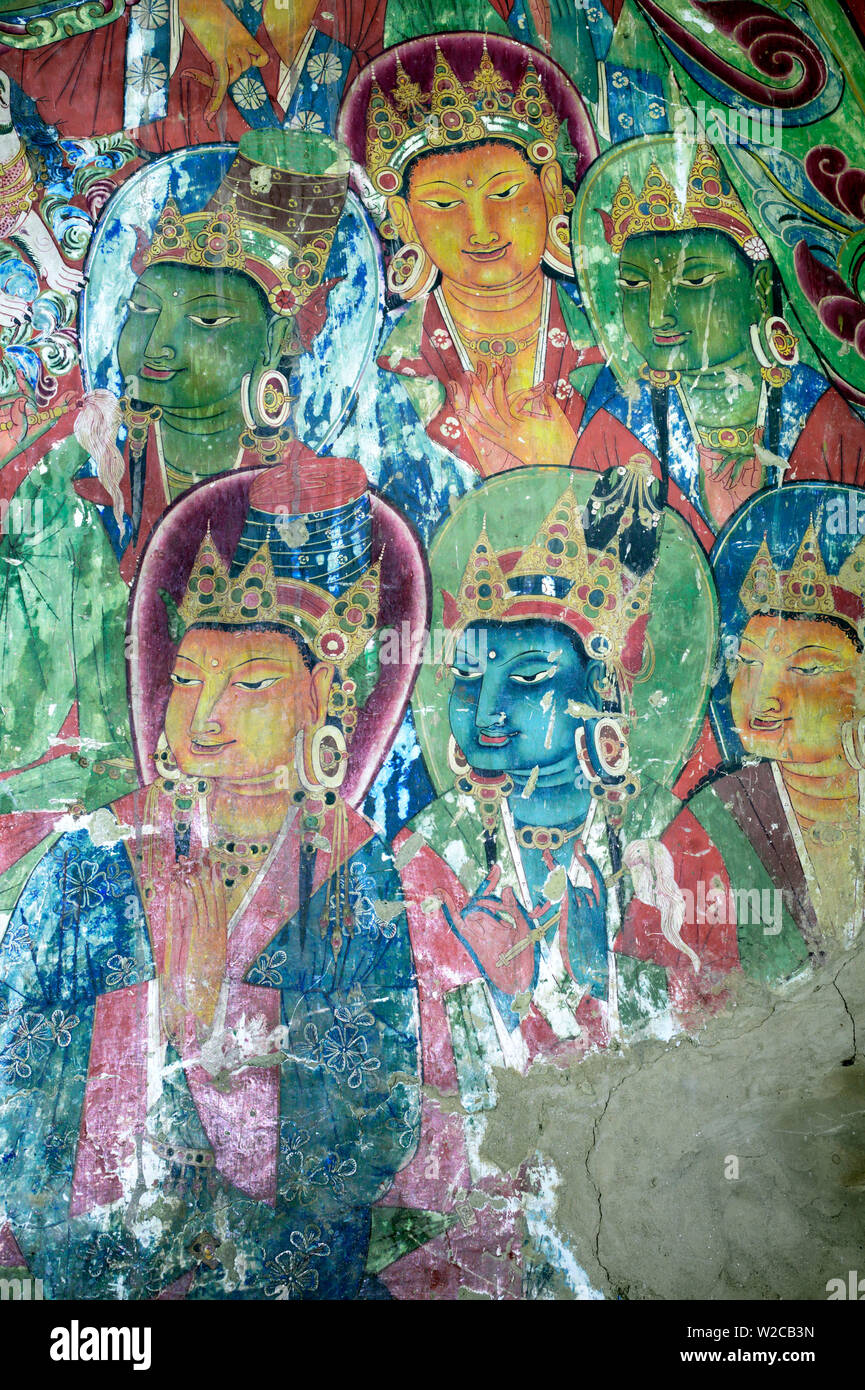 Mural painting (11th century), Dratang Monastery, Lhoka (Shannan) Prefecture, Tibet, China Stock Photohttps://www.alamy.com/image-license-details/?v=1https://www.alamy.com/mural-painting-11th-century-dratang-monastery-lhoka-shannan-prefecture-tibet-china-image259656985.html
Mural painting (11th century), Dratang Monastery, Lhoka (Shannan) Prefecture, Tibet, China Stock Photohttps://www.alamy.com/image-license-details/?v=1https://www.alamy.com/mural-painting-11th-century-dratang-monastery-lhoka-shannan-prefecture-tibet-china-image259656985.htmlRMW2CB3N–Mural painting (11th century), Dratang Monastery, Lhoka (Shannan) Prefecture, Tibet, China
 Traditional Chinese costume from the Qing period. Vintage illustration of a Chinese bonzee begging alms. This represents a priest attached to the worship of Fo, a deity, who has more followers than any other in China. From him is supposed to have sprung the very ancient doctrine of the transmigration of souls. This sect pay their adorations to an infinite number of animals, on the supposition that the soul of their deity might, in its numerous metamorphoses, have animated such bodies. They also believe, that by the mere pronunciation of the name of their favourite deity they shall be exonerate Stock Photohttps://www.alamy.com/image-license-details/?v=1https://www.alamy.com/traditional-chinese-costume-from-the-qing-period-vintage-illustration-of-a-chinese-bonzee-begging-alms-this-represents-a-priest-attached-to-the-worship-of-fo-a-deity-who-has-more-followers-than-any-other-in-china-from-him-is-supposed-to-have-sprung-the-very-ancient-doctrine-of-the-transmigration-of-souls-this-sect-pay-their-adorations-to-an-infinite-number-of-animals-on-the-supposition-that-the-soul-of-their-deity-might-in-its-numerous-metamorphoses-have-animated-such-bodies-they-also-believe-that-by-the-mere-pronunciation-of-the-name-of-their-favourite-deity-they-shall-be-exonerate-image623198995.html
Traditional Chinese costume from the Qing period. Vintage illustration of a Chinese bonzee begging alms. This represents a priest attached to the worship of Fo, a deity, who has more followers than any other in China. From him is supposed to have sprung the very ancient doctrine of the transmigration of souls. This sect pay their adorations to an infinite number of animals, on the supposition that the soul of their deity might, in its numerous metamorphoses, have animated such bodies. They also believe, that by the mere pronunciation of the name of their favourite deity they shall be exonerate Stock Photohttps://www.alamy.com/image-license-details/?v=1https://www.alamy.com/traditional-chinese-costume-from-the-qing-period-vintage-illustration-of-a-chinese-bonzee-begging-alms-this-represents-a-priest-attached-to-the-worship-of-fo-a-deity-who-has-more-followers-than-any-other-in-china-from-him-is-supposed-to-have-sprung-the-very-ancient-doctrine-of-the-transmigration-of-souls-this-sect-pay-their-adorations-to-an-infinite-number-of-animals-on-the-supposition-that-the-soul-of-their-deity-might-in-its-numerous-metamorphoses-have-animated-such-bodies-they-also-believe-that-by-the-mere-pronunciation-of-the-name-of-their-favourite-deity-they-shall-be-exonerate-image623198995.htmlRM2Y5W4JY–Traditional Chinese costume from the Qing period. Vintage illustration of a Chinese bonzee begging alms. This represents a priest attached to the worship of Fo, a deity, who has more followers than any other in China. From him is supposed to have sprung the very ancient doctrine of the transmigration of souls. This sect pay their adorations to an infinite number of animals, on the supposition that the soul of their deity might, in its numerous metamorphoses, have animated such bodies. They also believe, that by the mere pronunciation of the name of their favourite deity they shall be exonerate
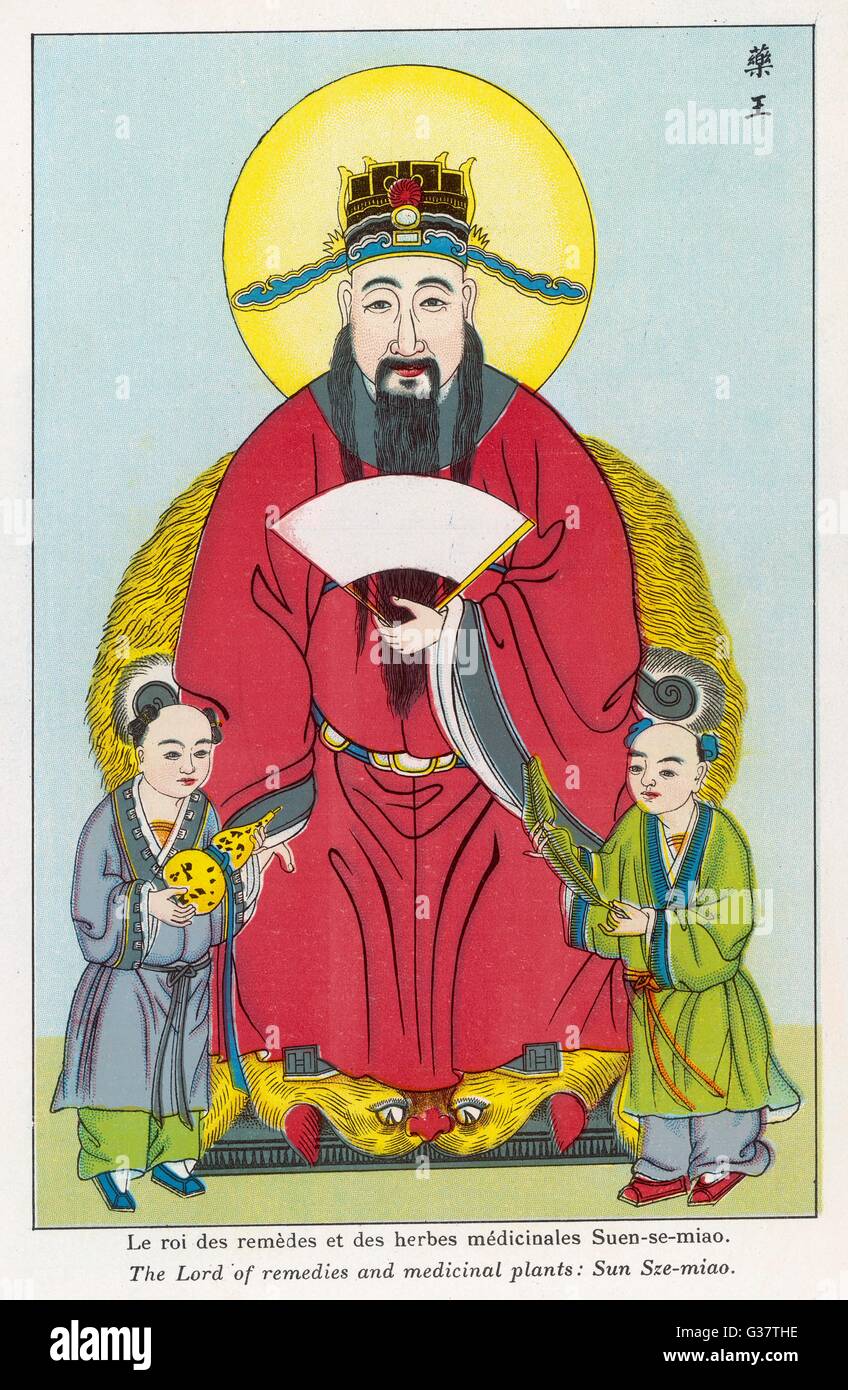 PLANTS/HERBS/GENERAL Stock Photohttps://www.alamy.com/image-license-details/?v=1https://www.alamy.com/stock-photo-plantsherbsgeneral-105279146.html
PLANTS/HERBS/GENERAL Stock Photohttps://www.alamy.com/image-license-details/?v=1https://www.alamy.com/stock-photo-plantsherbsgeneral-105279146.htmlRMG37THE–PLANTS/HERBS/GENERAL
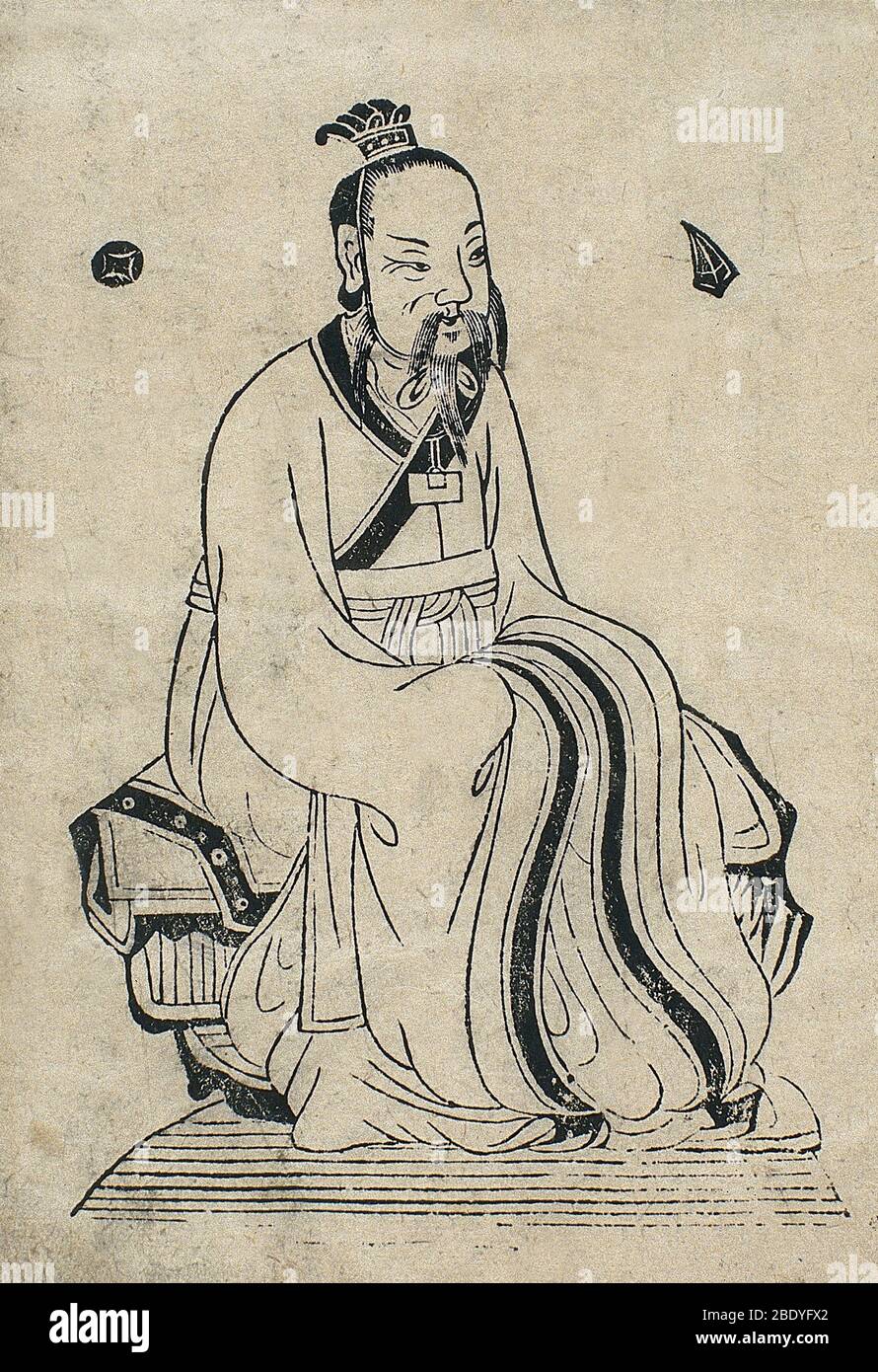 Yellow Emperor, Legendary Chinese Sovereign Stock Photohttps://www.alamy.com/image-license-details/?v=1https://www.alamy.com/yellow-emperor-legendary-chinese-sovereign-image352803082.html
Yellow Emperor, Legendary Chinese Sovereign Stock Photohttps://www.alamy.com/image-license-details/?v=1https://www.alamy.com/yellow-emperor-legendary-chinese-sovereign-image352803082.htmlRM2BDYFX2–Yellow Emperor, Legendary Chinese Sovereign
 Statues of Chinese deity isolated on white background. Stock Photohttps://www.alamy.com/image-license-details/?v=1https://www.alamy.com/statues-of-chinese-deity-isolated-on-white-background-image68346380.html
Statues of Chinese deity isolated on white background. Stock Photohttps://www.alamy.com/image-license-details/?v=1https://www.alamy.com/statues-of-chinese-deity-isolated-on-white-background-image68346380.htmlRFDY5CE4–Statues of Chinese deity isolated on white background.
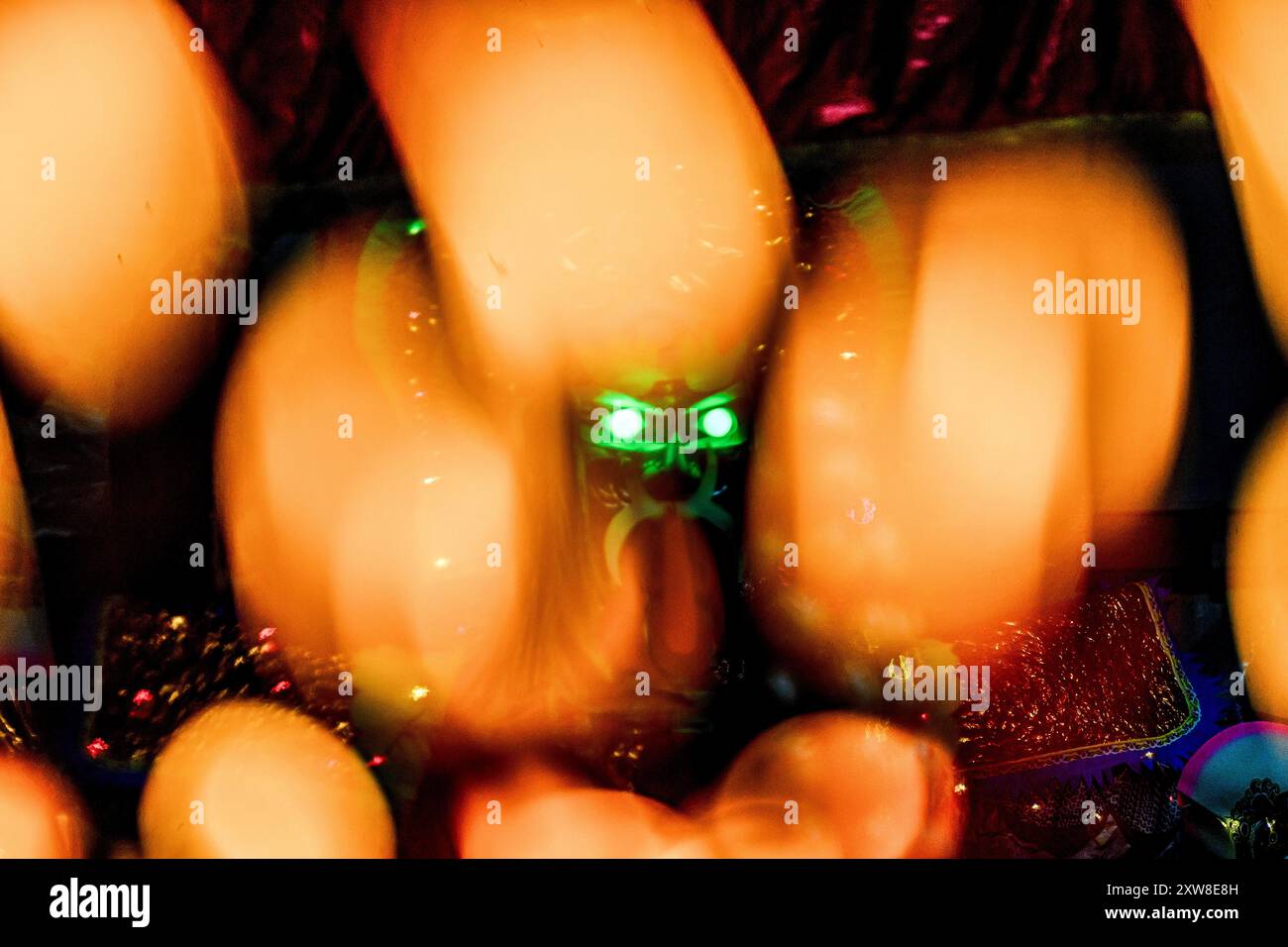 Kuala Lumpur, Malaysia. 14th Aug, 2024. The statue of the Chinese deity 'Da Shi Ye' or 'Guardian God of Ghosts' is seen during the Hungry Ghost festival at Kota Damansara. The Hungry Ghost Festival falls on the 15th day of the seventh lunar month. The Chinese devotees believed that the gates of hell open and ghosts roam the human world during the month. (Photo by Vivian Lo/SOPA Images/Sipa USA) Credit: Sipa USA/Alamy Live News Stock Photohttps://www.alamy.com/image-license-details/?v=1https://www.alamy.com/kuala-lumpur-malaysia-14th-aug-2024-the-statue-of-the-chinese-deity-da-shi-ye-or-guardian-god-of-ghosts-is-seen-during-the-hungry-ghost-festival-at-kota-damansara-the-hungry-ghost-festival-falls-on-the-15th-day-of-the-seventh-lunar-month-the-chinese-devotees-believed-that-the-gates-of-hell-open-and-ghosts-roam-the-human-world-during-the-month-photo-by-vivian-losopa-imagessipa-usa-credit-sipa-usaalamy-live-news-image617916113.html
Kuala Lumpur, Malaysia. 14th Aug, 2024. The statue of the Chinese deity 'Da Shi Ye' or 'Guardian God of Ghosts' is seen during the Hungry Ghost festival at Kota Damansara. The Hungry Ghost Festival falls on the 15th day of the seventh lunar month. The Chinese devotees believed that the gates of hell open and ghosts roam the human world during the month. (Photo by Vivian Lo/SOPA Images/Sipa USA) Credit: Sipa USA/Alamy Live News Stock Photohttps://www.alamy.com/image-license-details/?v=1https://www.alamy.com/kuala-lumpur-malaysia-14th-aug-2024-the-statue-of-the-chinese-deity-da-shi-ye-or-guardian-god-of-ghosts-is-seen-during-the-hungry-ghost-festival-at-kota-damansara-the-hungry-ghost-festival-falls-on-the-15th-day-of-the-seventh-lunar-month-the-chinese-devotees-believed-that-the-gates-of-hell-open-and-ghosts-roam-the-human-world-during-the-month-photo-by-vivian-losopa-imagessipa-usa-credit-sipa-usaalamy-live-news-image617916113.htmlRM2XW8E8H–Kuala Lumpur, Malaysia. 14th Aug, 2024. The statue of the Chinese deity 'Da Shi Ye' or 'Guardian God of Ghosts' is seen during the Hungry Ghost festival at Kota Damansara. The Hungry Ghost Festival falls on the 15th day of the seventh lunar month. The Chinese devotees believed that the gates of hell open and ghosts roam the human world during the month. (Photo by Vivian Lo/SOPA Images/Sipa USA) Credit: Sipa USA/Alamy Live News
 Kuala Lumpur, Malaysia. 1st Jan, 2000. Paper statue of the Chinese deity ''Da shi Ye'' and other offerings seen burning during the Hungry Ghost Festival at Kota Damansara in Kuala Lumpur. The Hungry Ghost Festival is celebrated in the seventh lunar month of the Chinese calendar. According to Taoist traditions, devotees believe ghosts are granted freedom to roam the Earth during this month. (Credit Image: © Calvin Pan/SOPA Images via ZUMA Press Wire) Stock Photohttps://www.alamy.com/image-license-details/?v=1https://www.alamy.com/kuala-lumpur-malaysia-1st-jan-2000-paper-statue-of-the-chinese-deity-da-shi-ye-and-other-offerings-seen-burning-during-the-hungry-ghost-festival-at-kota-damansara-in-kuala-lumpur-the-hungry-ghost-festival-is-celebrated-in-the-seventh-lunar-month-of-the-chinese-calendar-according-to-taoist-traditions-devotees-believe-ghosts-are-granted-freedom-to-roam-the-earth-during-this-month-credit-image-calvin-pansopa-images-via-zuma-press-wire-image477885460.html
Kuala Lumpur, Malaysia. 1st Jan, 2000. Paper statue of the Chinese deity ''Da shi Ye'' and other offerings seen burning during the Hungry Ghost Festival at Kota Damansara in Kuala Lumpur. The Hungry Ghost Festival is celebrated in the seventh lunar month of the Chinese calendar. According to Taoist traditions, devotees believe ghosts are granted freedom to roam the Earth during this month. (Credit Image: © Calvin Pan/SOPA Images via ZUMA Press Wire) Stock Photohttps://www.alamy.com/image-license-details/?v=1https://www.alamy.com/kuala-lumpur-malaysia-1st-jan-2000-paper-statue-of-the-chinese-deity-da-shi-ye-and-other-offerings-seen-burning-during-the-hungry-ghost-festival-at-kota-damansara-in-kuala-lumpur-the-hungry-ghost-festival-is-celebrated-in-the-seventh-lunar-month-of-the-chinese-calendar-according-to-taoist-traditions-devotees-believe-ghosts-are-granted-freedom-to-roam-the-earth-during-this-month-credit-image-calvin-pansopa-images-via-zuma-press-wire-image477885460.htmlRM2JNDFNT–Kuala Lumpur, Malaysia. 1st Jan, 2000. Paper statue of the Chinese deity ''Da shi Ye'' and other offerings seen burning during the Hungry Ghost Festival at Kota Damansara in Kuala Lumpur. The Hungry Ghost Festival is celebrated in the seventh lunar month of the Chinese calendar. According to Taoist traditions, devotees believe ghosts are granted freedom to roam the Earth during this month. (Credit Image: © Calvin Pan/SOPA Images via ZUMA Press Wire)
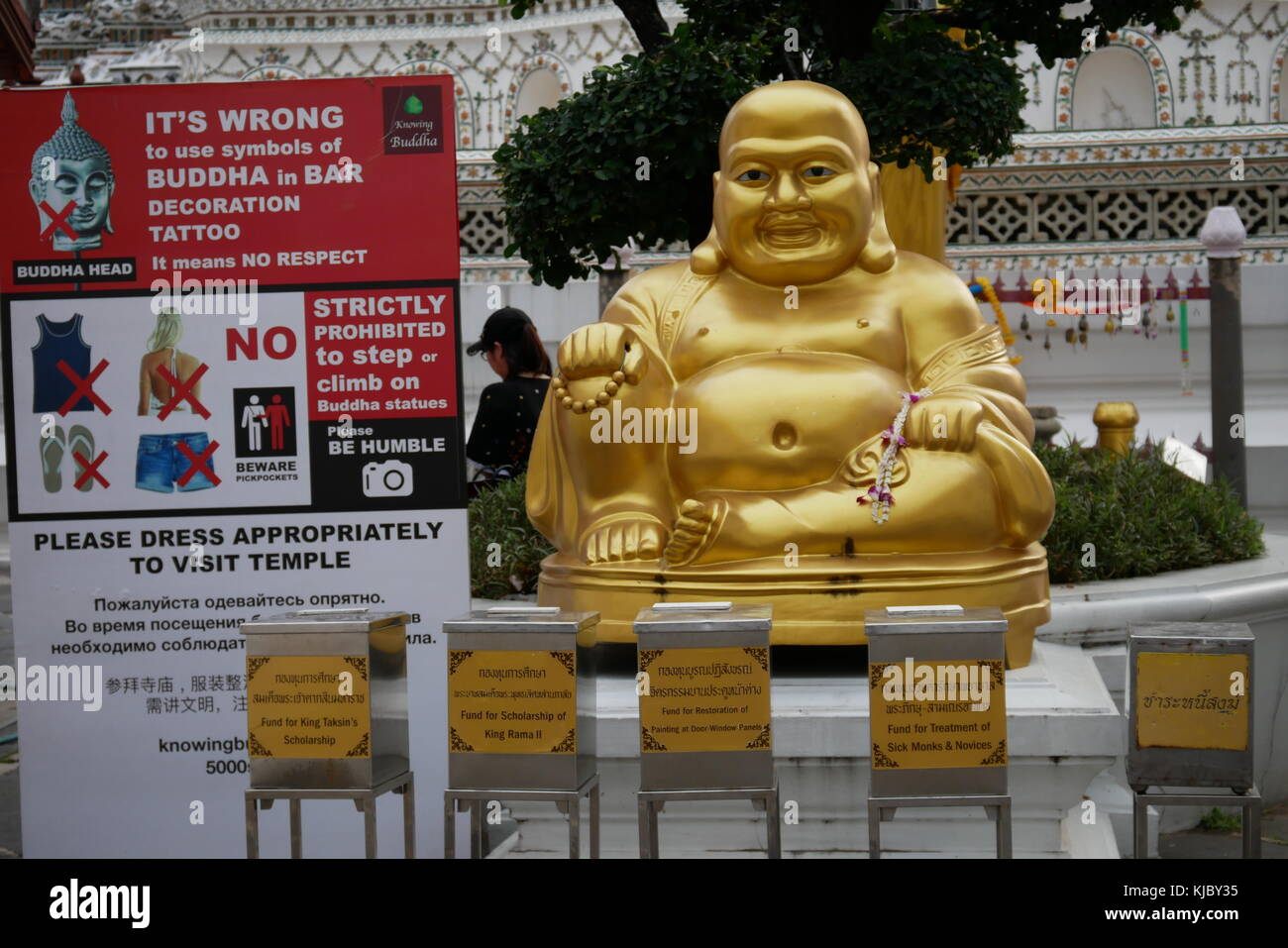 A Laughing Buddha golden statue sits in front of Wat Arun and next to a official banner forbidding the use of Buddha as a decoration or tattoo design. Stock Photohttps://www.alamy.com/image-license-details/?v=1https://www.alamy.com/stock-image-a-laughing-buddha-golden-statue-sits-in-front-of-wat-arun-and-next-166219849.html
A Laughing Buddha golden statue sits in front of Wat Arun and next to a official banner forbidding the use of Buddha as a decoration or tattoo design. Stock Photohttps://www.alamy.com/image-license-details/?v=1https://www.alamy.com/stock-image-a-laughing-buddha-golden-statue-sits-in-front-of-wat-arun-and-next-166219849.htmlRFKJBY35–A Laughing Buddha golden statue sits in front of Wat Arun and next to a official banner forbidding the use of Buddha as a decoration or tattoo design.
 Painted image of Chinese deity, Hutong, Beijing, China, Asia Stock Photohttps://www.alamy.com/image-license-details/?v=1https://www.alamy.com/stock-photo-painted-image-of-chinese-deity-hutong-beijing-china-asia-48931720.html
Painted image of Chinese deity, Hutong, Beijing, China, Asia Stock Photohttps://www.alamy.com/image-license-details/?v=1https://www.alamy.com/stock-photo-painted-image-of-chinese-deity-hutong-beijing-china-asia-48931720.htmlRFCRH0WC–Painted image of Chinese deity, Hutong, Beijing, China, Asia
 fat Buddha or Budai statue Stock Photohttps://www.alamy.com/image-license-details/?v=1https://www.alamy.com/stock-photo-fat-buddha-or-budai-statue-122613040.html
fat Buddha or Budai statue Stock Photohttps://www.alamy.com/image-license-details/?v=1https://www.alamy.com/stock-photo-fat-buddha-or-budai-statue-122613040.htmlRFH3DE54–fat Buddha or Budai statue
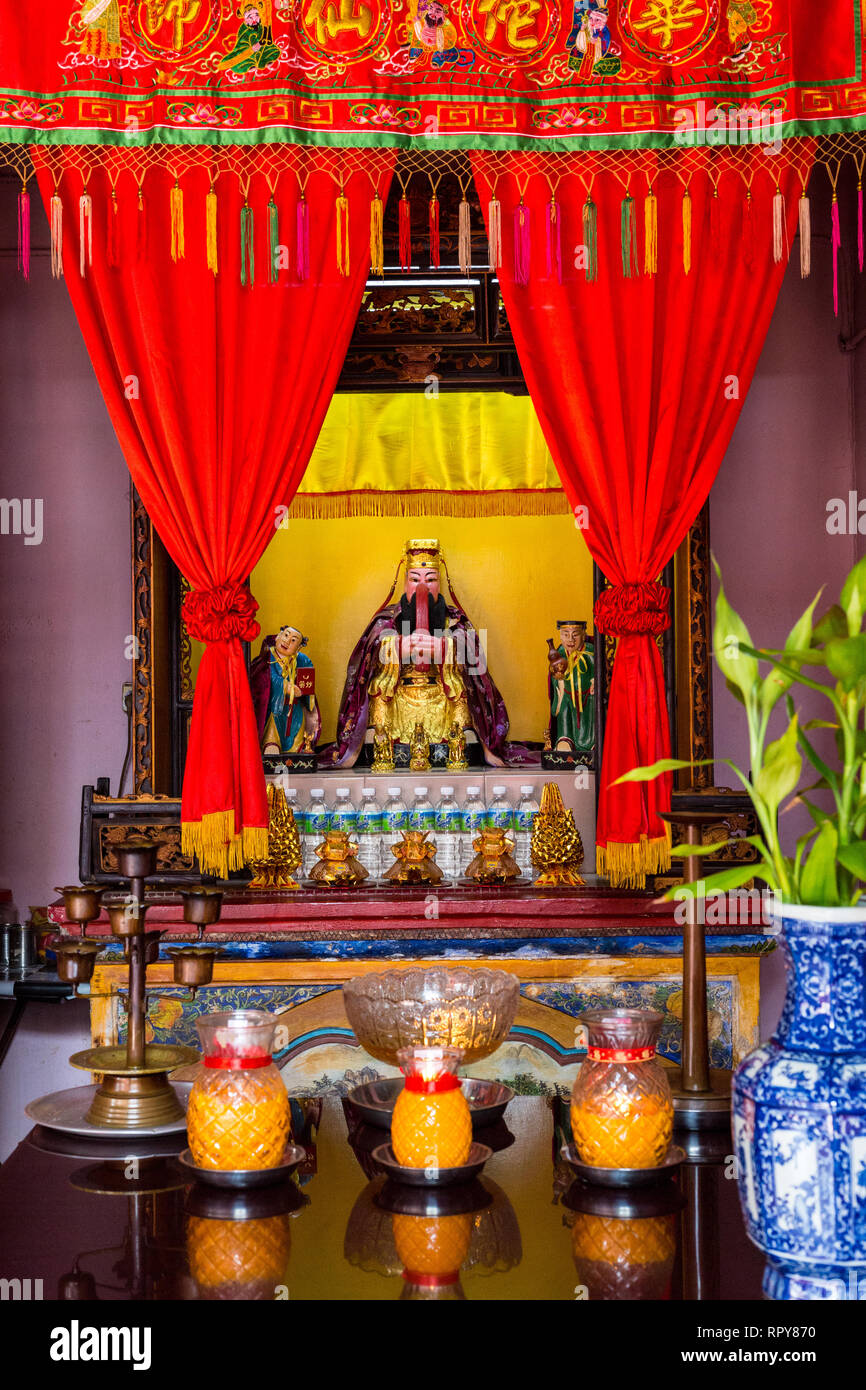 Altar and Deity in the San Duo Chinese Temple, Melaka, Malaysia. Stock Photohttps://www.alamy.com/image-license-details/?v=1https://www.alamy.com/altar-and-deity-in-the-san-duo-chinese-temple-melaka-malaysia-image237856388.html
Altar and Deity in the San Duo Chinese Temple, Melaka, Malaysia. Stock Photohttps://www.alamy.com/image-license-details/?v=1https://www.alamy.com/altar-and-deity-in-the-san-duo-chinese-temple-melaka-malaysia-image237856388.htmlRMRPY870–Altar and Deity in the San Duo Chinese Temple, Melaka, Malaysia.
 An Ethnic Chinese prays in front of a paper statue of the Chinese deity 'Da Shi Ye' during the Hungry Ghost festival at Kota Damansara in Kuala Lumpur. The Hungry Ghost Festival falls on the 15th day of the seventh lunar month. The Chinese devotees believed the gates of hell are opened during the month and the dead ancestors return to Earth. Stock Photohttps://www.alamy.com/image-license-details/?v=1https://www.alamy.com/an-ethnic-chinese-prays-in-front-of-a-paper-statue-of-the-chinese-deity-da-shi-ye-during-the-hungry-ghost-festival-at-kota-damansara-in-kuala-lumpur-the-hungry-ghost-festival-falls-on-the-15th-day-of-the-seventh-lunar-month-the-chinese-devotees-believed-the-gates-of-hell-are-opened-during-the-month-and-the-dead-ancestors-return-to-earth-image477970964.html
An Ethnic Chinese prays in front of a paper statue of the Chinese deity 'Da Shi Ye' during the Hungry Ghost festival at Kota Damansara in Kuala Lumpur. The Hungry Ghost Festival falls on the 15th day of the seventh lunar month. The Chinese devotees believed the gates of hell are opened during the month and the dead ancestors return to Earth. Stock Photohttps://www.alamy.com/image-license-details/?v=1https://www.alamy.com/an-ethnic-chinese-prays-in-front-of-a-paper-statue-of-the-chinese-deity-da-shi-ye-during-the-hungry-ghost-festival-at-kota-damansara-in-kuala-lumpur-the-hungry-ghost-festival-falls-on-the-15th-day-of-the-seventh-lunar-month-the-chinese-devotees-believed-the-gates-of-hell-are-opened-during-the-month-and-the-dead-ancestors-return-to-earth-image477970964.htmlRM2JNHCRG–An Ethnic Chinese prays in front of a paper statue of the Chinese deity 'Da Shi Ye' during the Hungry Ghost festival at Kota Damansara in Kuala Lumpur. The Hungry Ghost Festival falls on the 15th day of the seventh lunar month. The Chinese devotees believed the gates of hell are opened during the month and the dead ancestors return to Earth.
 Inspired by Seated Figure of the Daoist Deity, Emperor Guan (Guan di), Chinese, Ming dynasty, 1368–1644, Wanli period, 1573–1619, through Chongzhen period, 1628–1644, early 17th century, Bronze with gilding, Made in China, Asia, Metalwork, sculpture, 14 3/4 x 8 1/4 x 5 1/4 in. (37.5 x 21 x 13.3 cm, Reimagined by Artotop. Classic art reinvented with a modern twist. Design of warm cheerful glowing of brightness and light ray radiance. Photography inspired by surrealism and futurism, embracing dynamic energy of modern technology, movement, speed and revolutionize culture Stock Photohttps://www.alamy.com/image-license-details/?v=1https://www.alamy.com/inspired-by-seated-figure-of-the-daoist-deity-emperor-guan-guan-di-chinese-ming-dynasty-13681644-wanli-period-15731619-through-chongzhen-period-16281644-early-17th-century-bronze-with-gilding-made-in-china-asia-metalwork-sculpture-14-34-x-8-14-x-5-14-in-375-x-21-x-133-cm-reimagined-by-artotop-classic-art-reinvented-with-a-modern-twist-design-of-warm-cheerful-glowing-of-brightness-and-light-ray-radiance-photography-inspired-by-surrealism-and-futurism-embracing-dynamic-energy-of-modern-technology-movement-speed-and-revolutionize-culture-image459286109.html
Inspired by Seated Figure of the Daoist Deity, Emperor Guan (Guan di), Chinese, Ming dynasty, 1368–1644, Wanli period, 1573–1619, through Chongzhen period, 1628–1644, early 17th century, Bronze with gilding, Made in China, Asia, Metalwork, sculpture, 14 3/4 x 8 1/4 x 5 1/4 in. (37.5 x 21 x 13.3 cm, Reimagined by Artotop. Classic art reinvented with a modern twist. Design of warm cheerful glowing of brightness and light ray radiance. Photography inspired by surrealism and futurism, embracing dynamic energy of modern technology, movement, speed and revolutionize culture Stock Photohttps://www.alamy.com/image-license-details/?v=1https://www.alamy.com/inspired-by-seated-figure-of-the-daoist-deity-emperor-guan-guan-di-chinese-ming-dynasty-13681644-wanli-period-15731619-through-chongzhen-period-16281644-early-17th-century-bronze-with-gilding-made-in-china-asia-metalwork-sculpture-14-34-x-8-14-x-5-14-in-375-x-21-x-133-cm-reimagined-by-artotop-classic-art-reinvented-with-a-modern-twist-design-of-warm-cheerful-glowing-of-brightness-and-light-ray-radiance-photography-inspired-by-surrealism-and-futurism-embracing-dynamic-energy-of-modern-technology-movement-speed-and-revolutionize-culture-image459286109.htmlRF2HK6839–Inspired by Seated Figure of the Daoist Deity, Emperor Guan (Guan di), Chinese, Ming dynasty, 1368–1644, Wanli period, 1573–1619, through Chongzhen period, 1628–1644, early 17th century, Bronze with gilding, Made in China, Asia, Metalwork, sculpture, 14 3/4 x 8 1/4 x 5 1/4 in. (37.5 x 21 x 13.3 cm, Reimagined by Artotop. Classic art reinvented with a modern twist. Design of warm cheerful glowing of brightness and light ray radiance. Photography inspired by surrealism and futurism, embracing dynamic energy of modern technology, movement, speed and revolutionize culture
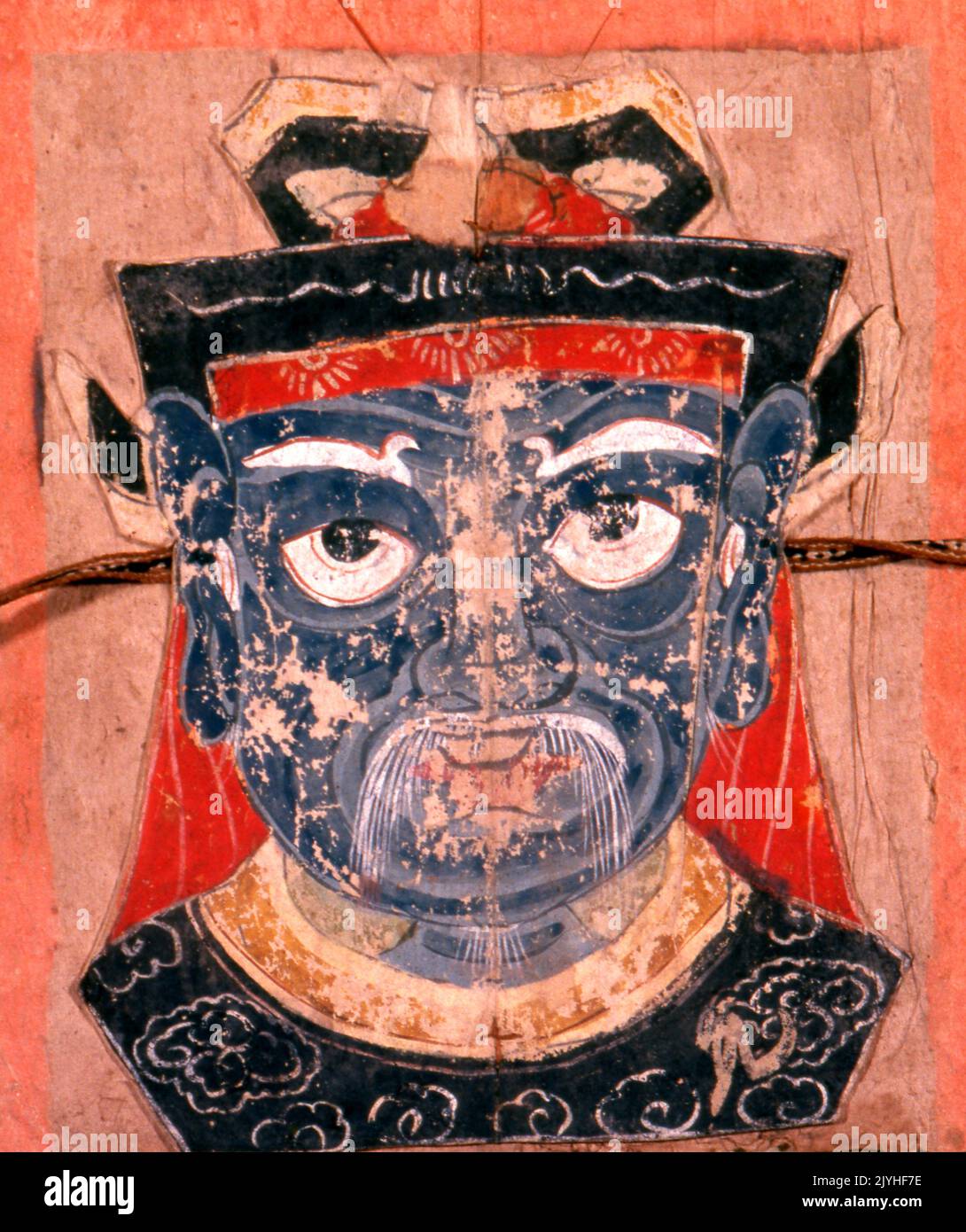 Thailand / China: Chinese deity in a Yao mien fang painting, one of the Yao pantheon. The Yao nationality (its majority branch is known as Mien) is a government classification for various minorities in China. They form one of the 55 ethnic minority groups officially recognized by the People's Republic of China, where they reside in the mountainous terrain of the southwest and south. They also form one of the 54 ethnic groups officially recognized by Vietnam. In the last census, they numbered 2,637,421 in China, and roughly 470,000 in Vietnam. In Thailand they number 40,000 and in Laos 20,000. Stock Photohttps://www.alamy.com/image-license-details/?v=1https://www.alamy.com/thailand-china-chinese-deity-in-a-yao-mien-fang-painting-one-of-the-yao-pantheon-the-yao-nationality-its-majority-branch-is-known-as-mien-is-a-government-classification-for-various-minorities-in-china-they-form-one-of-the-55-ethnic-minority-groups-officially-recognized-by-the-peoples-republic-of-china-where-they-reside-in-the-mountainous-terrain-of-the-southwest-and-south-they-also-form-one-of-the-54-ethnic-groups-officially-recognized-by-vietnam-in-the-last-census-they-numbered-2637421-in-china-and-roughly-470000-in-vietnam-in-thailand-they-number-40000-and-in-laos-20000-image481660802.html
Thailand / China: Chinese deity in a Yao mien fang painting, one of the Yao pantheon. The Yao nationality (its majority branch is known as Mien) is a government classification for various minorities in China. They form one of the 55 ethnic minority groups officially recognized by the People's Republic of China, where they reside in the mountainous terrain of the southwest and south. They also form one of the 54 ethnic groups officially recognized by Vietnam. In the last census, they numbered 2,637,421 in China, and roughly 470,000 in Vietnam. In Thailand they number 40,000 and in Laos 20,000. Stock Photohttps://www.alamy.com/image-license-details/?v=1https://www.alamy.com/thailand-china-chinese-deity-in-a-yao-mien-fang-painting-one-of-the-yao-pantheon-the-yao-nationality-its-majority-branch-is-known-as-mien-is-a-government-classification-for-various-minorities-in-china-they-form-one-of-the-55-ethnic-minority-groups-officially-recognized-by-the-peoples-republic-of-china-where-they-reside-in-the-mountainous-terrain-of-the-southwest-and-south-they-also-form-one-of-the-54-ethnic-groups-officially-recognized-by-vietnam-in-the-last-census-they-numbered-2637421-in-china-and-roughly-470000-in-vietnam-in-thailand-they-number-40000-and-in-laos-20000-image481660802.htmlRM2JYHF7E–Thailand / China: Chinese deity in a Yao mien fang painting, one of the Yao pantheon. The Yao nationality (its majority branch is known as Mien) is a government classification for various minorities in China. They form one of the 55 ethnic minority groups officially recognized by the People's Republic of China, where they reside in the mountainous terrain of the southwest and south. They also form one of the 54 ethnic groups officially recognized by Vietnam. In the last census, they numbered 2,637,421 in China, and roughly 470,000 in Vietnam. In Thailand they number 40,000 and in Laos 20,000.
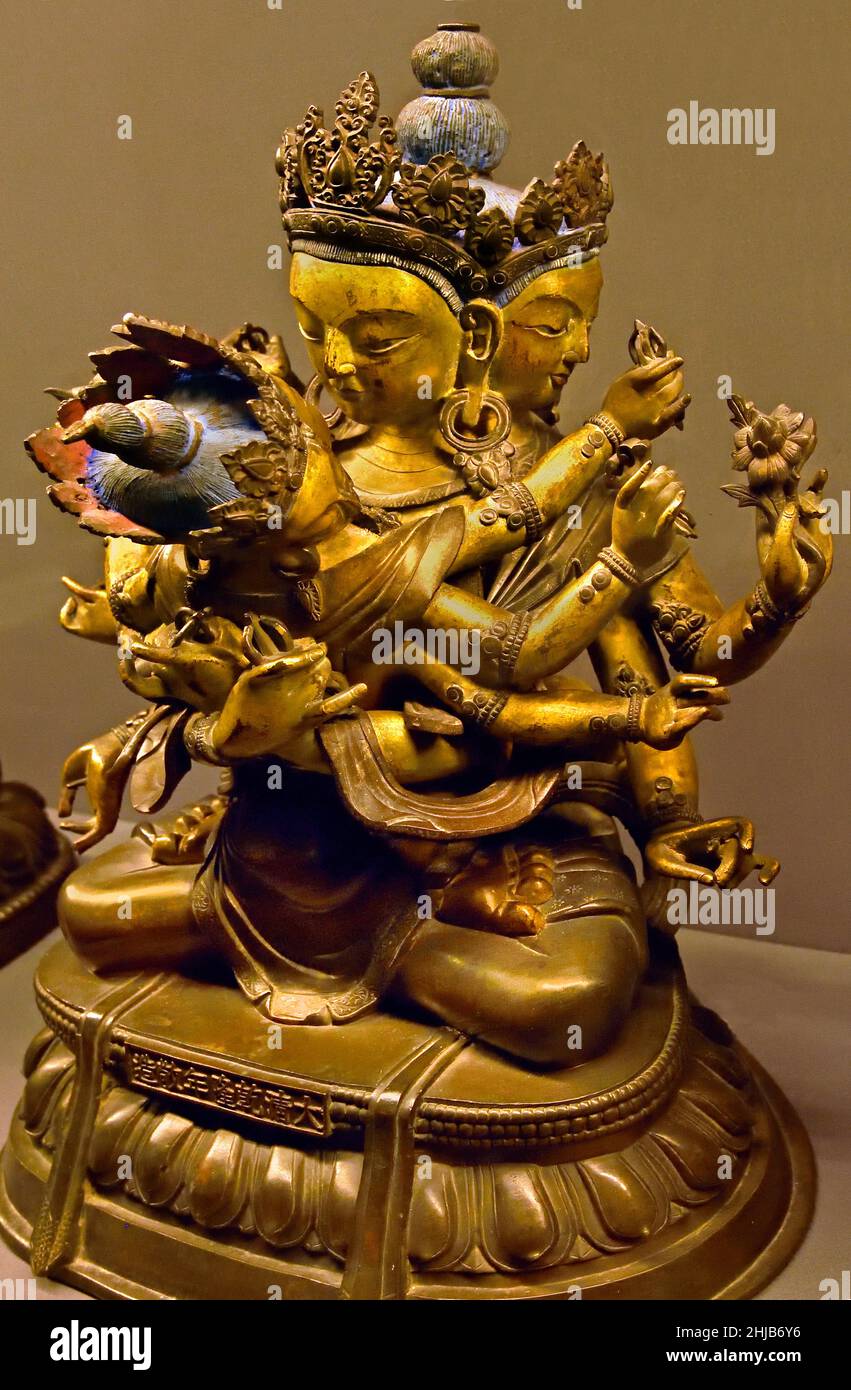 Guhyasamaja (Buddhist Deity) - Manjuvajrana, Imperial workshop Beijing, partly gilde bronze, 18th century China, Chinese. Stock Photohttps://www.alamy.com/image-license-details/?v=1https://www.alamy.com/guhyasamaja-buddhist-deity-manjuvajrana-imperial-workshop-beijing-partly-gilde-bronze-18th-century-china-chinese-image458780314.html
Guhyasamaja (Buddhist Deity) - Manjuvajrana, Imperial workshop Beijing, partly gilde bronze, 18th century China, Chinese. Stock Photohttps://www.alamy.com/image-license-details/?v=1https://www.alamy.com/guhyasamaja-buddhist-deity-manjuvajrana-imperial-workshop-beijing-partly-gilde-bronze-18th-century-china-chinese-image458780314.htmlRM2HJB6Y6–Guhyasamaja (Buddhist Deity) - Manjuvajrana, Imperial workshop Beijing, partly gilde bronze, 18th century China, Chinese.
 Interior of a Chinese Temple with a Chinese Deity Stock Photohttps://www.alamy.com/image-license-details/?v=1https://www.alamy.com/stock-image-interior-of-a-chinese-temple-with-a-chinese-deity-163857697.html
Interior of a Chinese Temple with a Chinese Deity Stock Photohttps://www.alamy.com/image-license-details/?v=1https://www.alamy.com/stock-image-interior-of-a-chinese-temple-with-a-chinese-deity-163857697.htmlRFKEGA4H–Interior of a Chinese Temple with a Chinese Deity
 Traditional Chinese elder or deity figure displayed outside a store near the Kwan Im Thong Hood Cho Temple in Waterloo Street, Singapore Stock Photohttps://www.alamy.com/image-license-details/?v=1https://www.alamy.com/traditional-chinese-elder-or-deity-figure-displayed-outside-a-store-near-the-kwan-im-thong-hood-cho-temple-in-waterloo-street-singapore-image471496165.html
Traditional Chinese elder or deity figure displayed outside a store near the Kwan Im Thong Hood Cho Temple in Waterloo Street, Singapore Stock Photohttps://www.alamy.com/image-license-details/?v=1https://www.alamy.com/traditional-chinese-elder-or-deity-figure-displayed-outside-a-store-near-the-kwan-im-thong-hood-cho-temple-in-waterloo-street-singapore-image471496165.htmlRF2JB2E4N–Traditional Chinese elder or deity figure displayed outside a store near the Kwan Im Thong Hood Cho Temple in Waterloo Street, Singapore
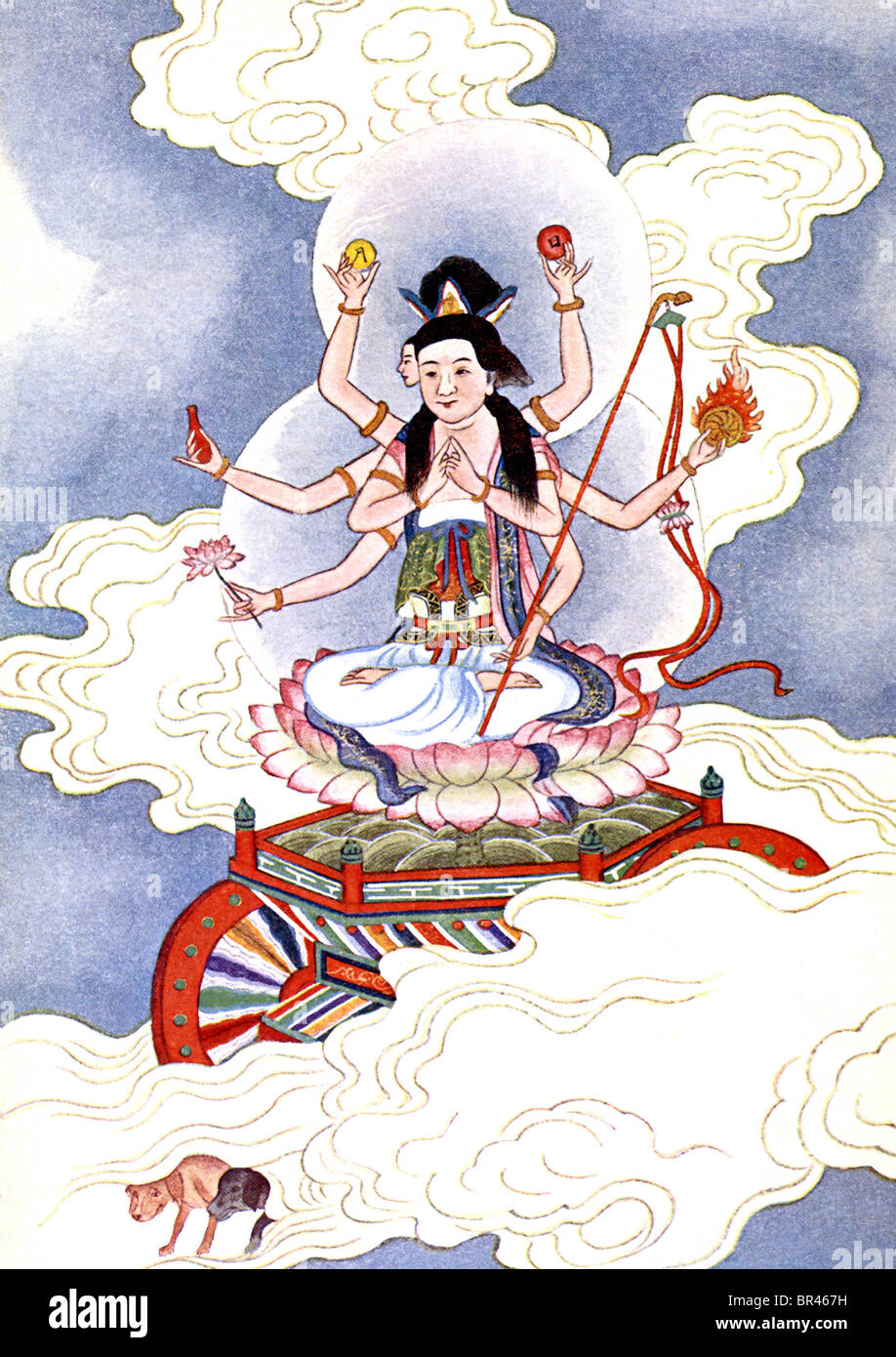 According to Chinese mythology, Tou Mu , or Goddess of the North Star, is worshiped by both Buddhists and Daoists (Taoists). Stock Photohttps://www.alamy.com/image-license-details/?v=1https://www.alamy.com/stock-photo-according-to-chinese-mythology-tou-mu-or-goddess-of-the-north-star-31440181.html
According to Chinese mythology, Tou Mu , or Goddess of the North Star, is worshiped by both Buddhists and Daoists (Taoists). Stock Photohttps://www.alamy.com/image-license-details/?v=1https://www.alamy.com/stock-photo-according-to-chinese-mythology-tou-mu-or-goddess-of-the-north-star-31440181.htmlRFBR467H–According to Chinese mythology, Tou Mu , or Goddess of the North Star, is worshiped by both Buddhists and Daoists (Taoists).
 A Chinese carved coral branch, 19th century, A white coral branch, with a green coating in places, depicting the deity Shouxing in half relief carving below a heron in flight (both symbols of longevity). Mounted on a round, greyish-green marble pedestal, tapering in the middle. Total height 45 cm. China, Chinese, historic, historical 19th century, Additional-Rights-Clearance-Info-Not-Available Stock Photohttps://www.alamy.com/image-license-details/?v=1https://www.alamy.com/a-chinese-carved-coral-branch-19th-century-a-white-coral-branch-with-a-green-coating-in-places-depicting-the-deity-shouxing-in-half-relief-carving-below-a-heron-in-flight-both-symbols-of-longevity-mounted-on-a-round-greyish-green-marble-pedestal-tapering-in-the-middle-total-height-45-cm-china-chinese-historic-historical-19th-century-additional-rights-clearance-info-not-available-image247787871.html
A Chinese carved coral branch, 19th century, A white coral branch, with a green coating in places, depicting the deity Shouxing in half relief carving below a heron in flight (both symbols of longevity). Mounted on a round, greyish-green marble pedestal, tapering in the middle. Total height 45 cm. China, Chinese, historic, historical 19th century, Additional-Rights-Clearance-Info-Not-Available Stock Photohttps://www.alamy.com/image-license-details/?v=1https://www.alamy.com/a-chinese-carved-coral-branch-19th-century-a-white-coral-branch-with-a-green-coating-in-places-depicting-the-deity-shouxing-in-half-relief-carving-below-a-heron-in-flight-both-symbols-of-longevity-mounted-on-a-round-greyish-green-marble-pedestal-tapering-in-the-middle-total-height-45-cm-china-chinese-historic-historical-19th-century-additional-rights-clearance-info-not-available-image247787871.htmlRMTB3KXR–A Chinese carved coral branch, 19th century, A white coral branch, with a green coating in places, depicting the deity Shouxing in half relief carving below a heron in flight (both symbols of longevity). Mounted on a round, greyish-green marble pedestal, tapering in the middle. Total height 45 cm. China, Chinese, historic, historical 19th century, Additional-Rights-Clearance-Info-Not-Available
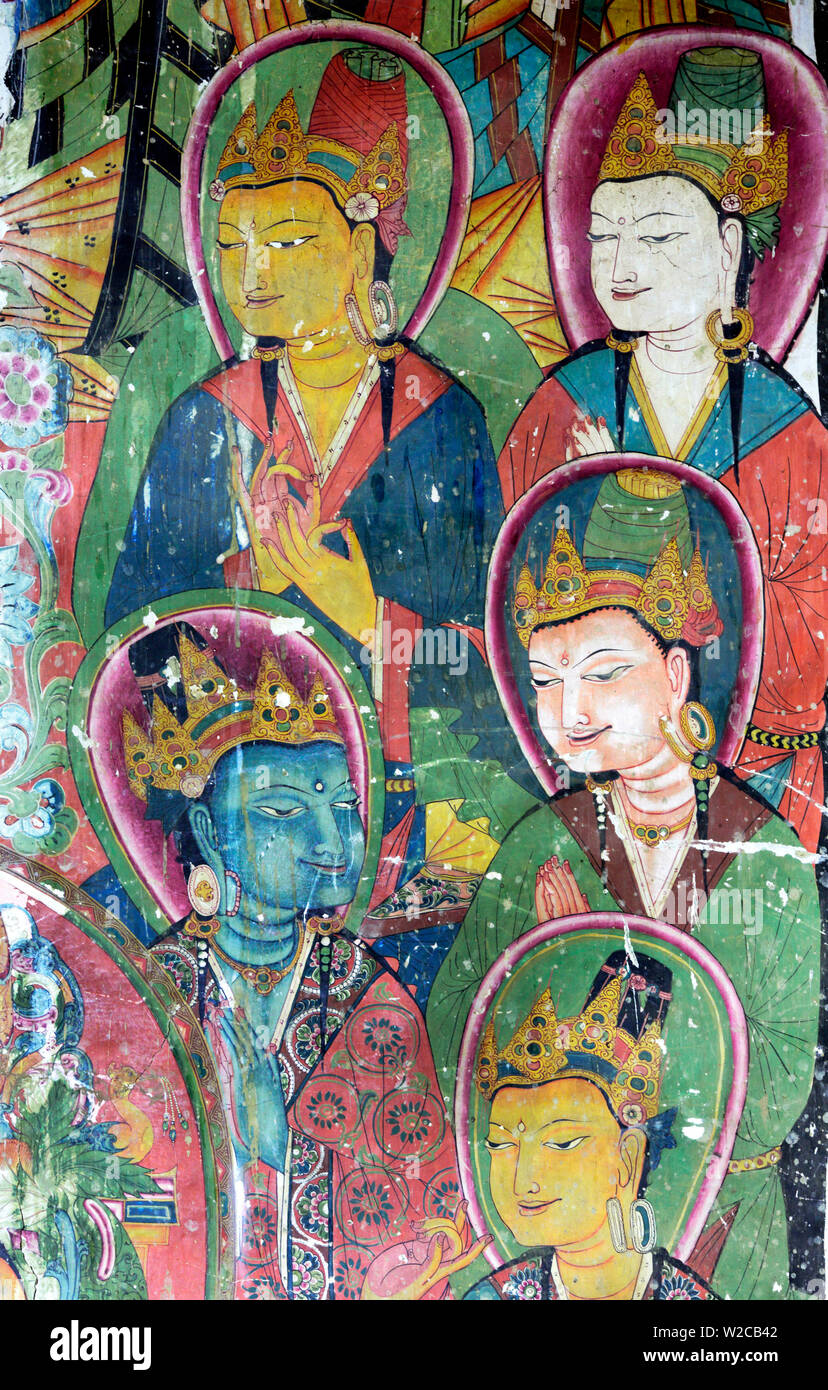 Mural painting (11th century), Dratang Monastery, Lhoka (Shannan) Prefecture, Tibet, China Stock Photohttps://www.alamy.com/image-license-details/?v=1https://www.alamy.com/mural-painting-11th-century-dratang-monastery-lhoka-shannan-prefecture-tibet-china-image259656994.html
Mural painting (11th century), Dratang Monastery, Lhoka (Shannan) Prefecture, Tibet, China Stock Photohttps://www.alamy.com/image-license-details/?v=1https://www.alamy.com/mural-painting-11th-century-dratang-monastery-lhoka-shannan-prefecture-tibet-china-image259656994.htmlRMW2CB42–Mural painting (11th century), Dratang Monastery, Lhoka (Shannan) Prefecture, Tibet, China
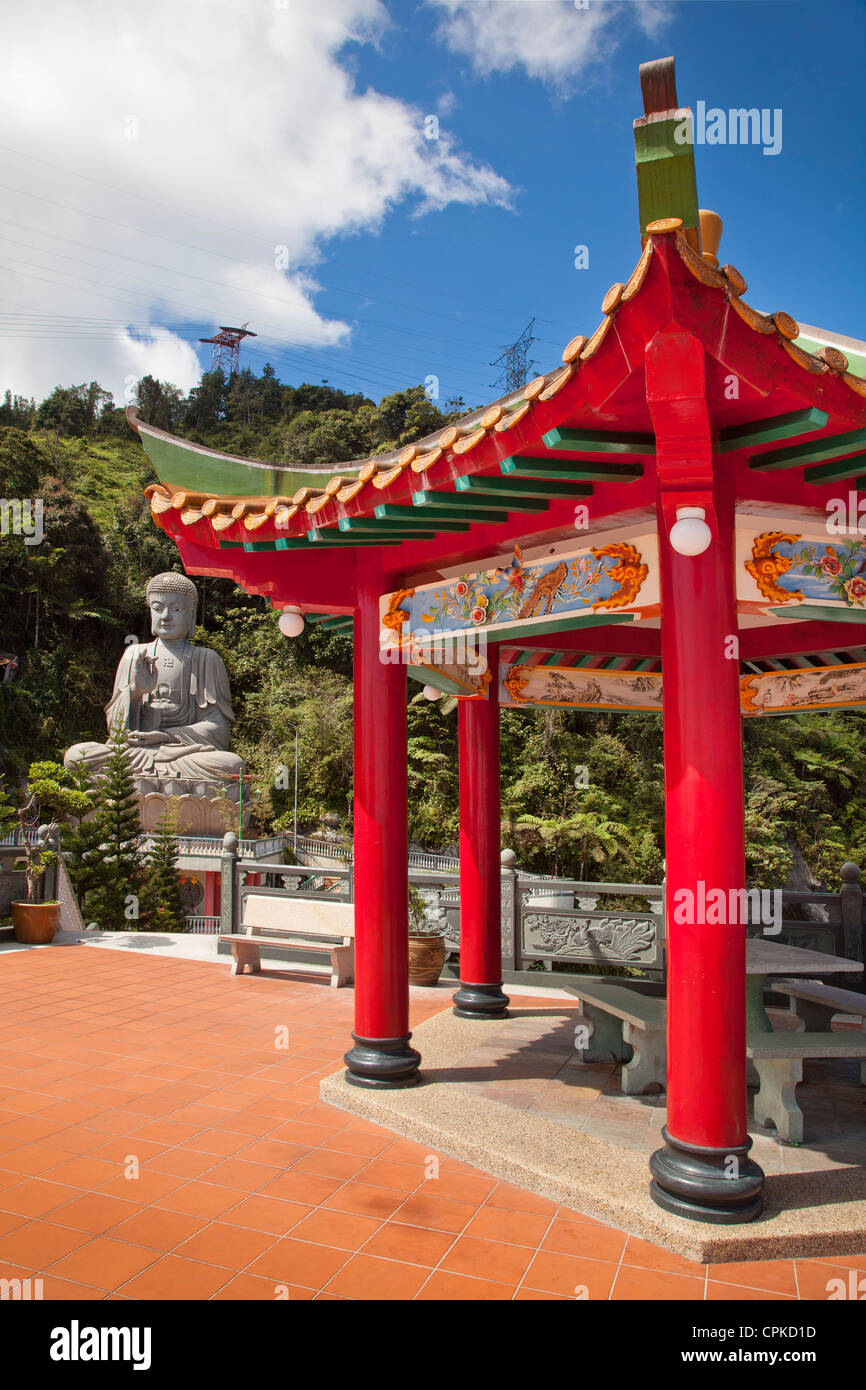 Chinese pagoda styled architecture, Chin Swee Cave Temple, Genting Highlands, Malaysia. Stock Photohttps://www.alamy.com/image-license-details/?v=1https://www.alamy.com/stock-photo-chinese-pagoda-styled-architecture-chin-swee-cave-temple-genting-highlands-48370489.html
Chinese pagoda styled architecture, Chin Swee Cave Temple, Genting Highlands, Malaysia. Stock Photohttps://www.alamy.com/image-license-details/?v=1https://www.alamy.com/stock-photo-chinese-pagoda-styled-architecture-chin-swee-cave-temple-genting-highlands-48370489.htmlRMCPKD1D–Chinese pagoda styled architecture, Chin Swee Cave Temple, Genting Highlands, Malaysia.

